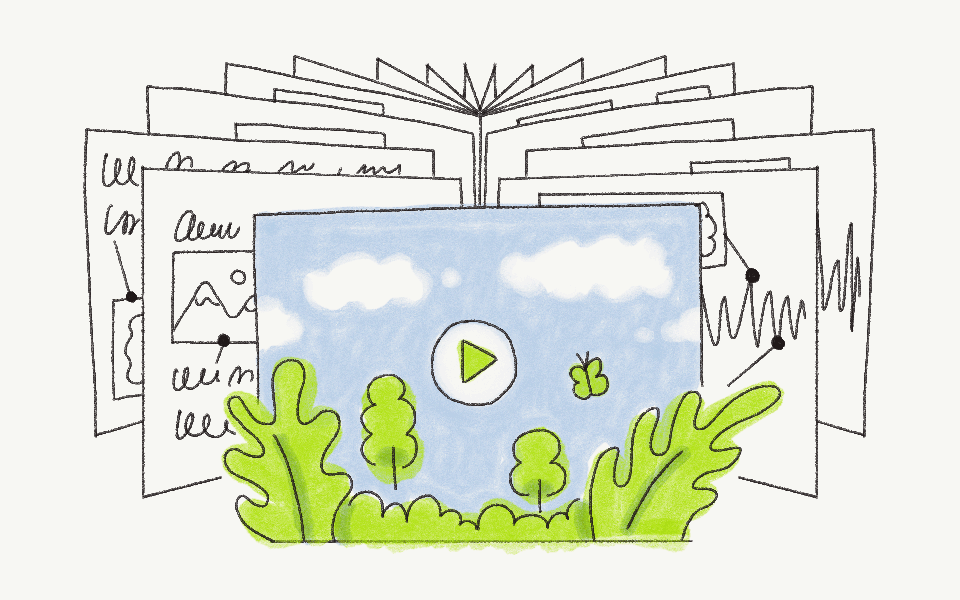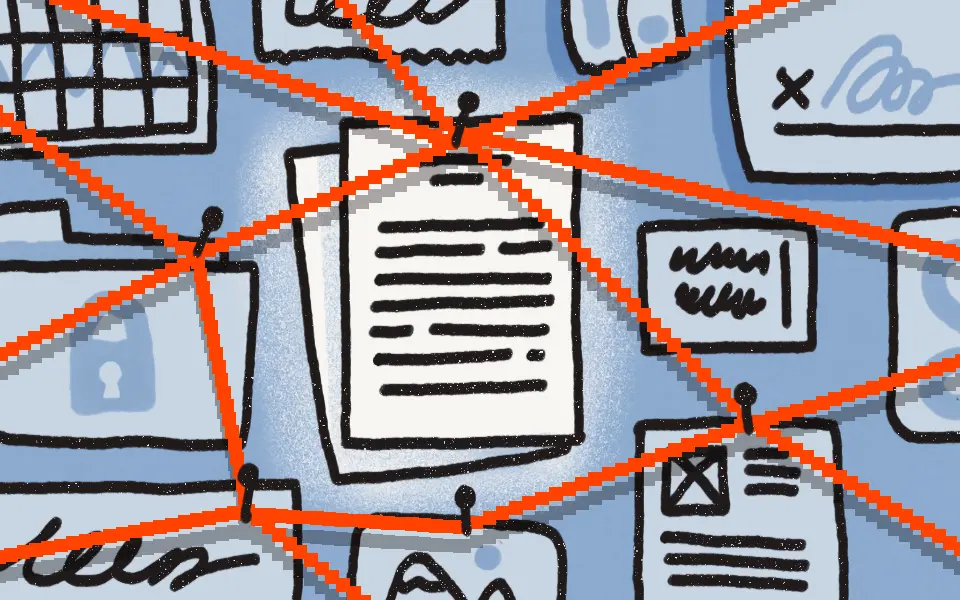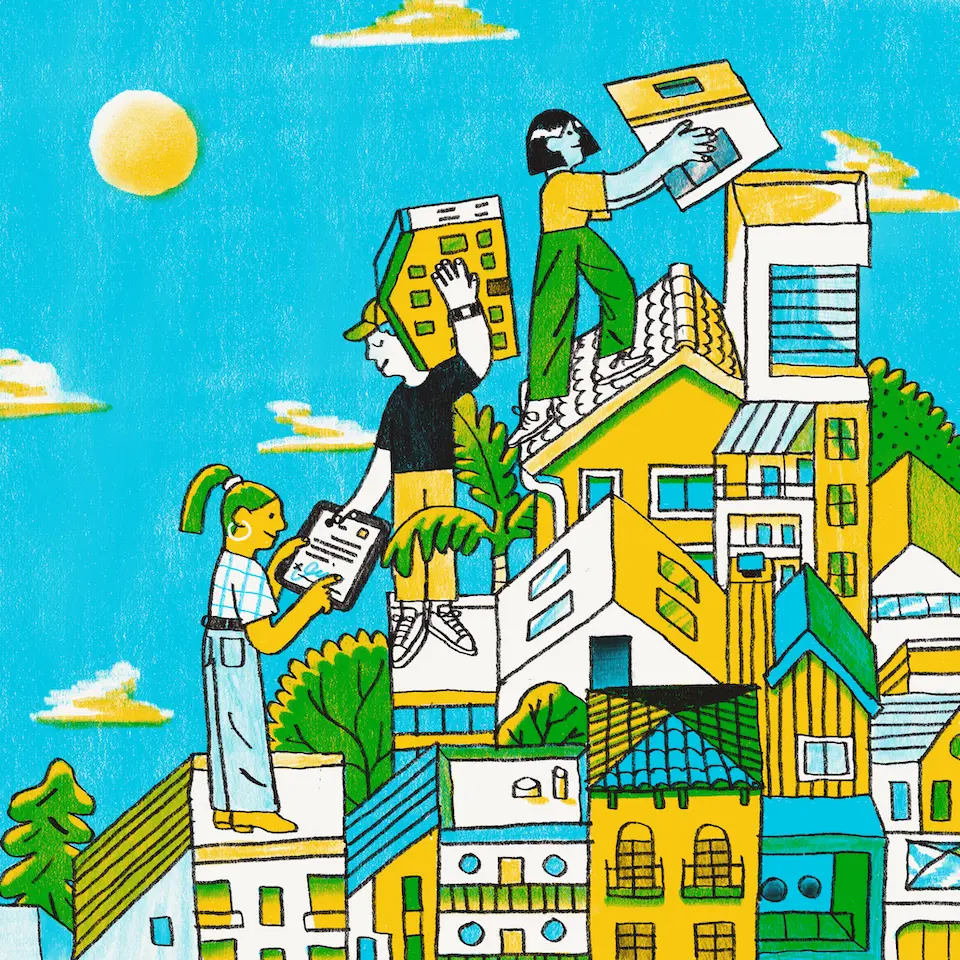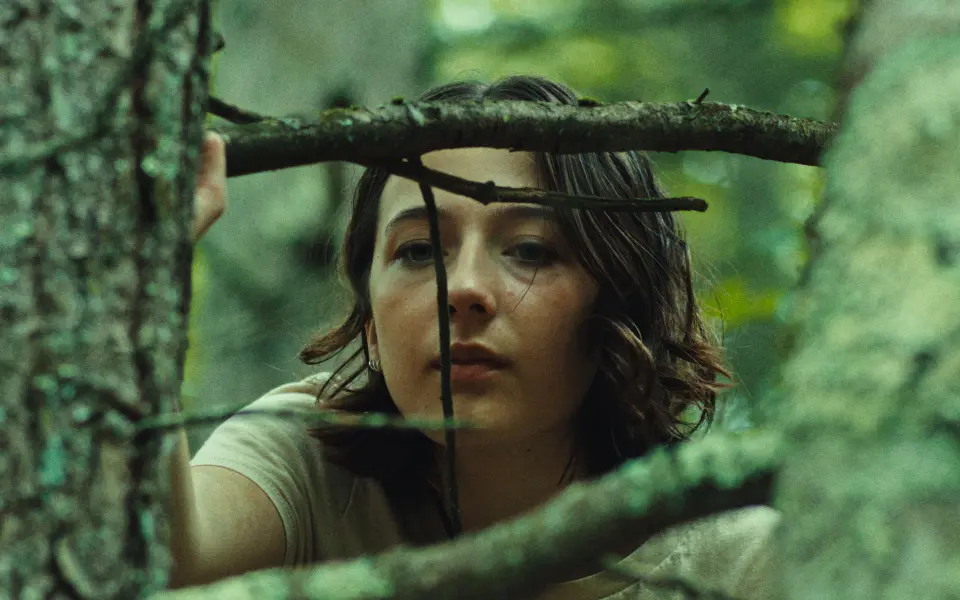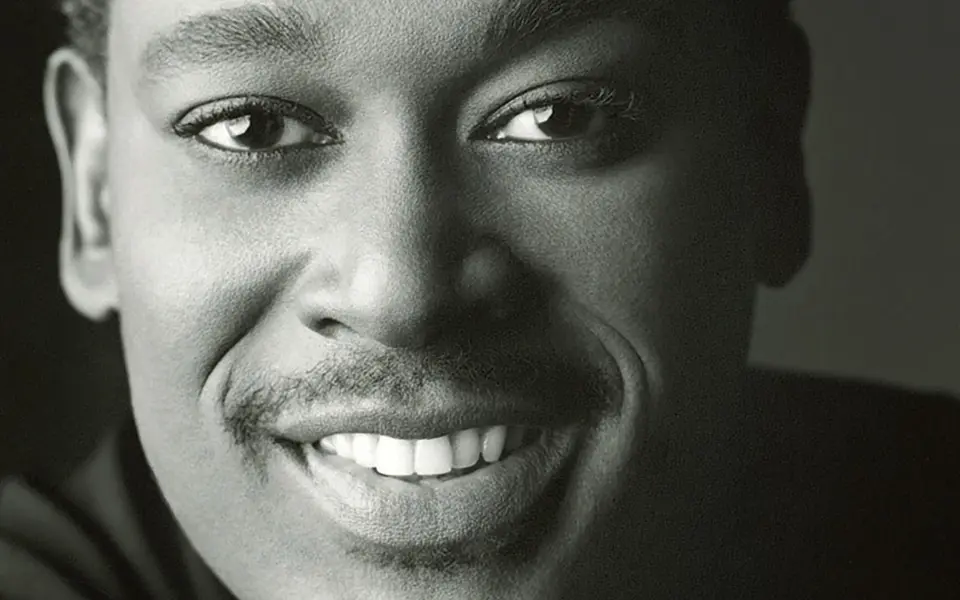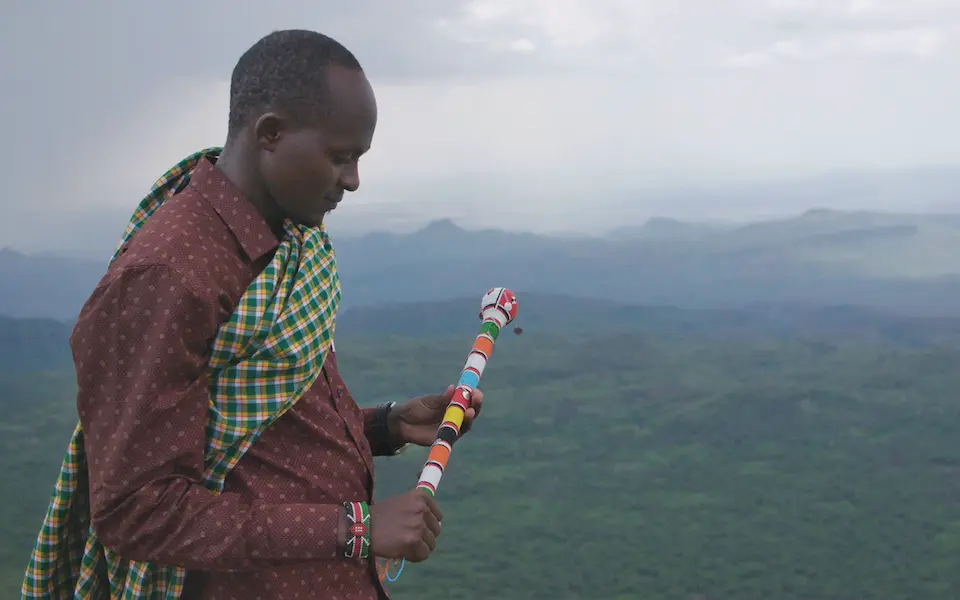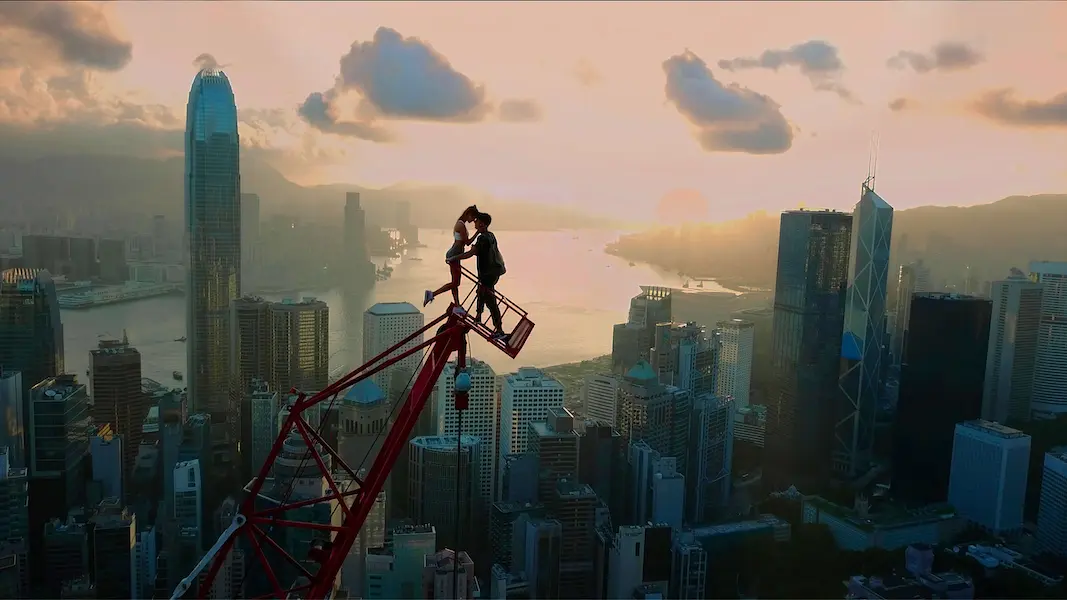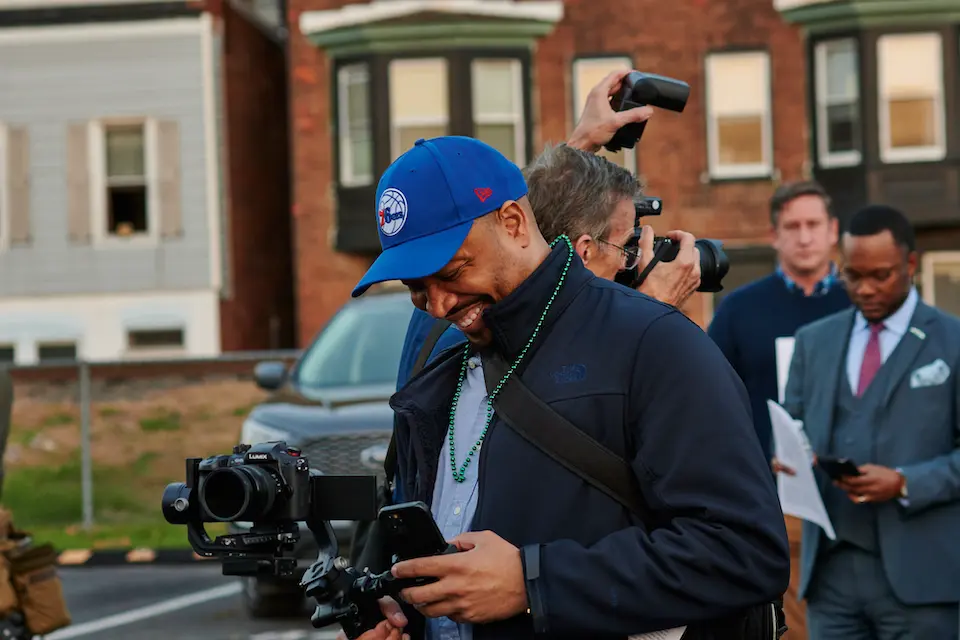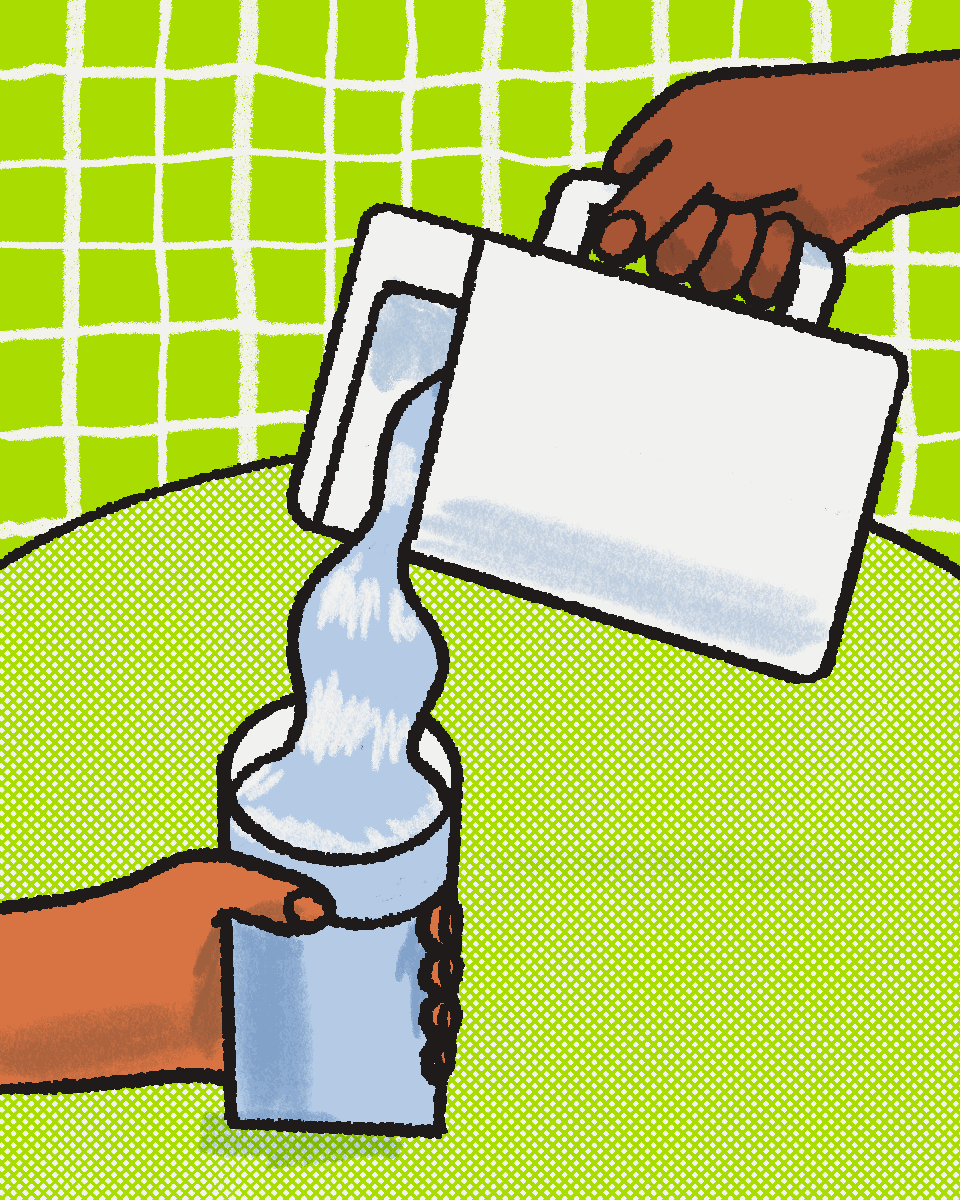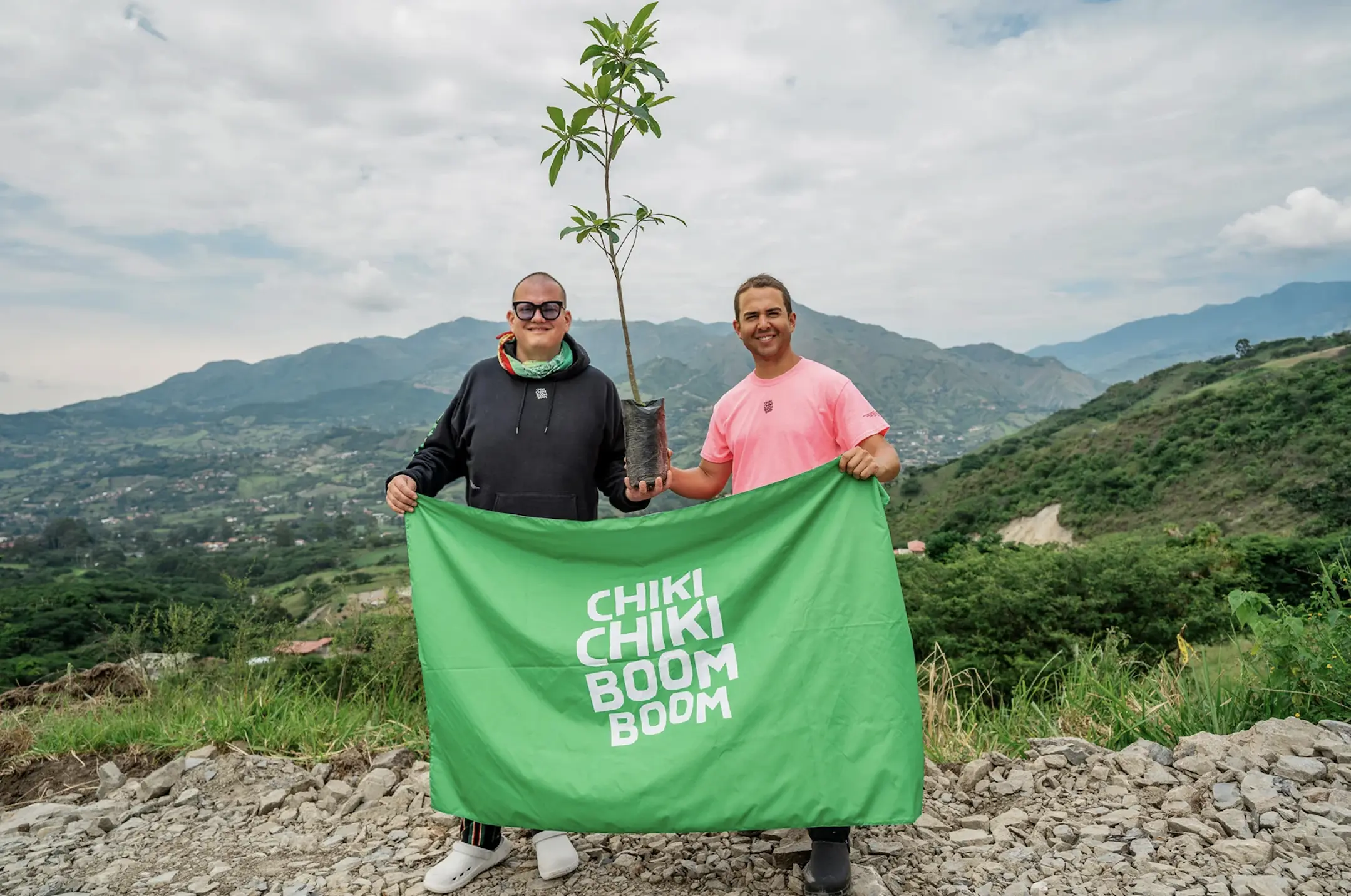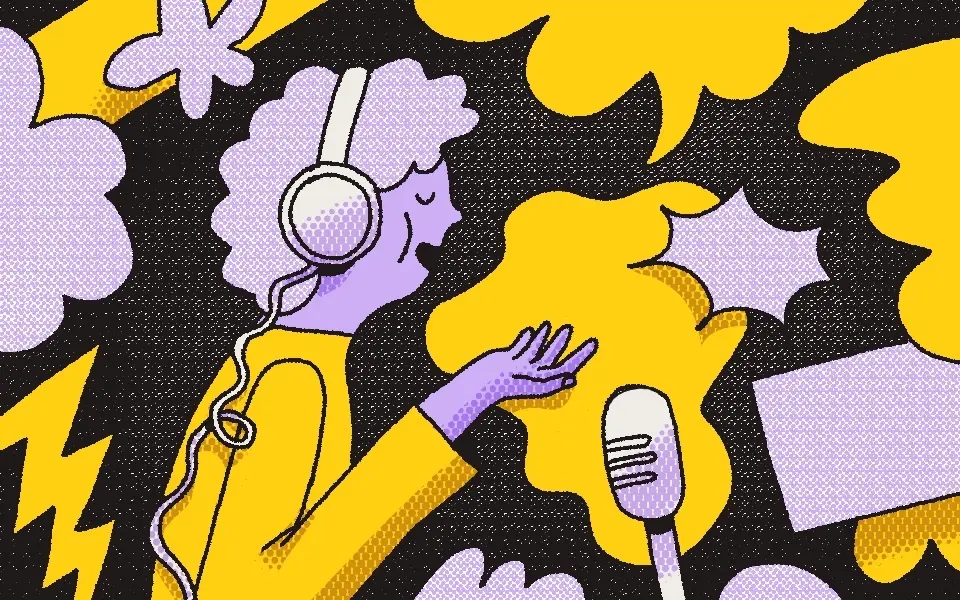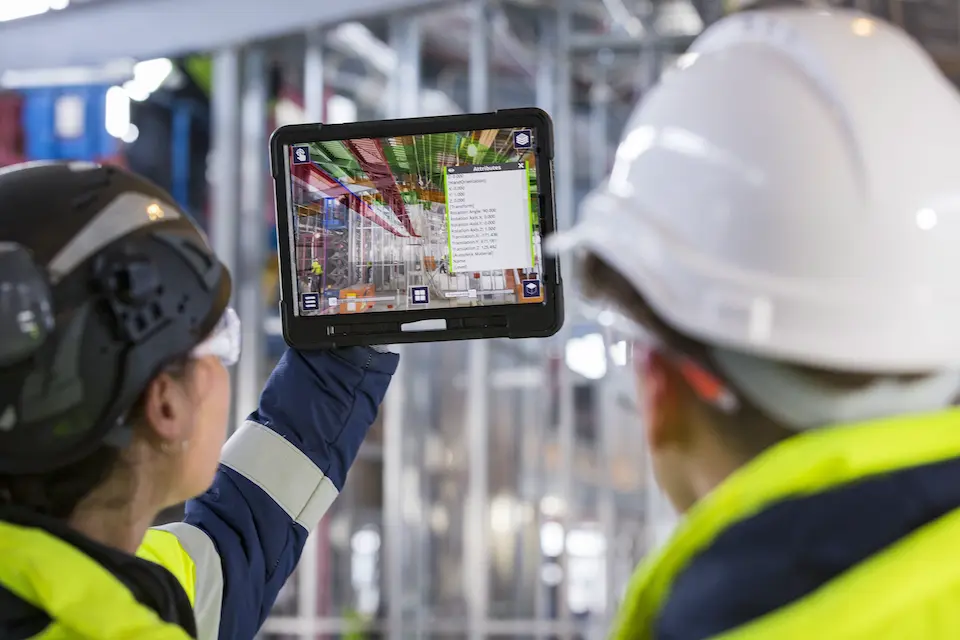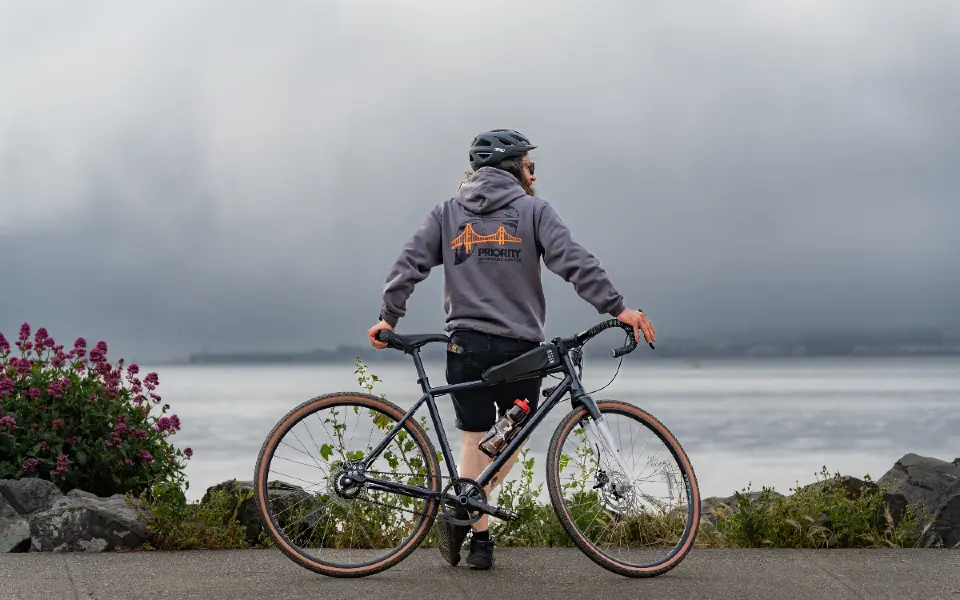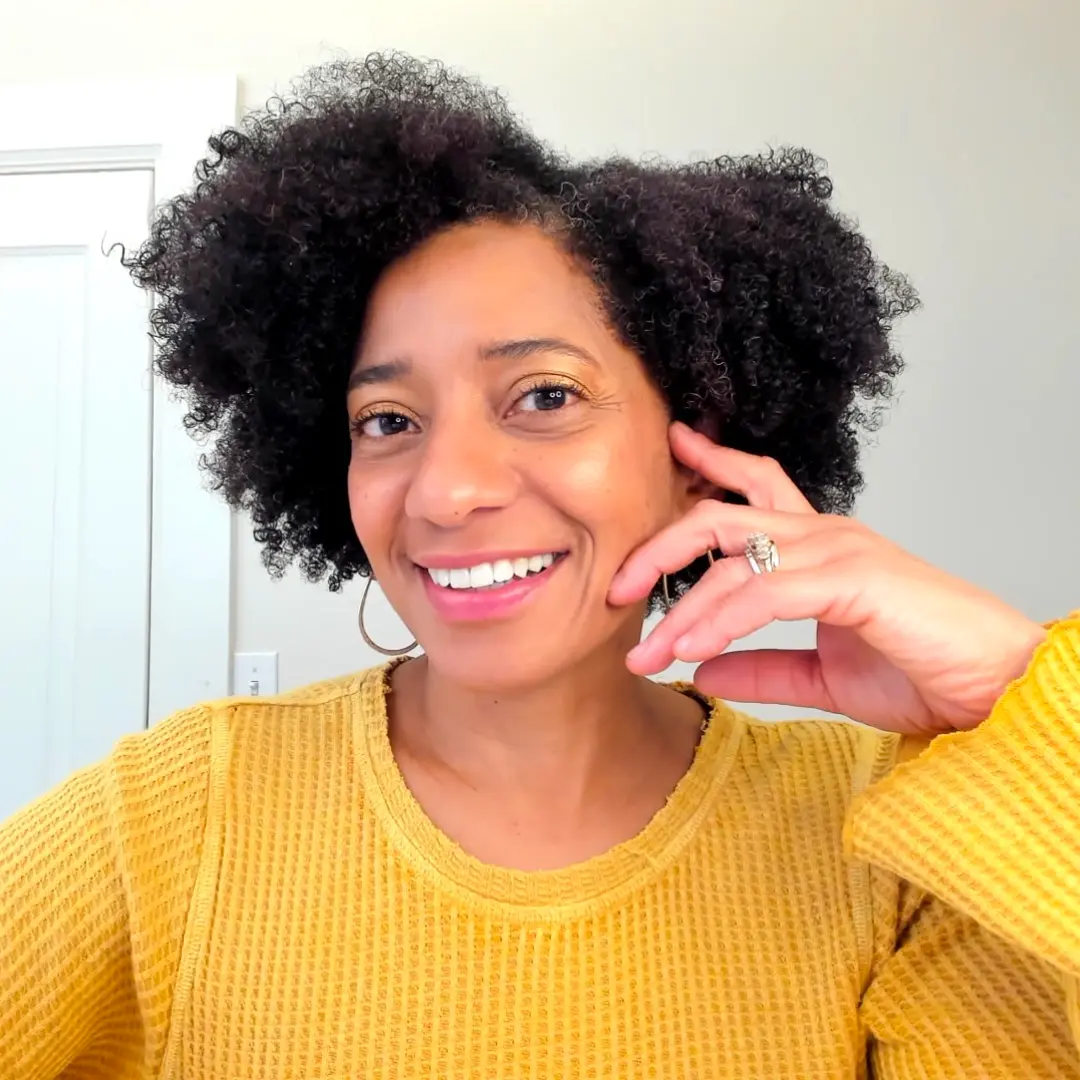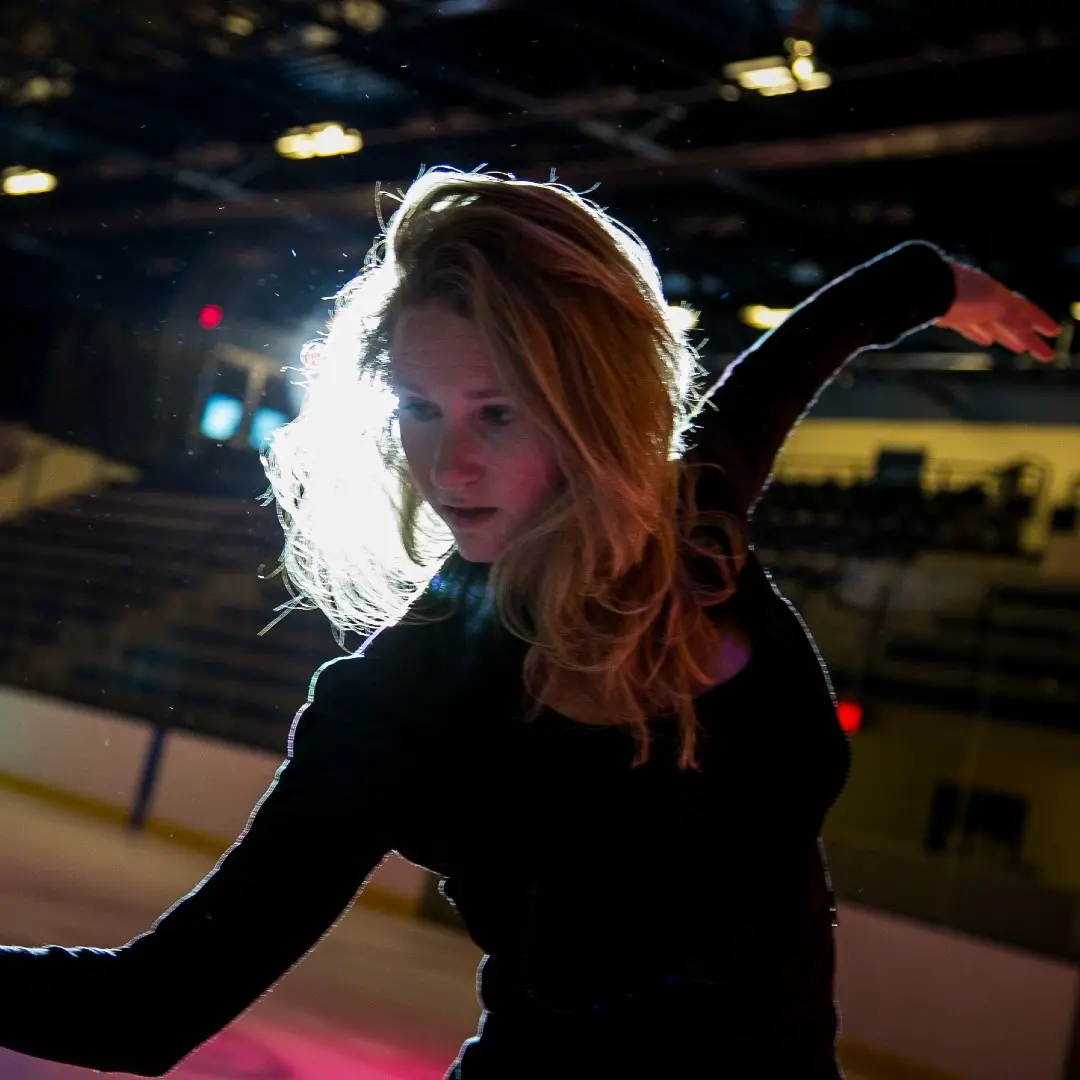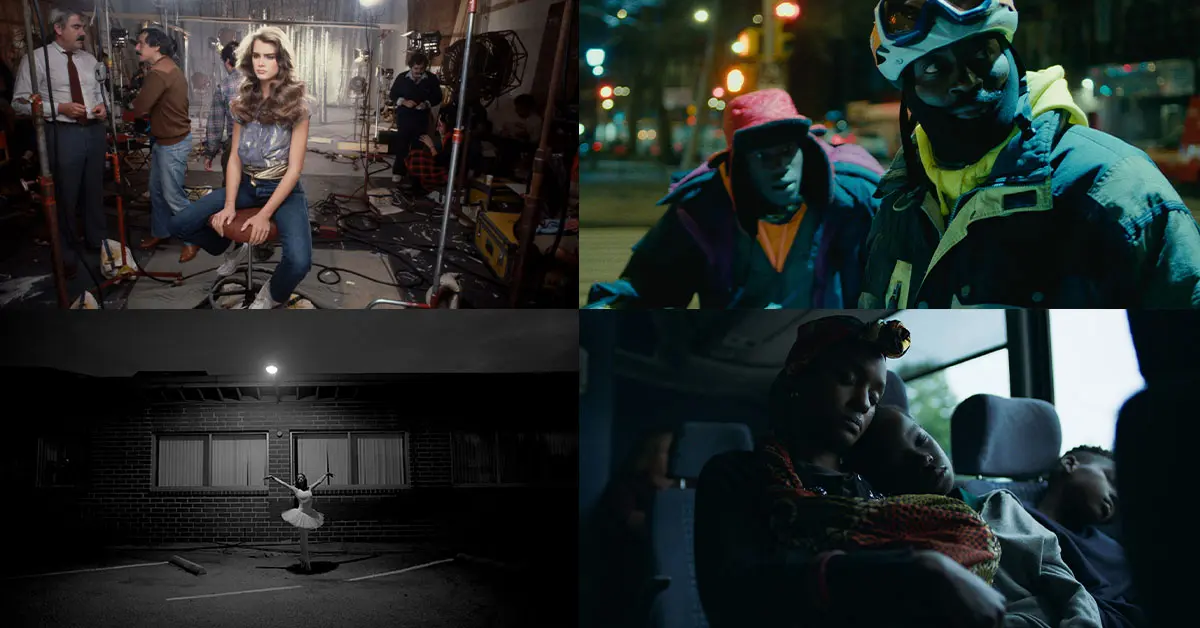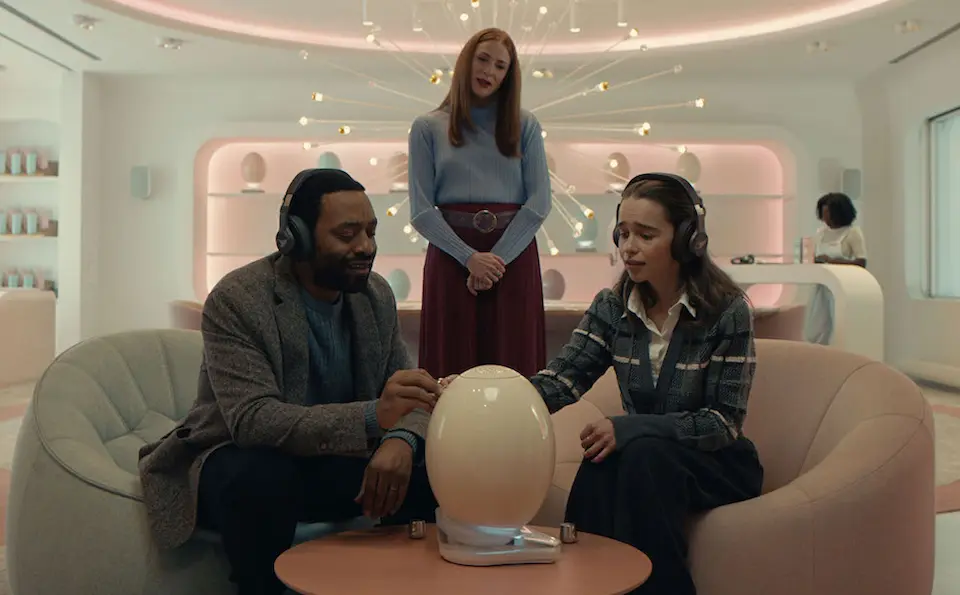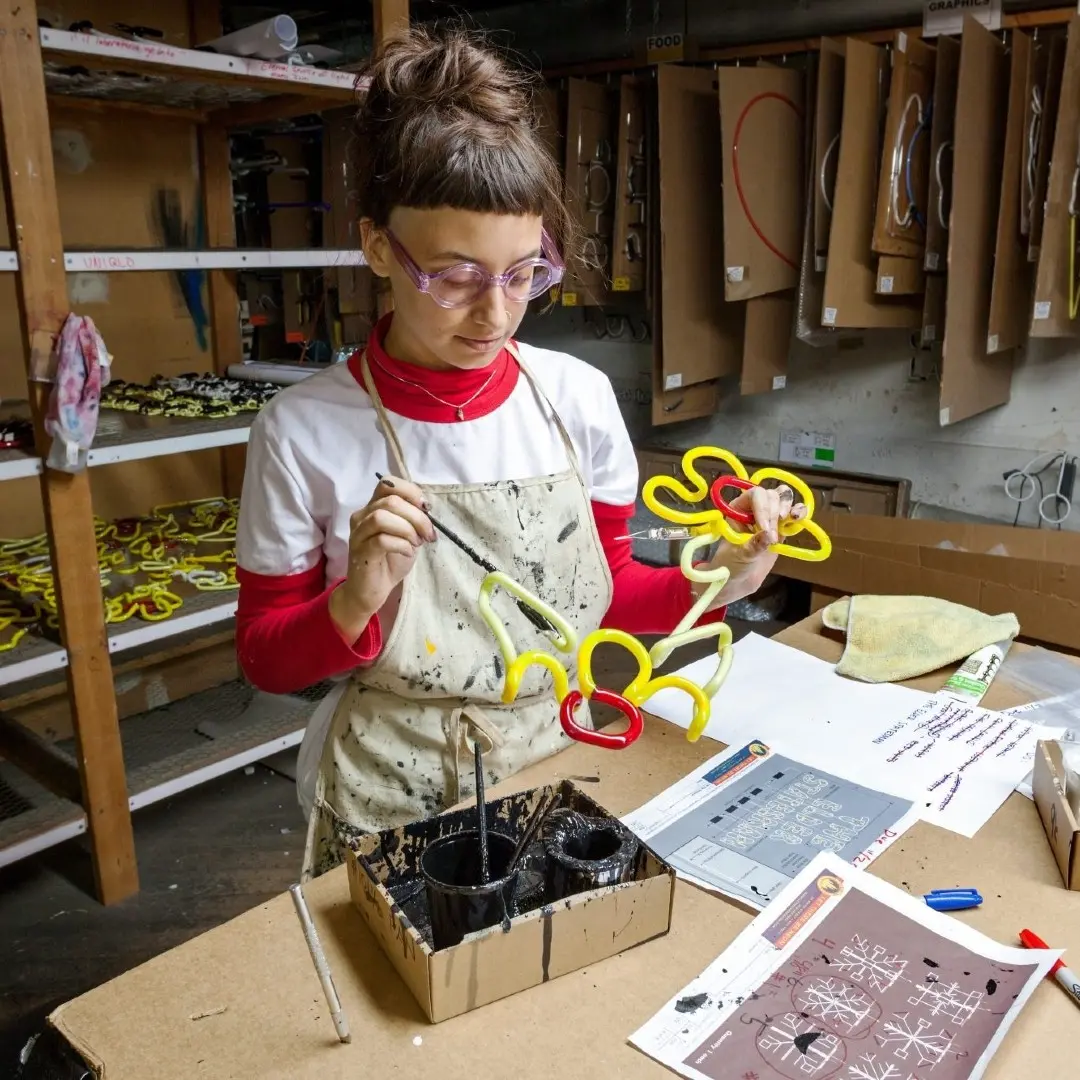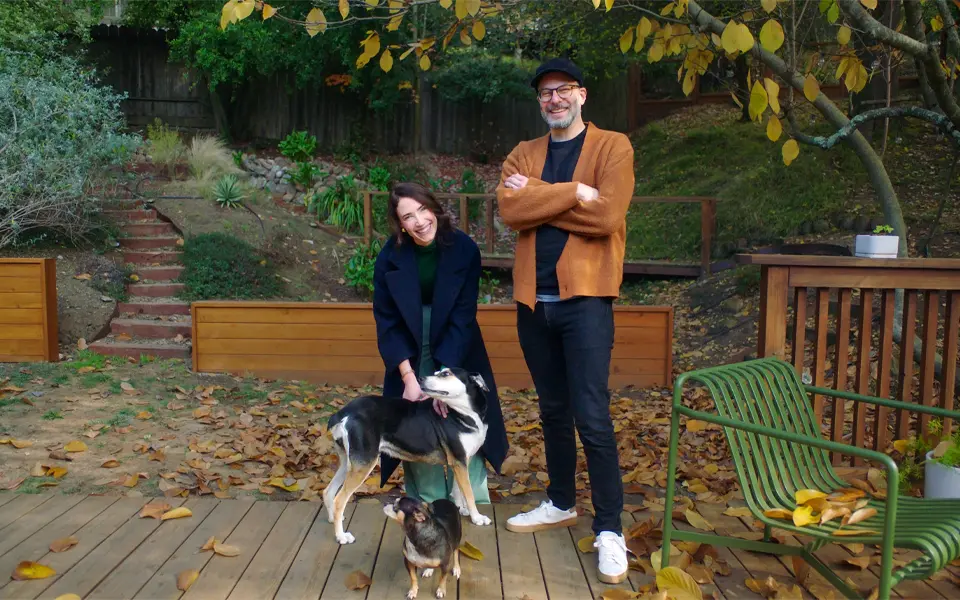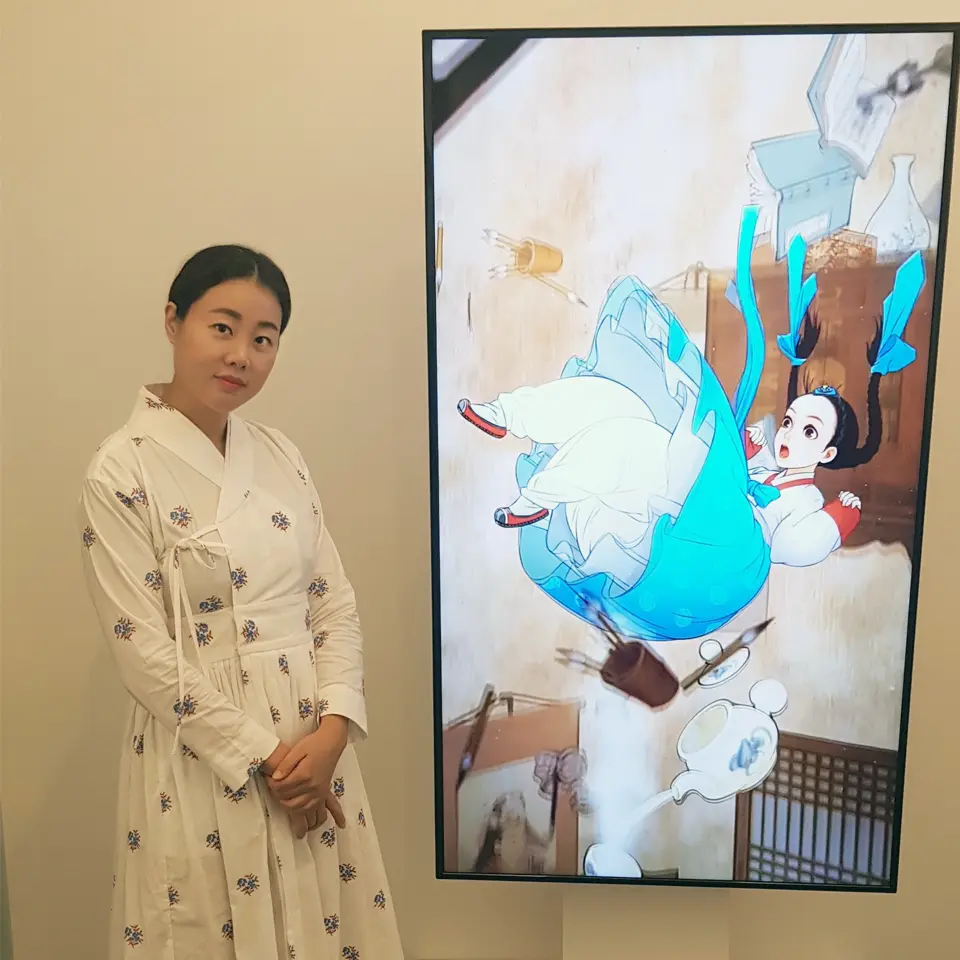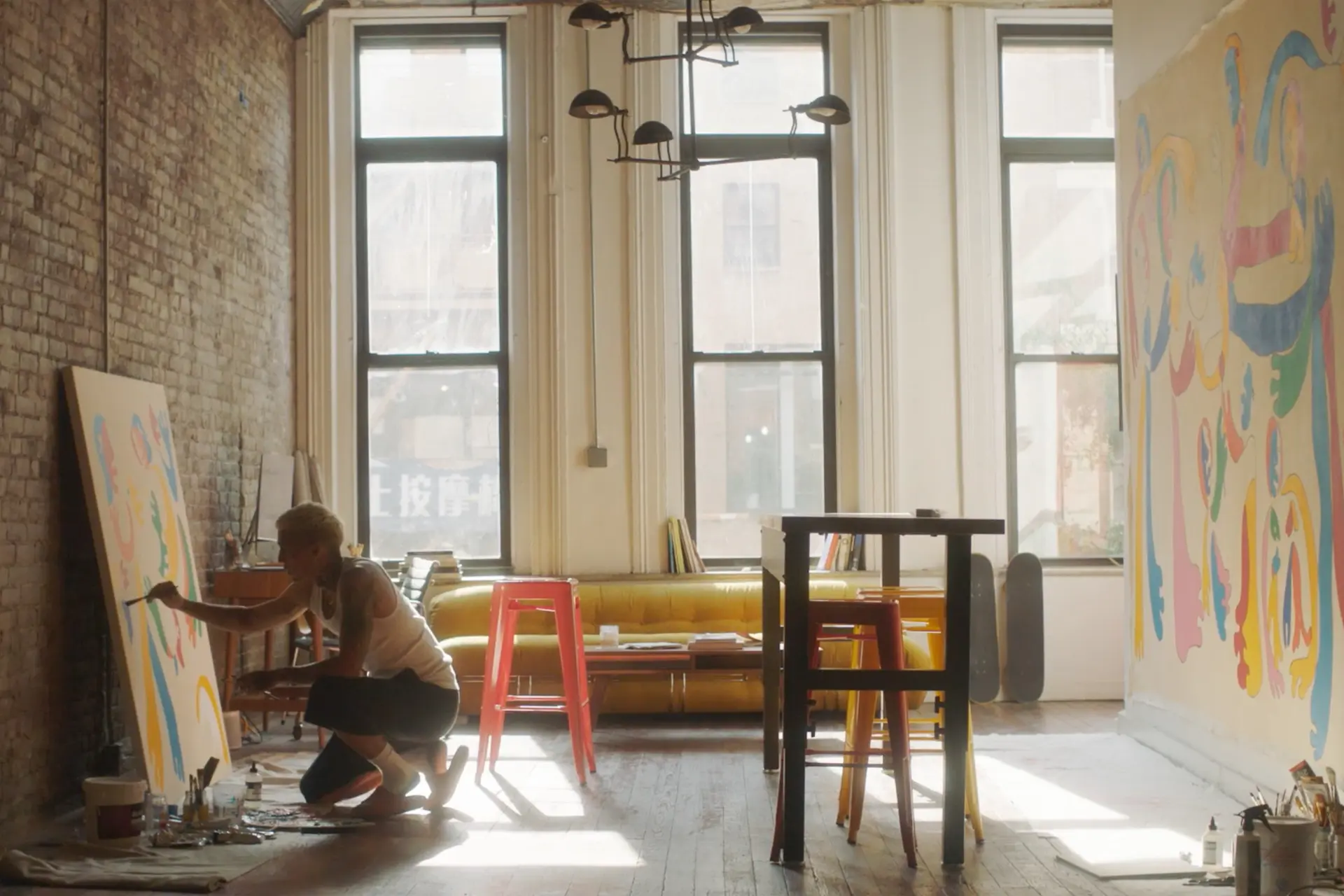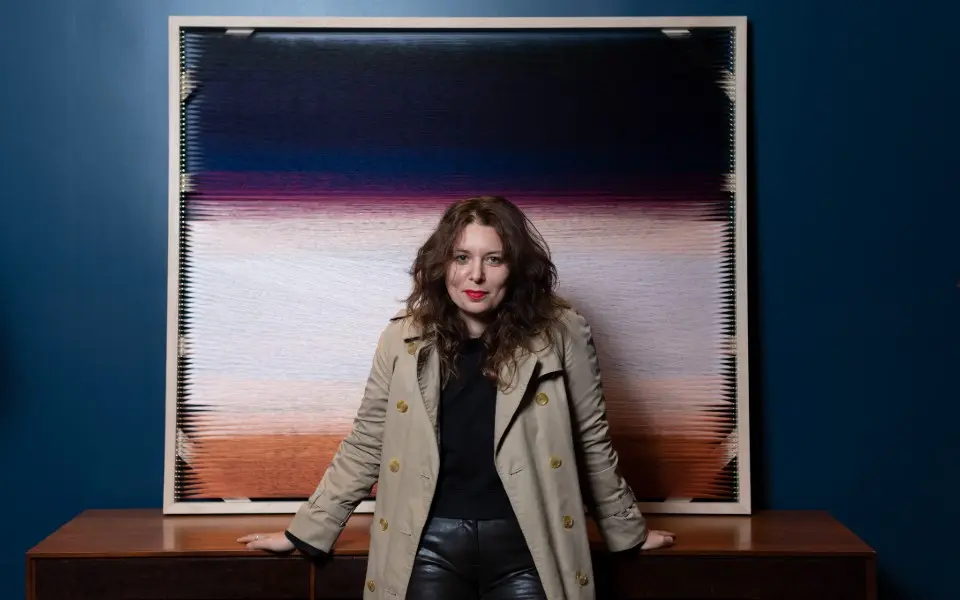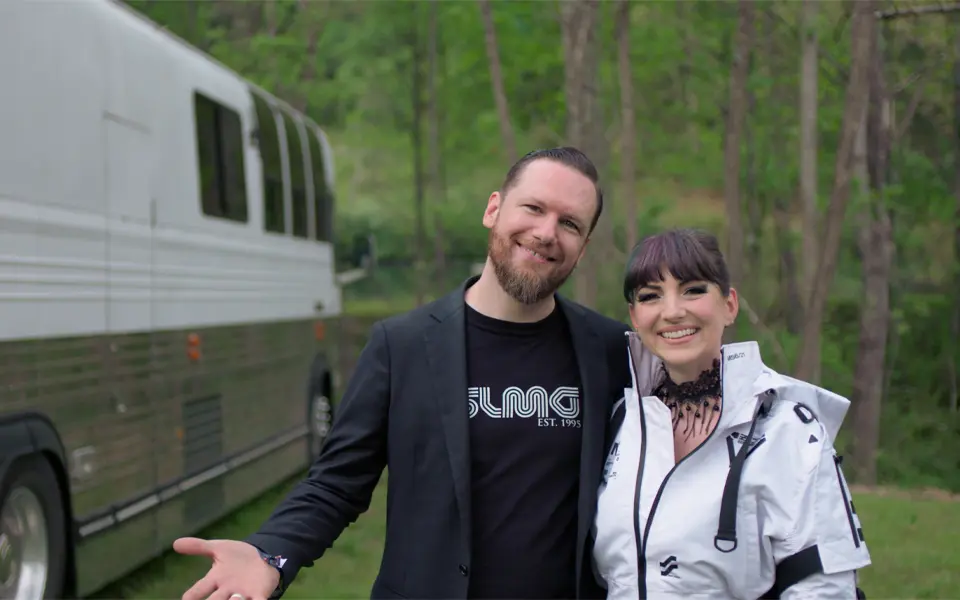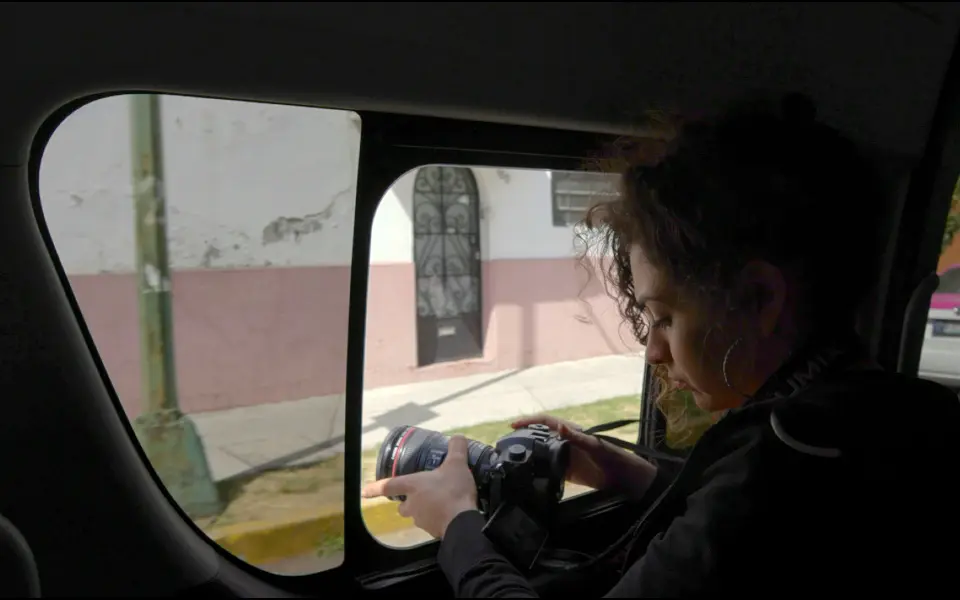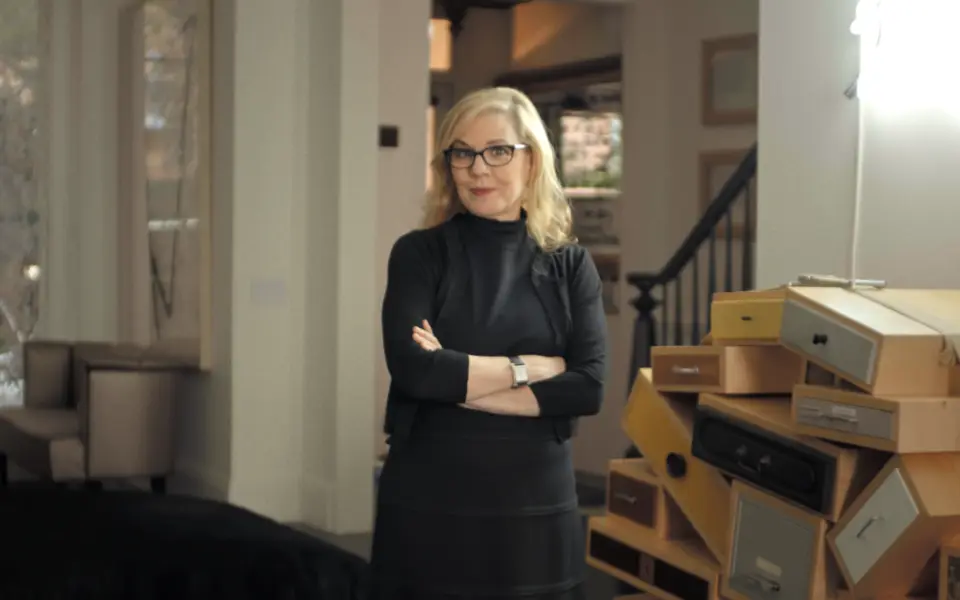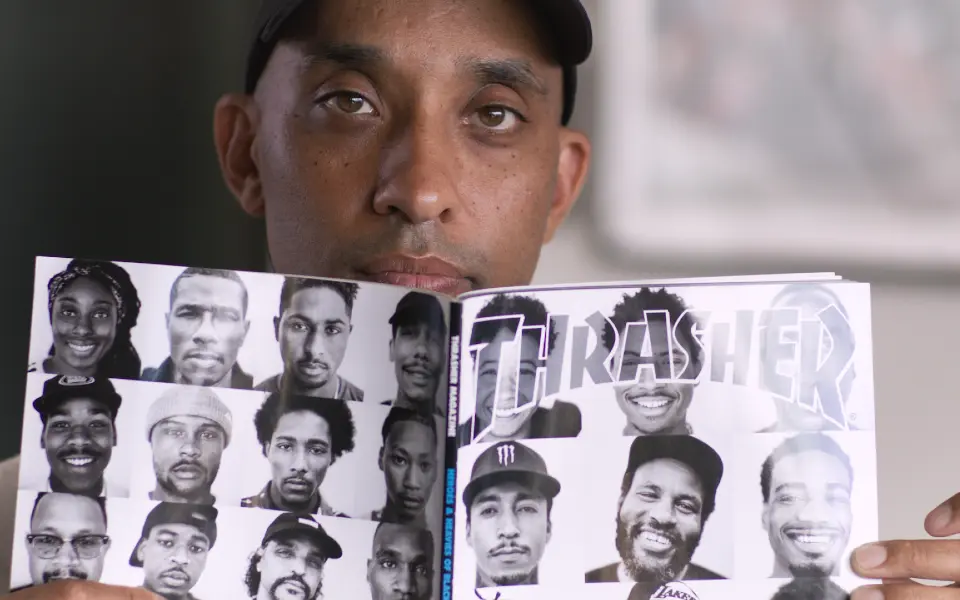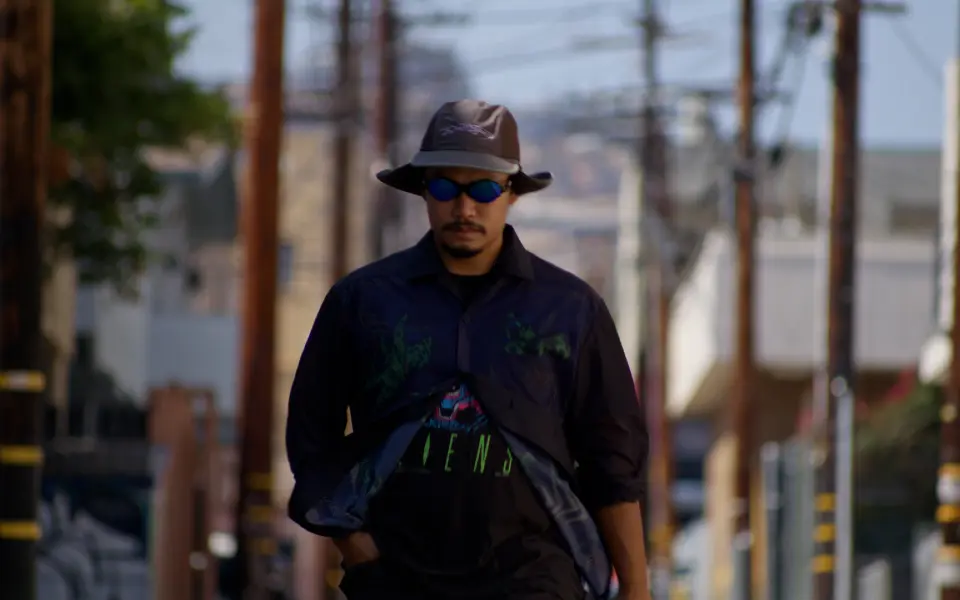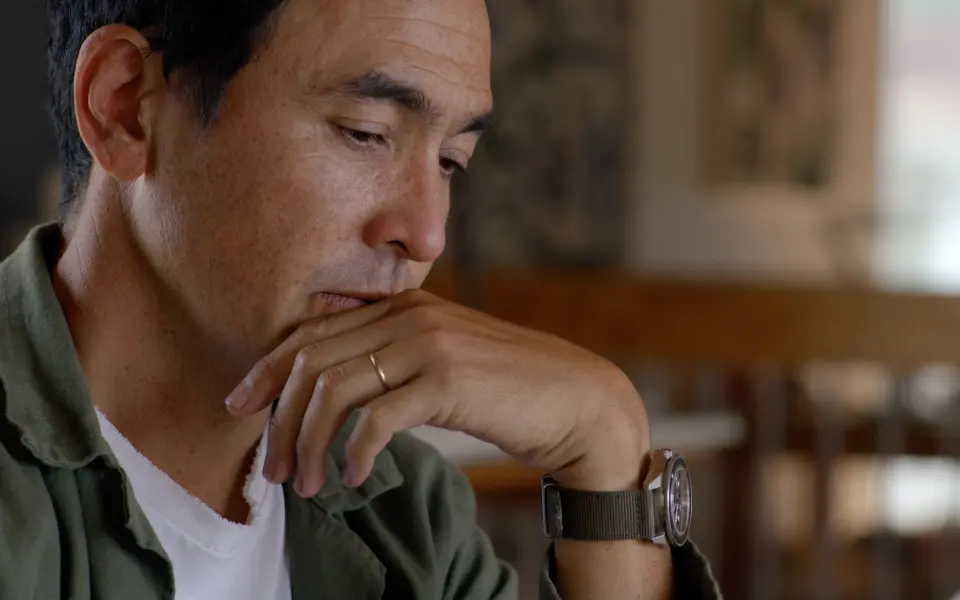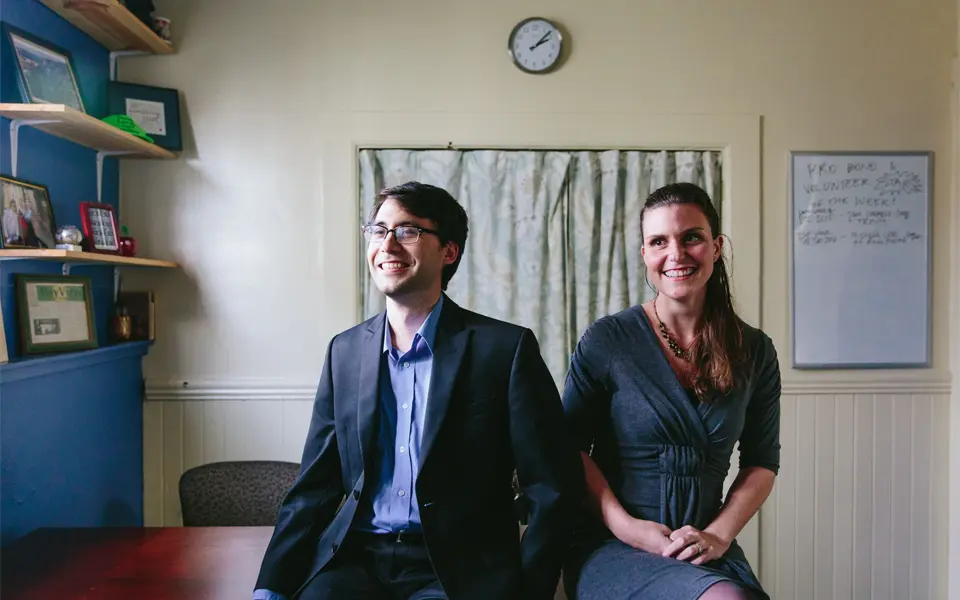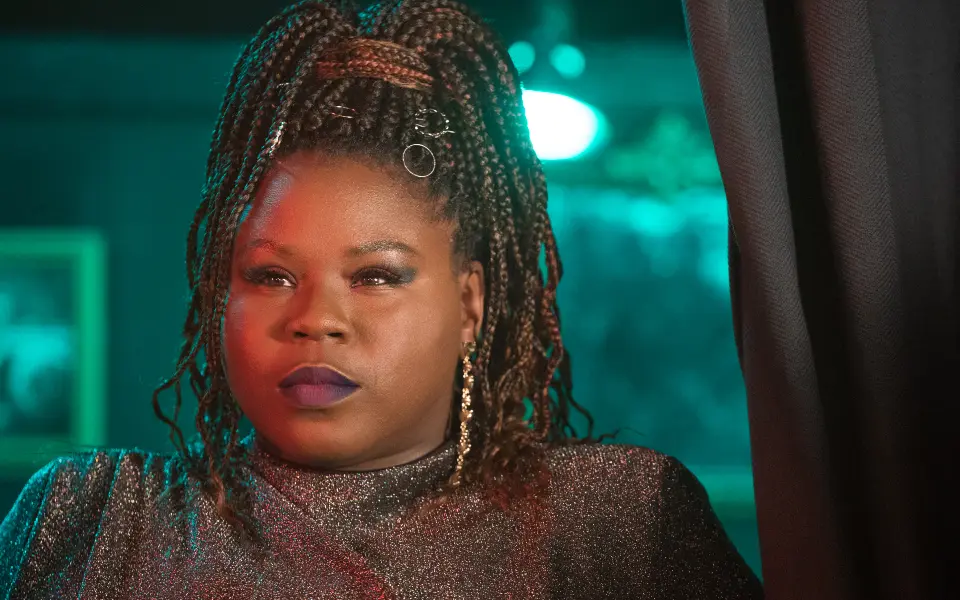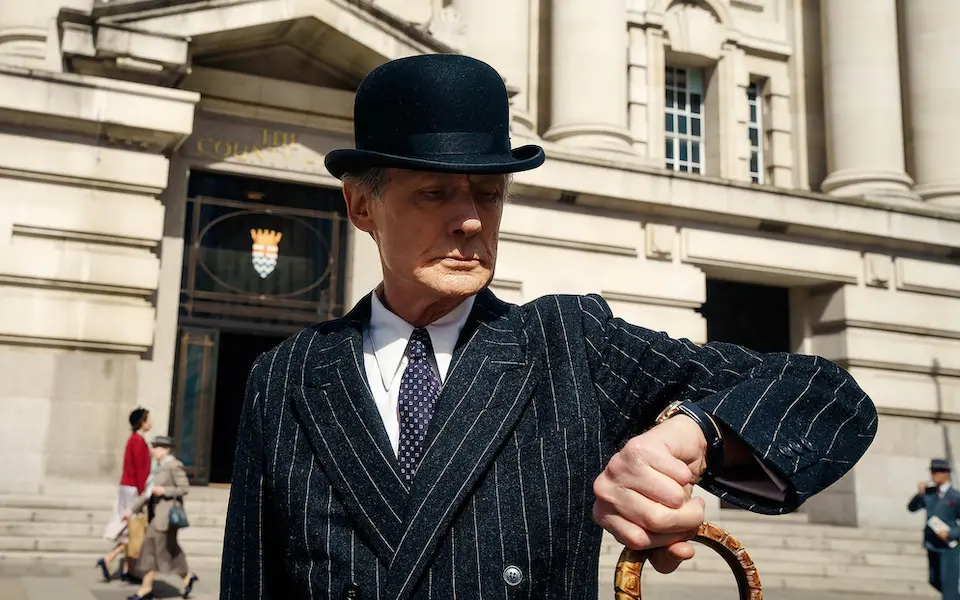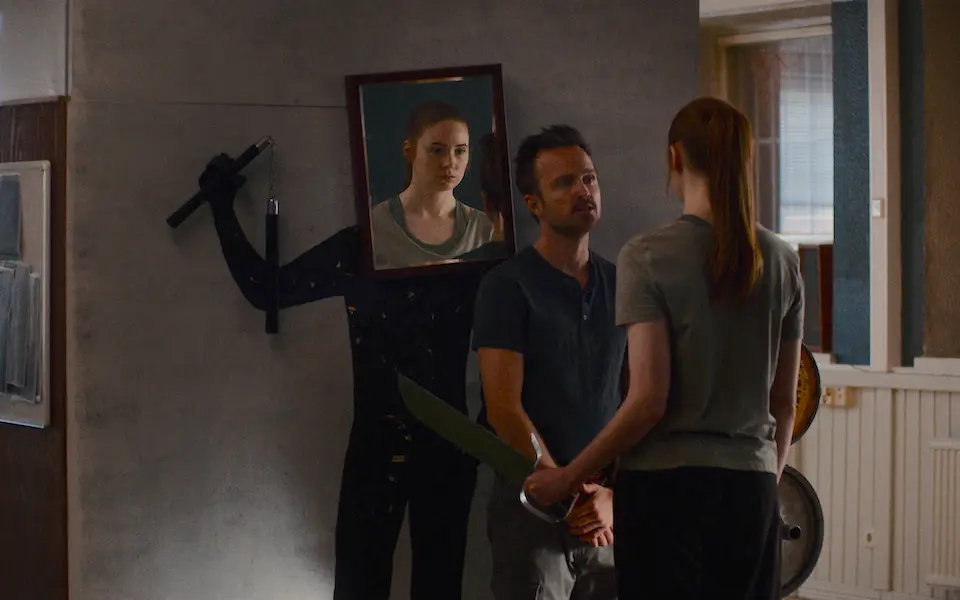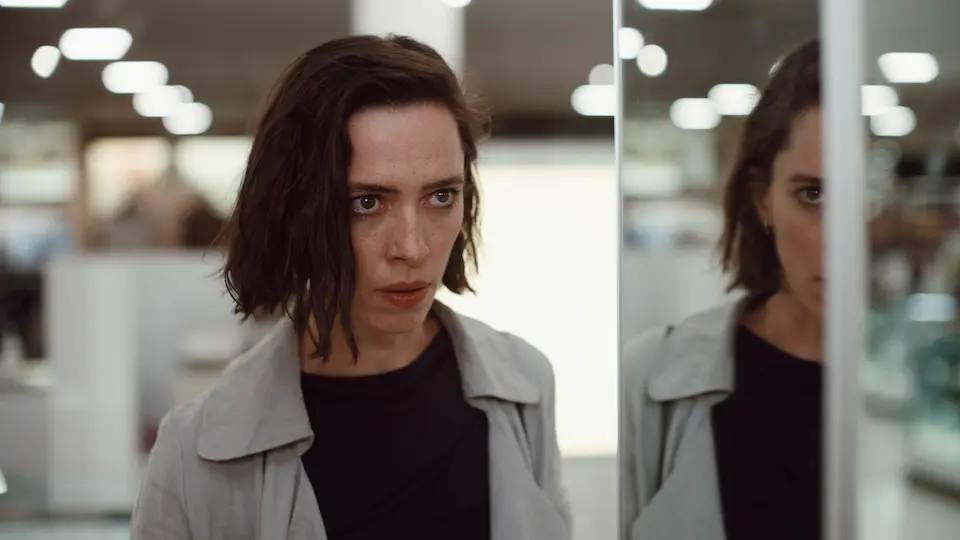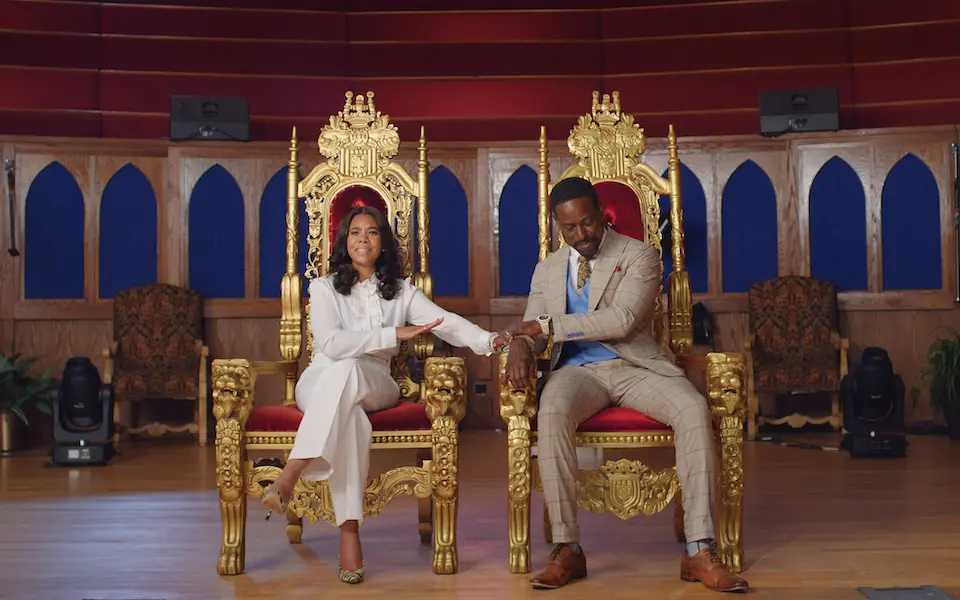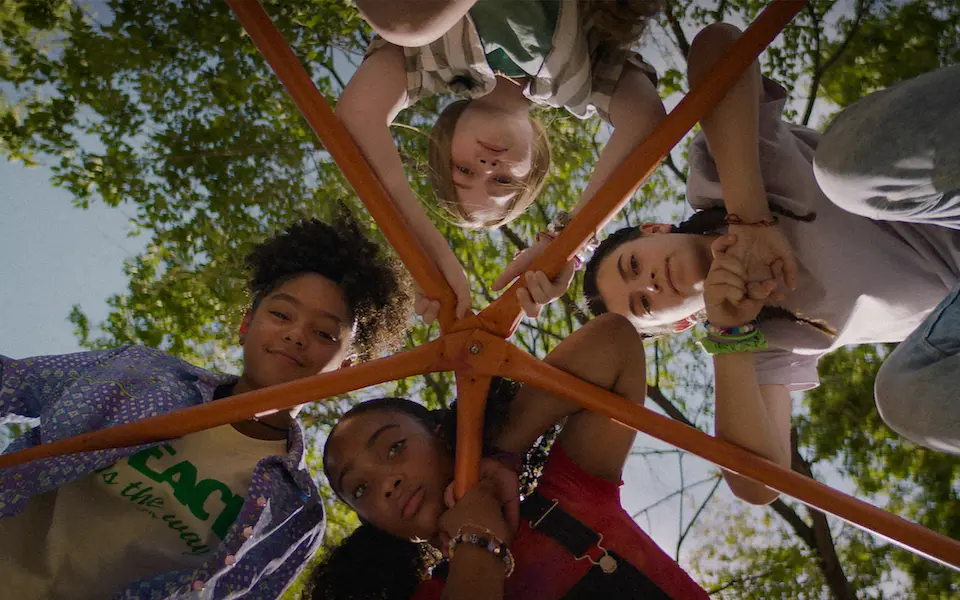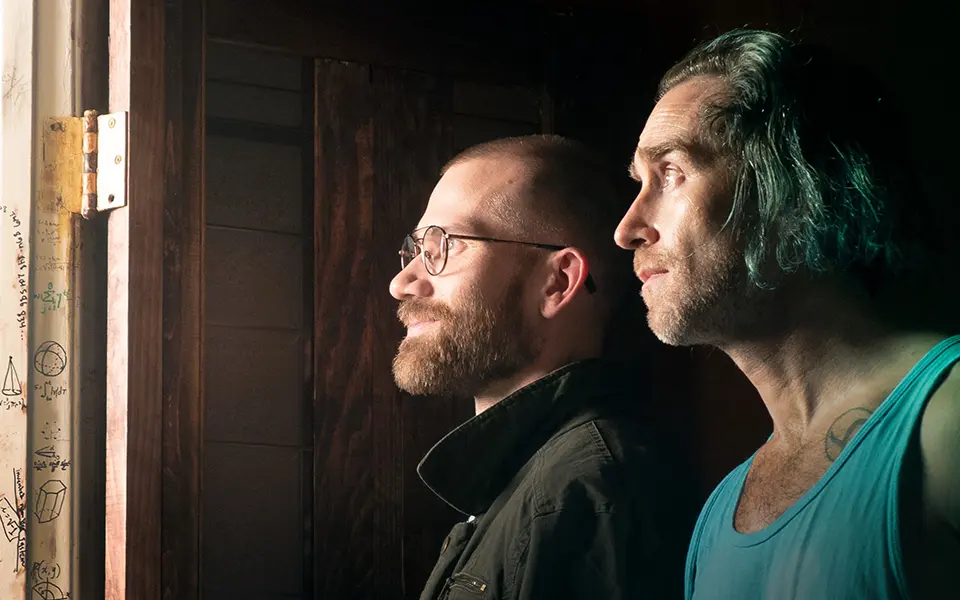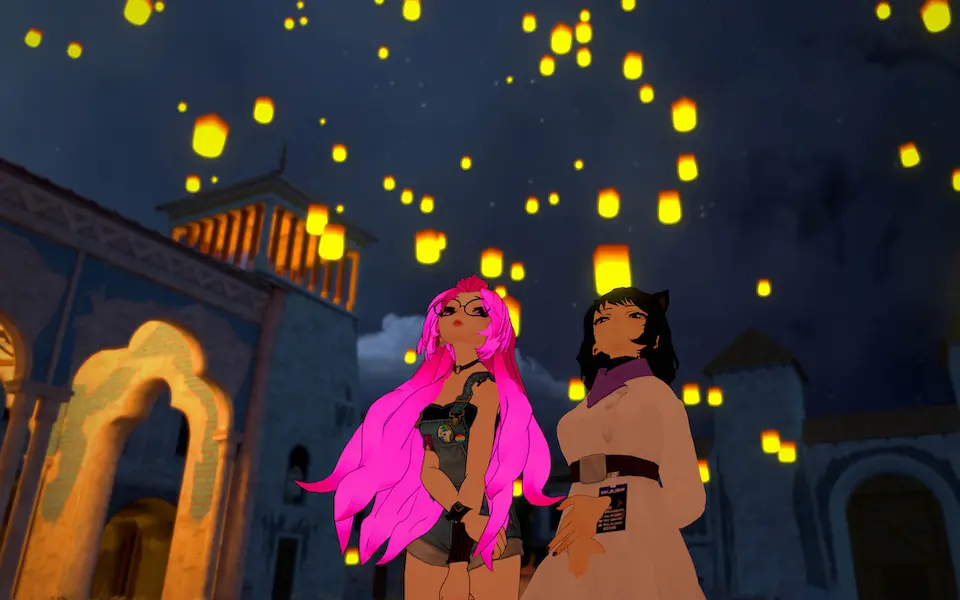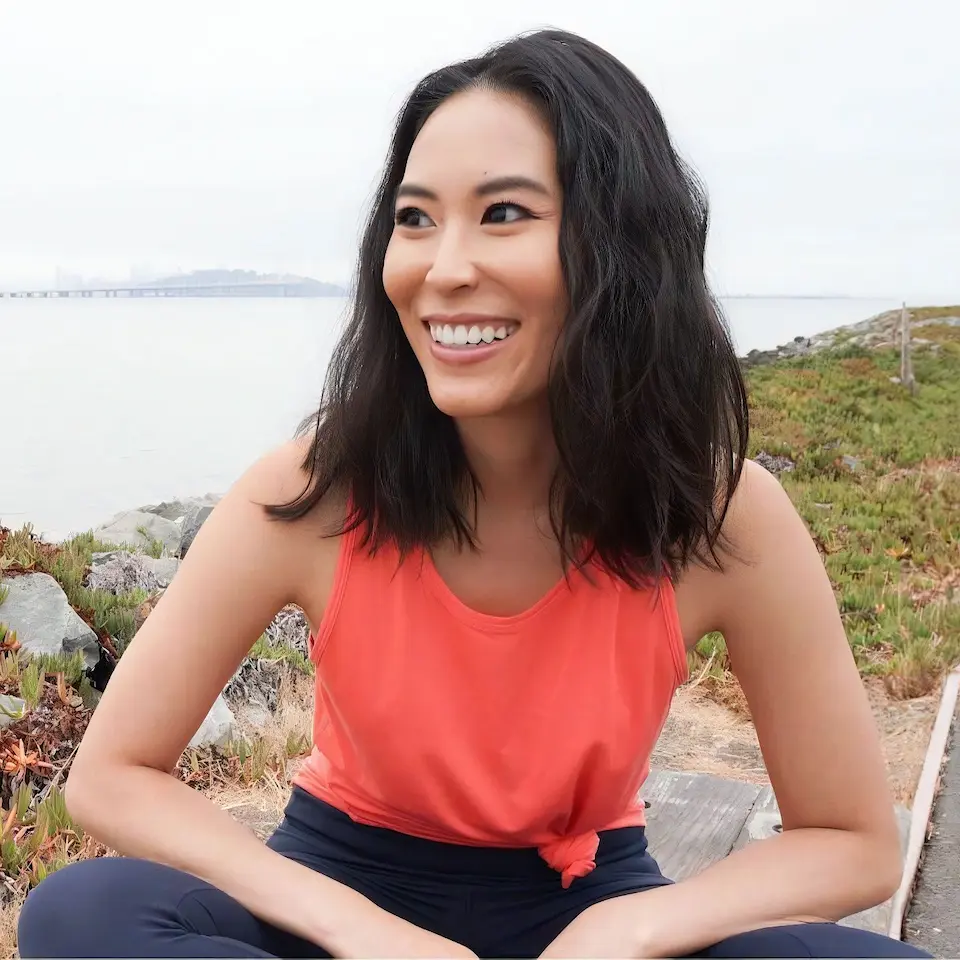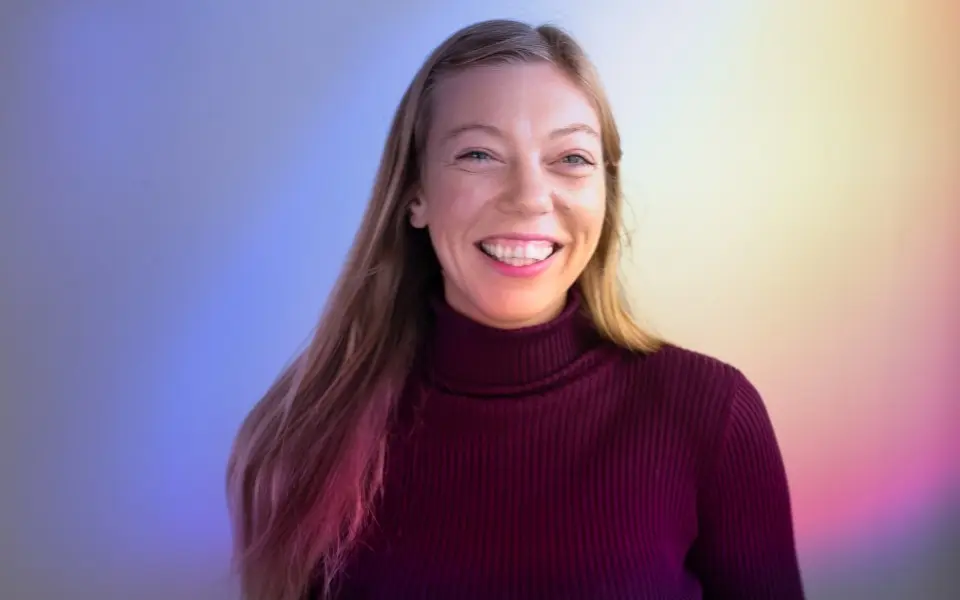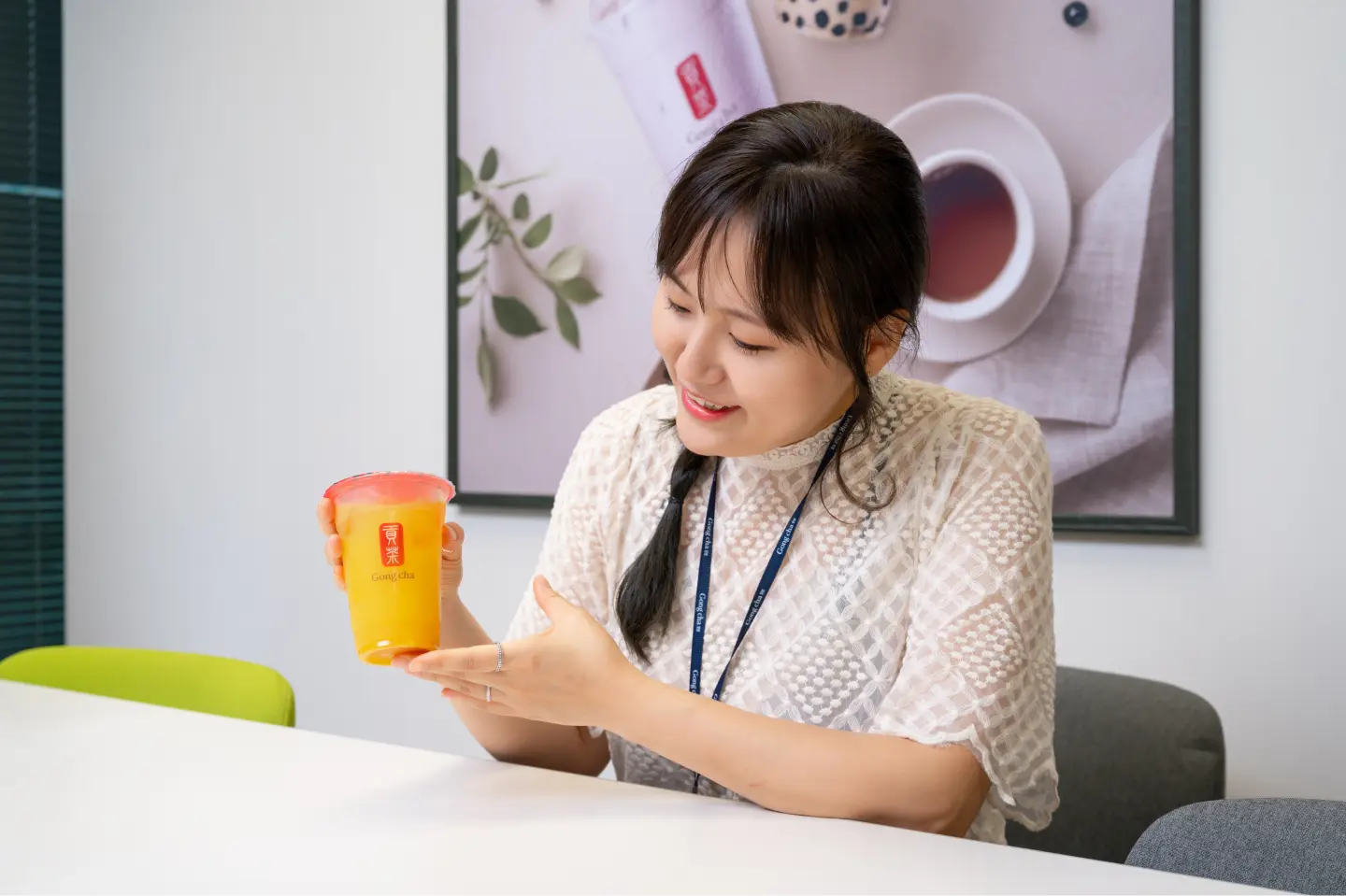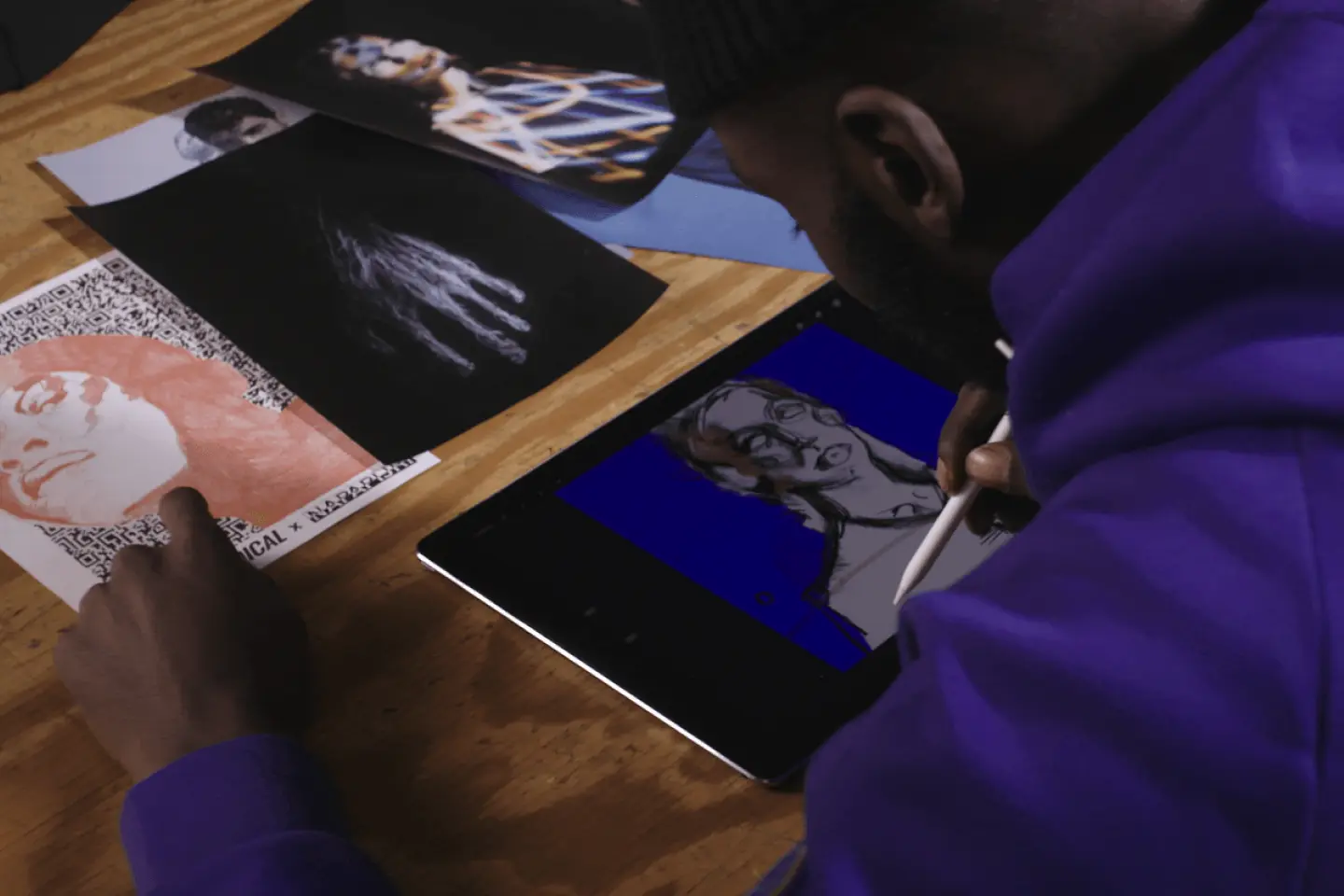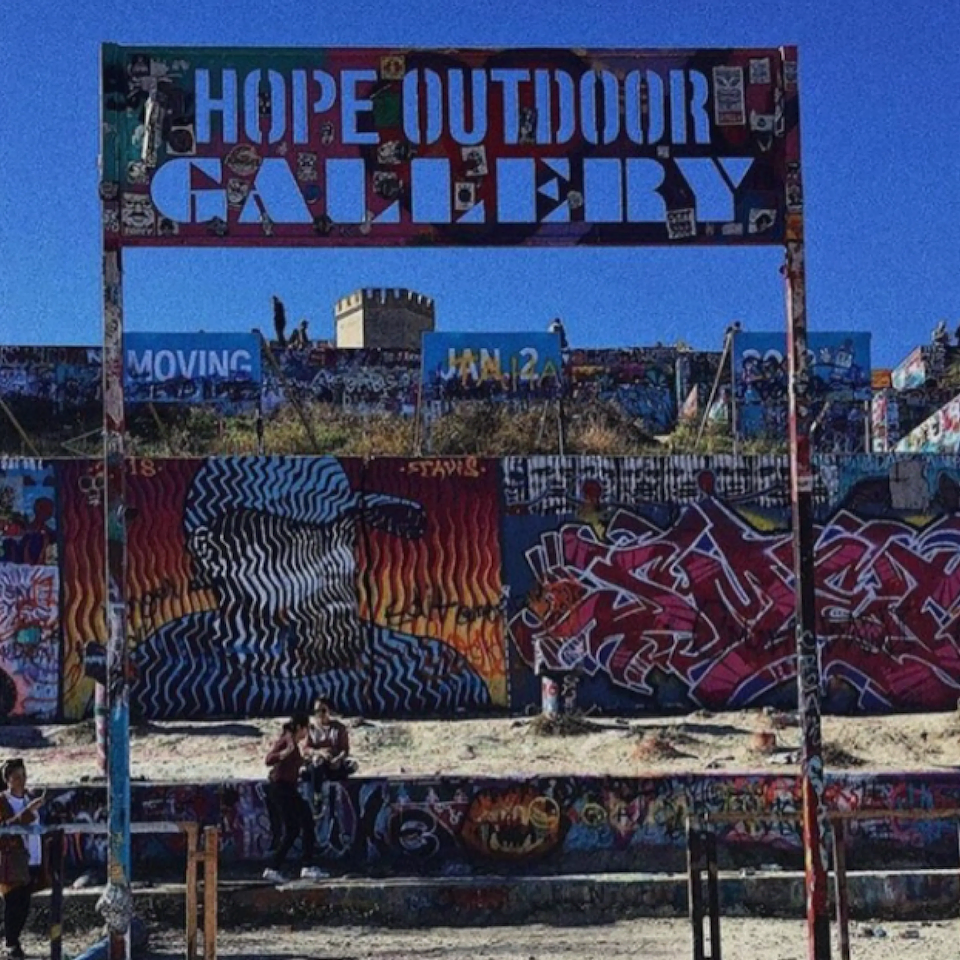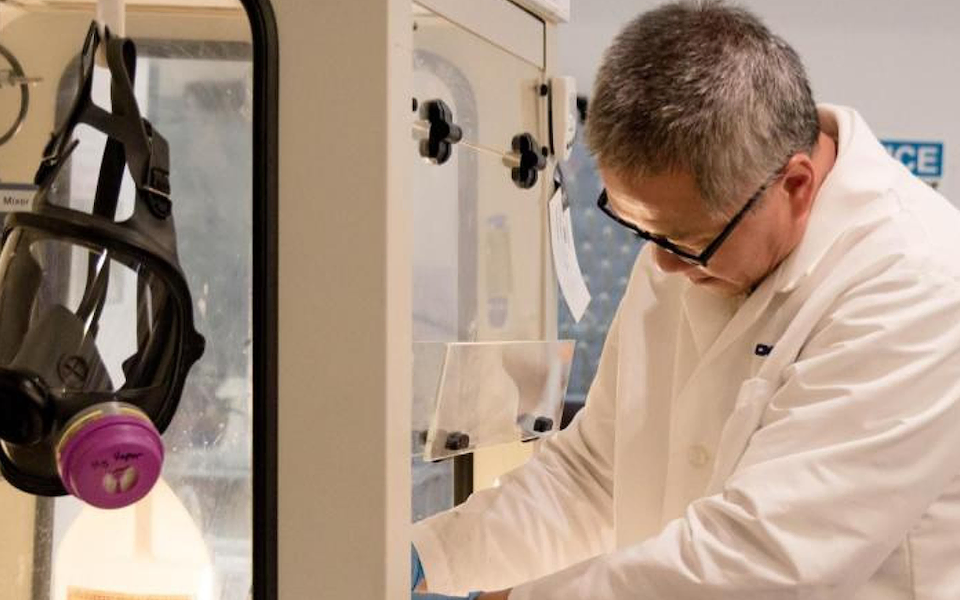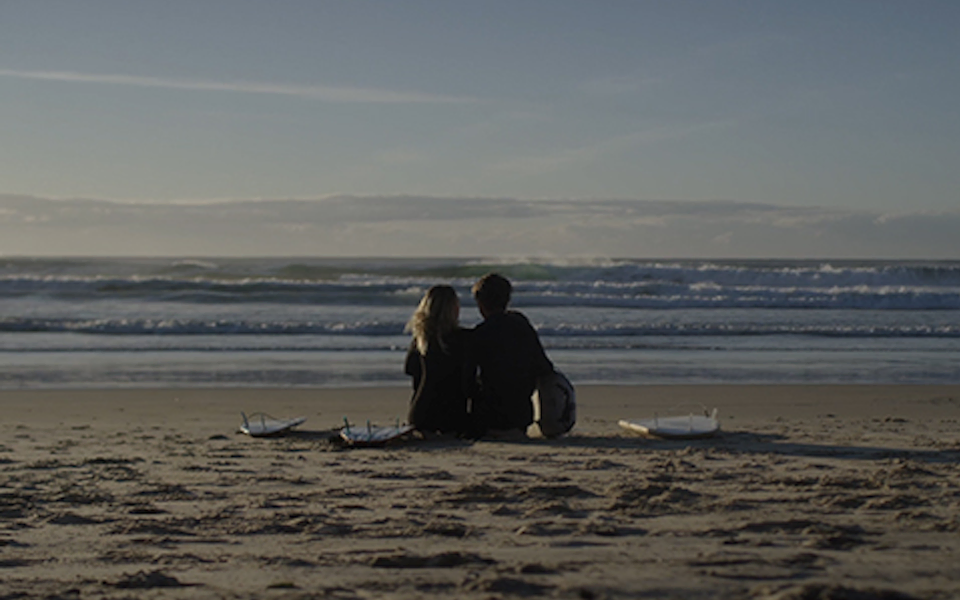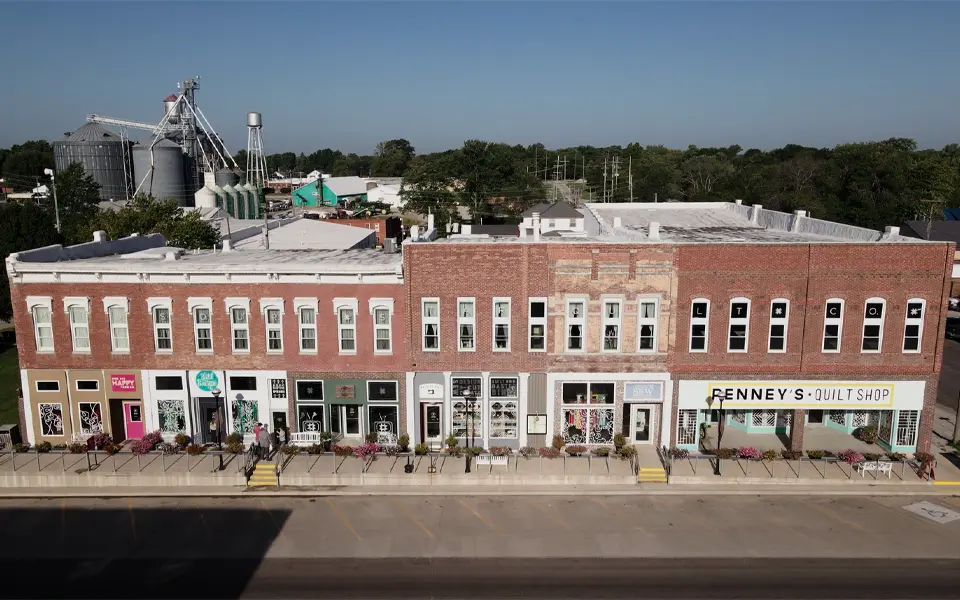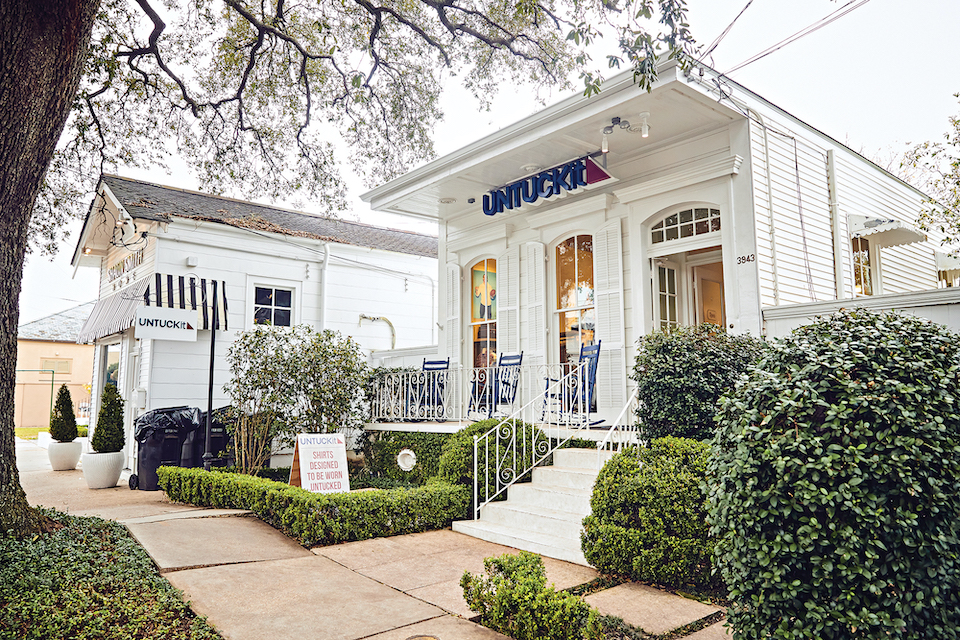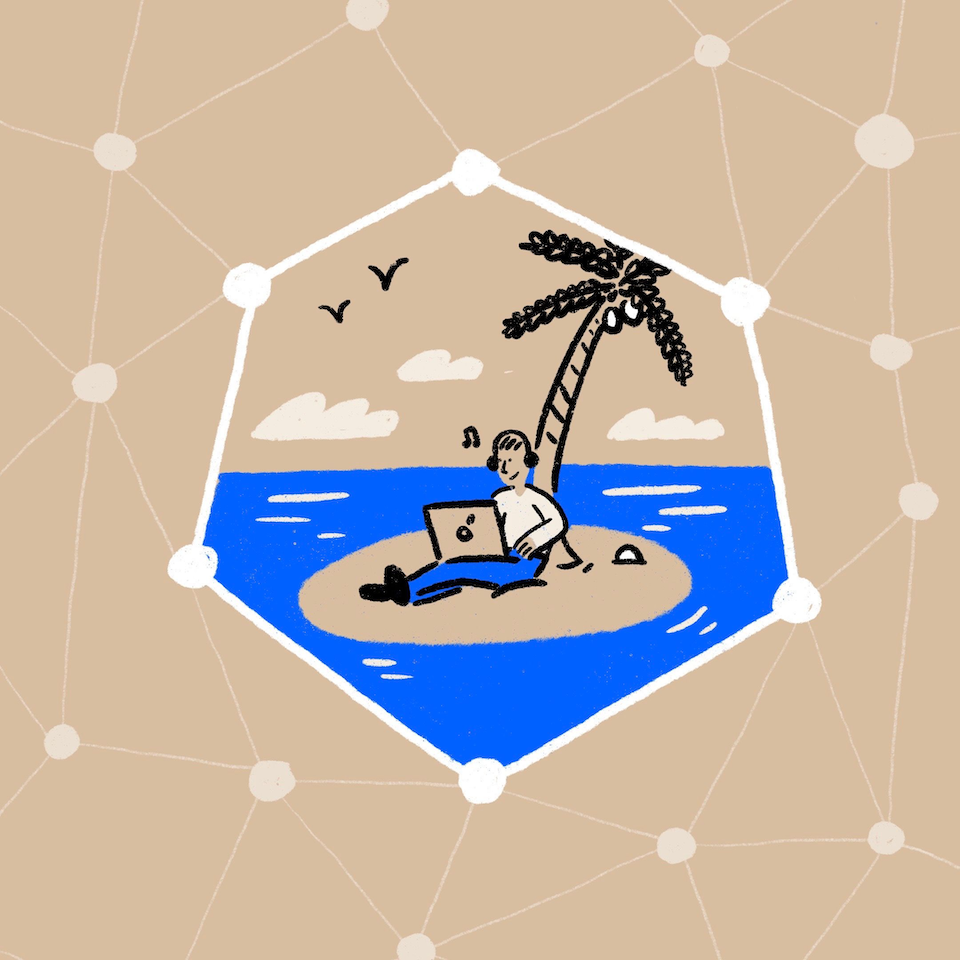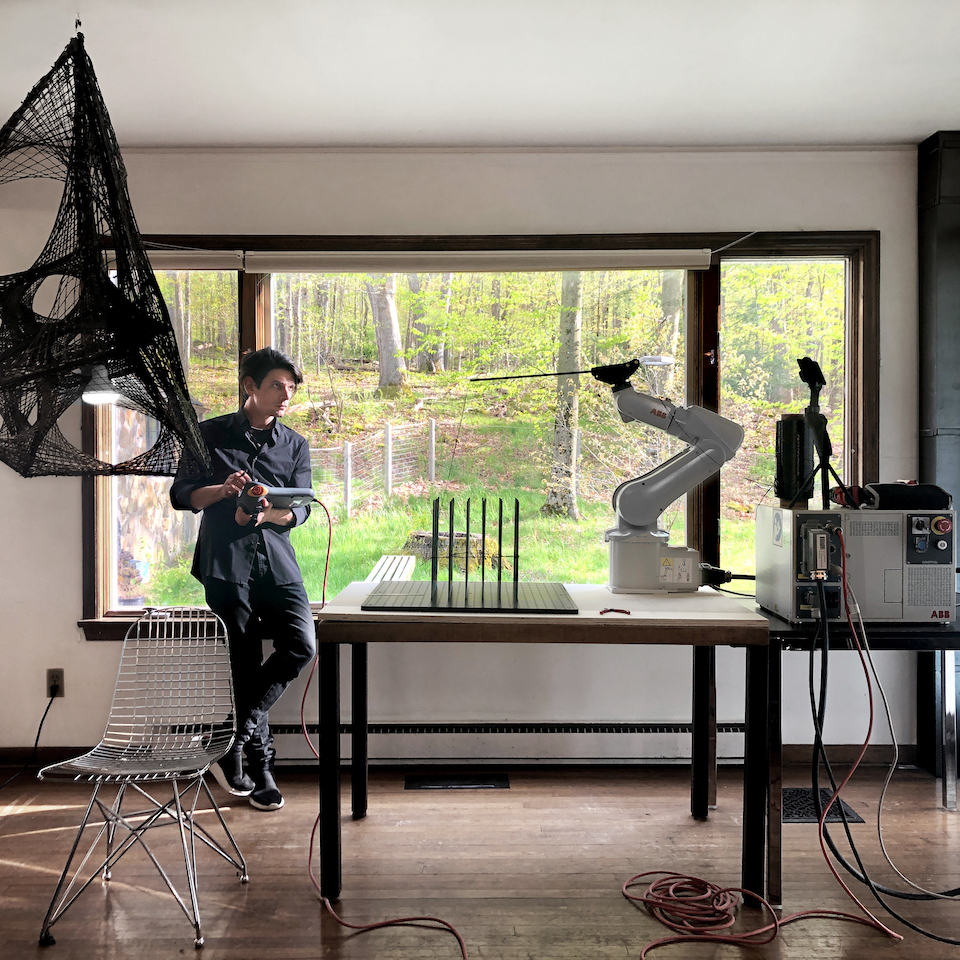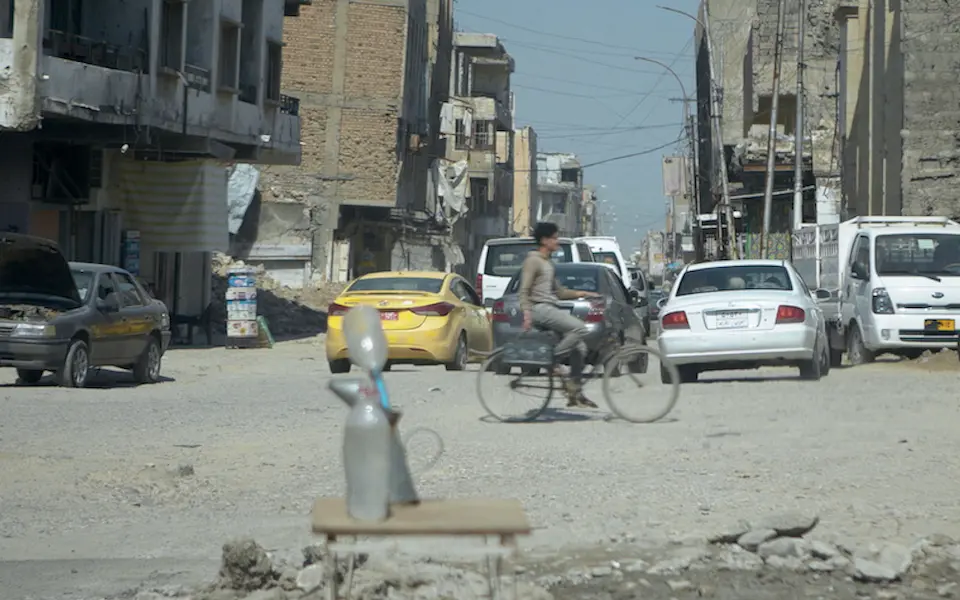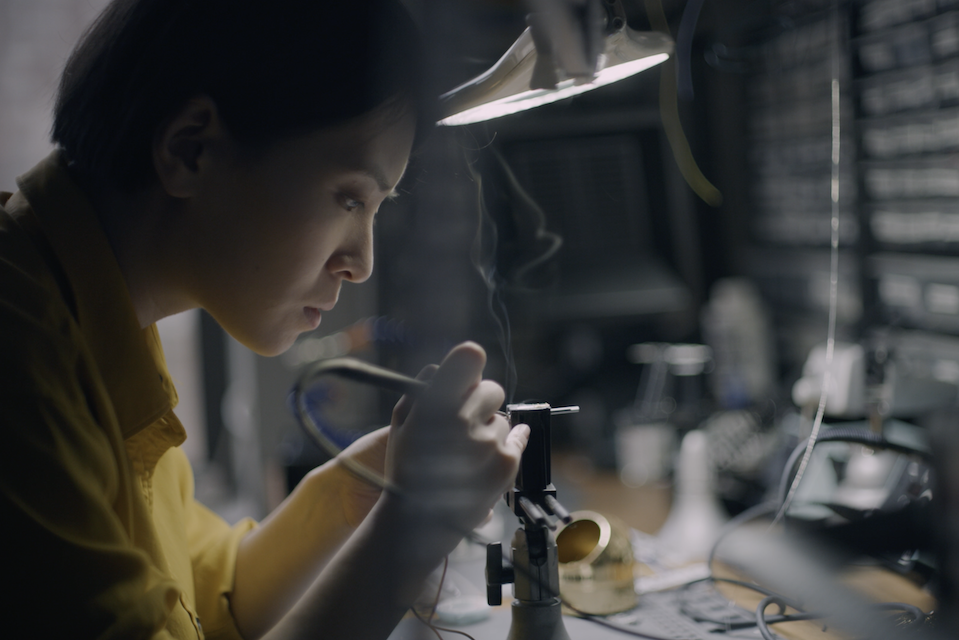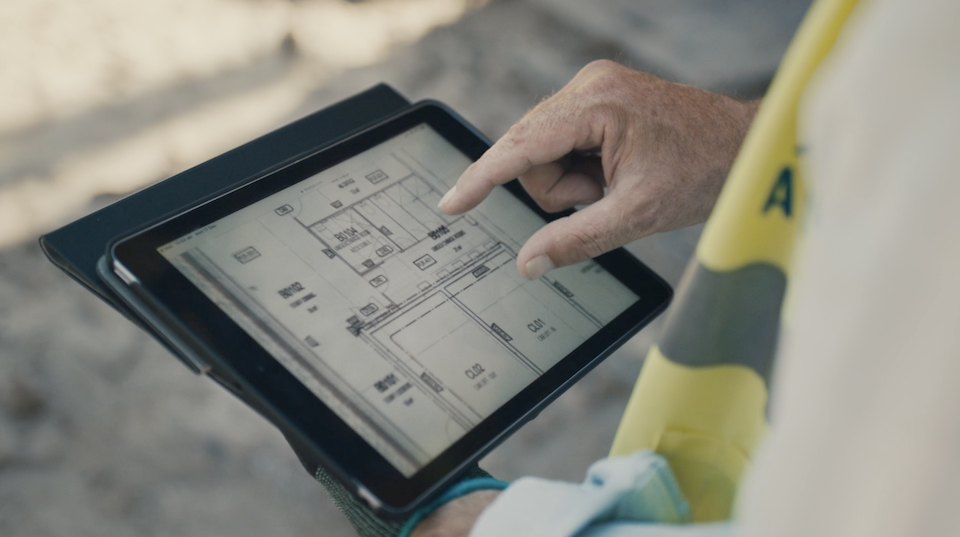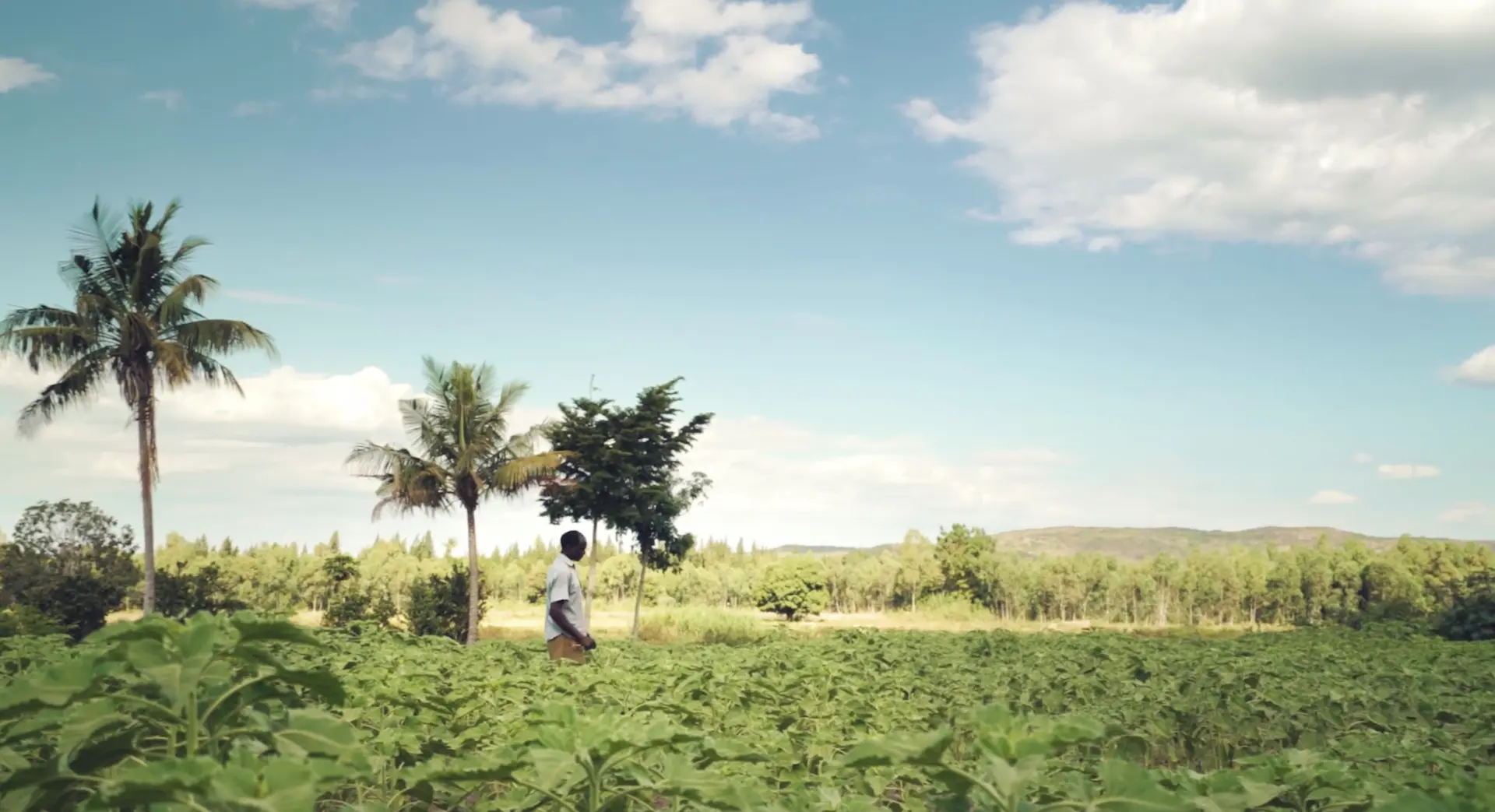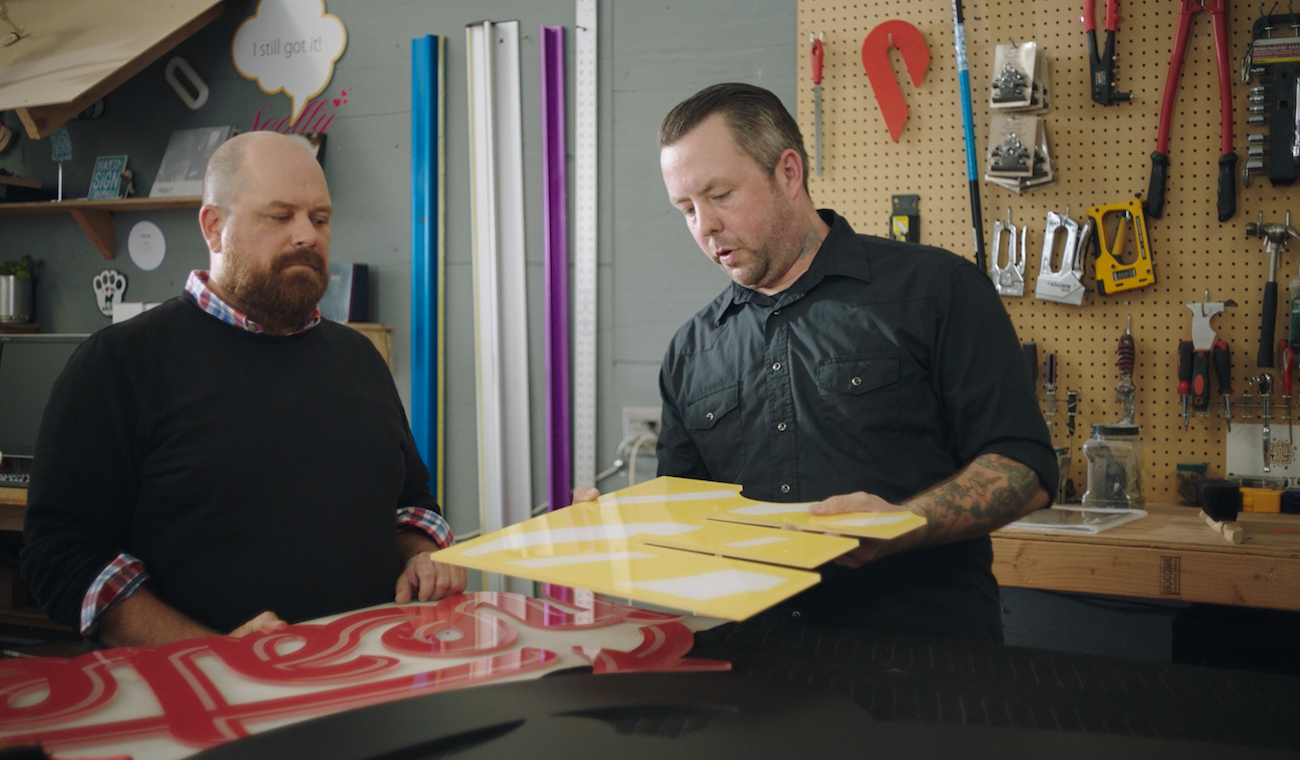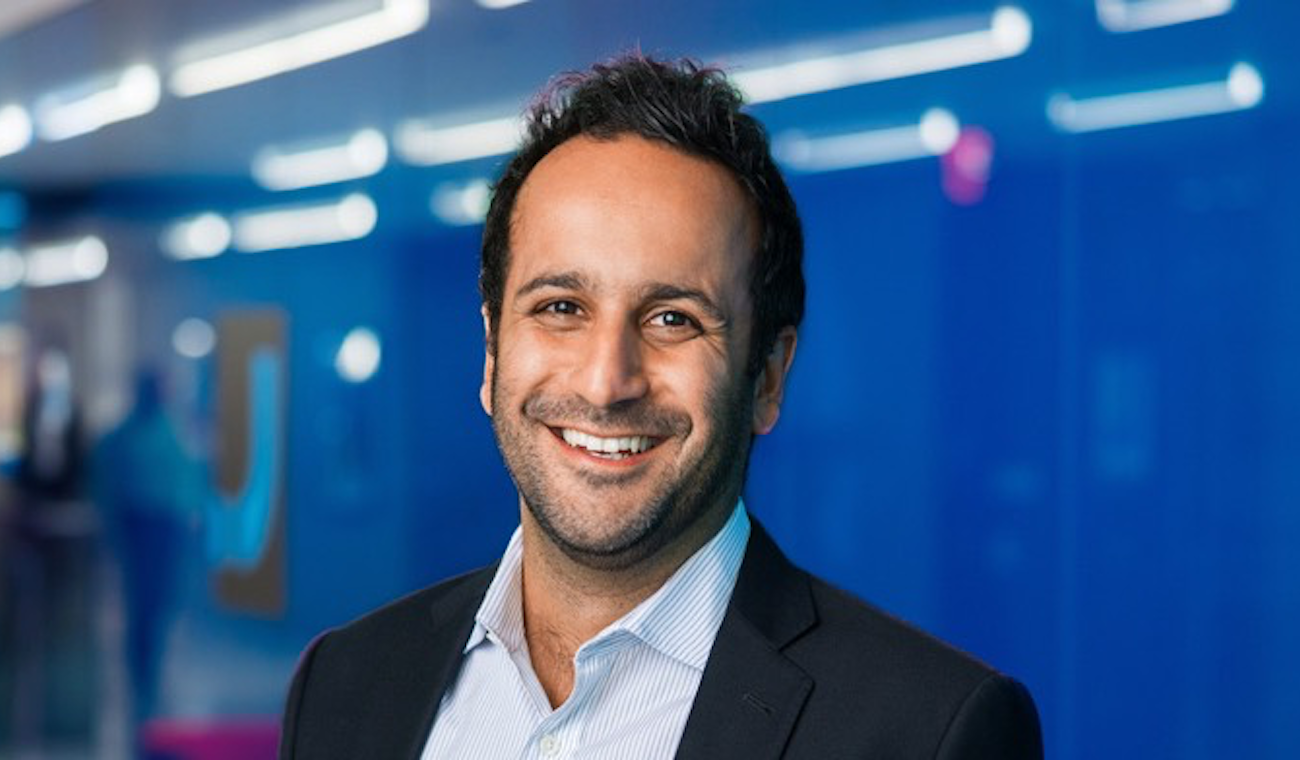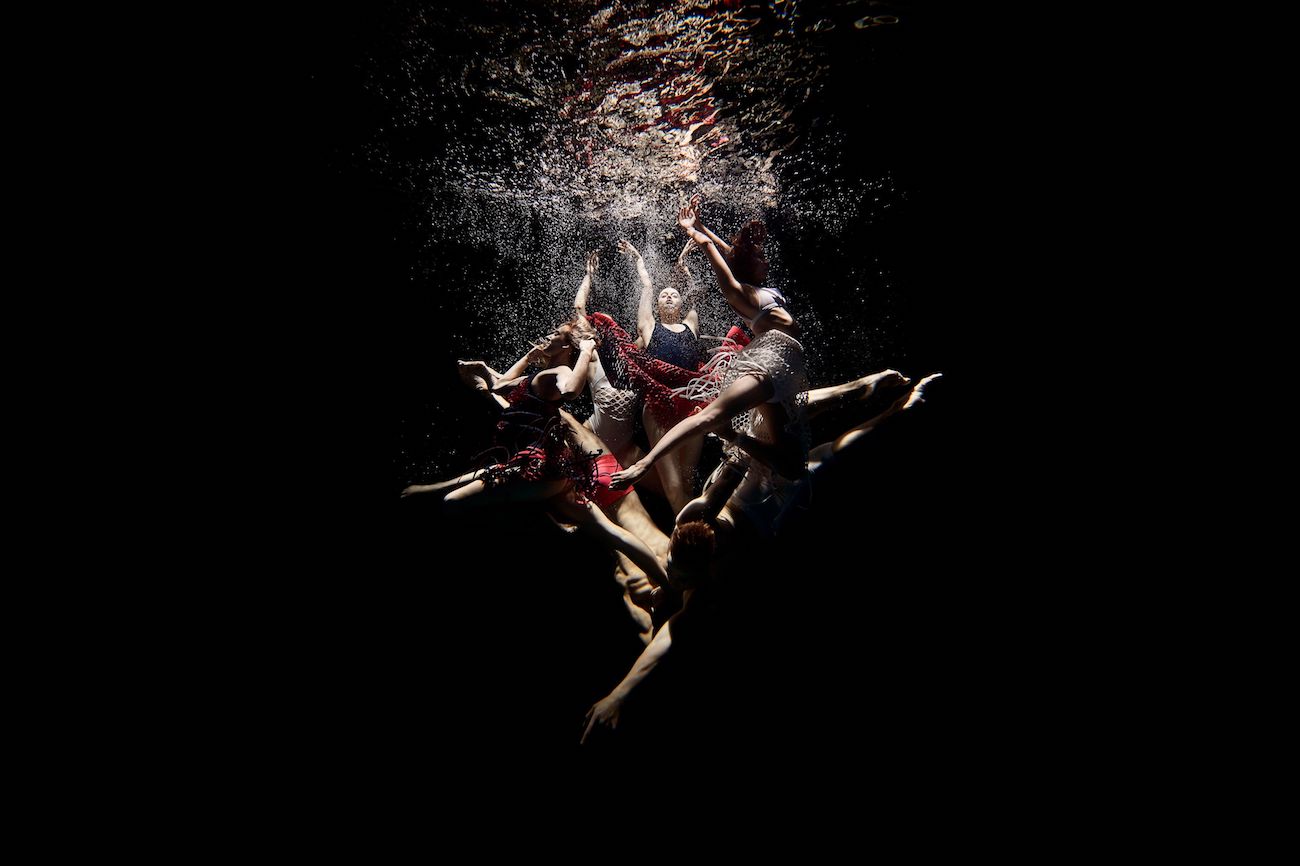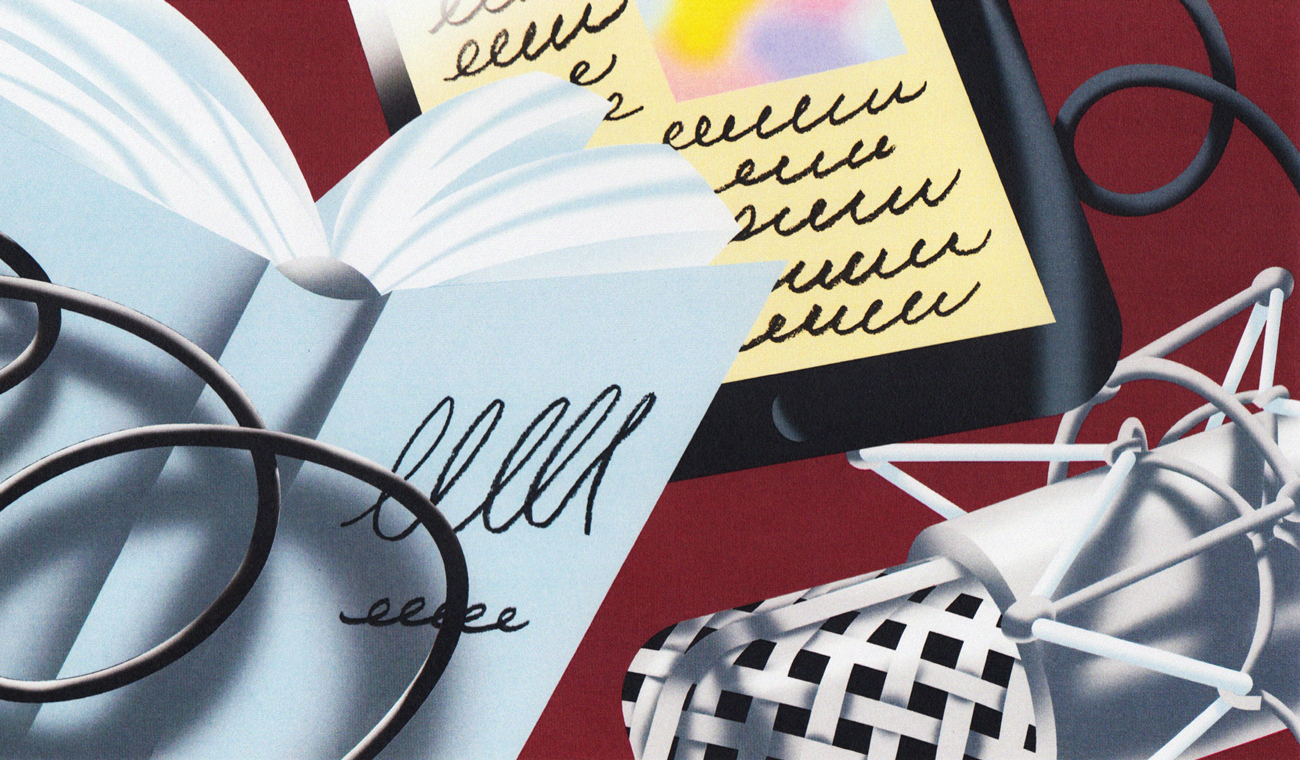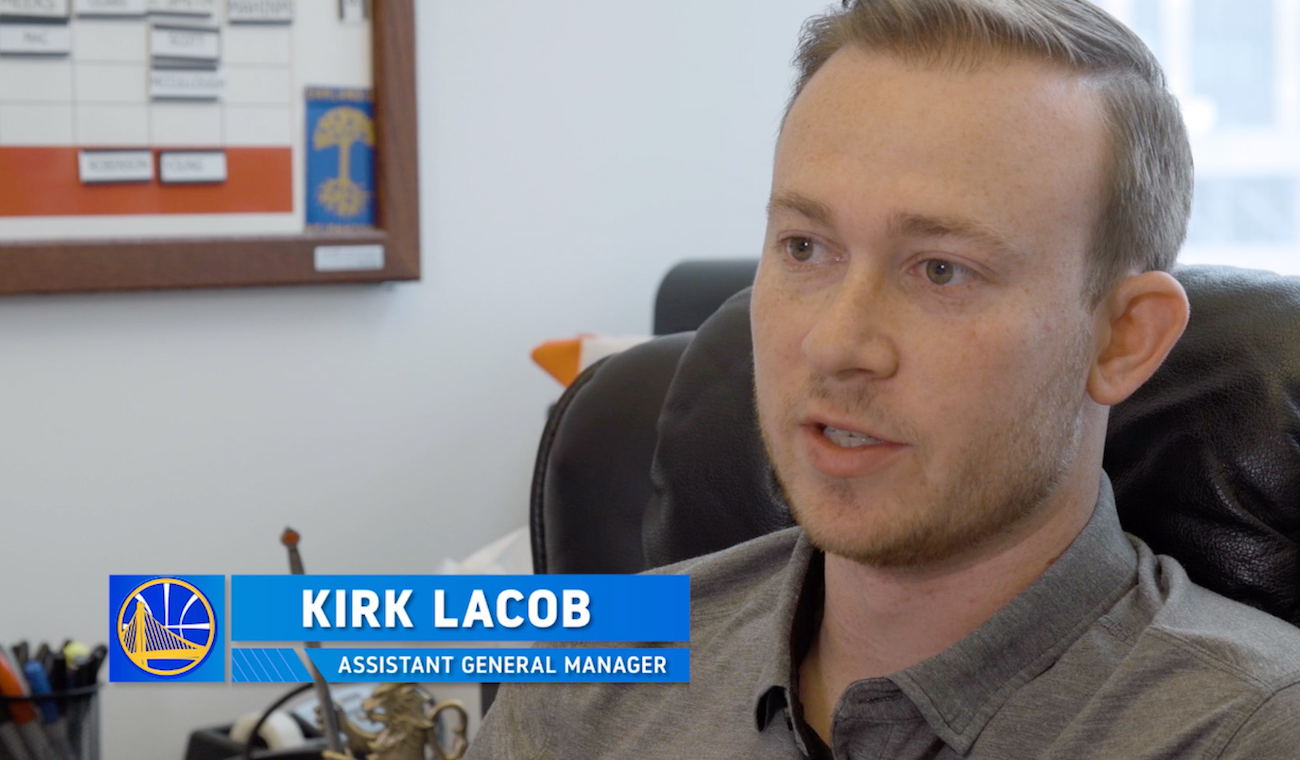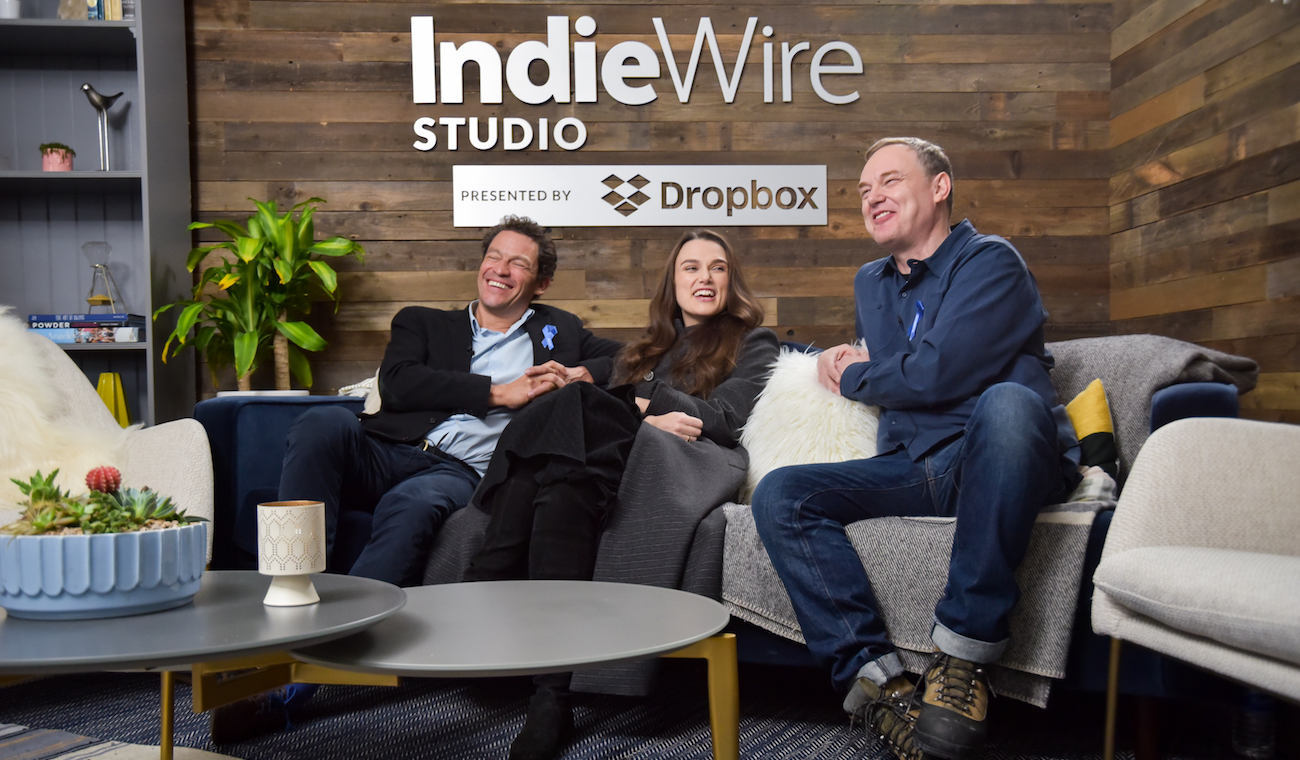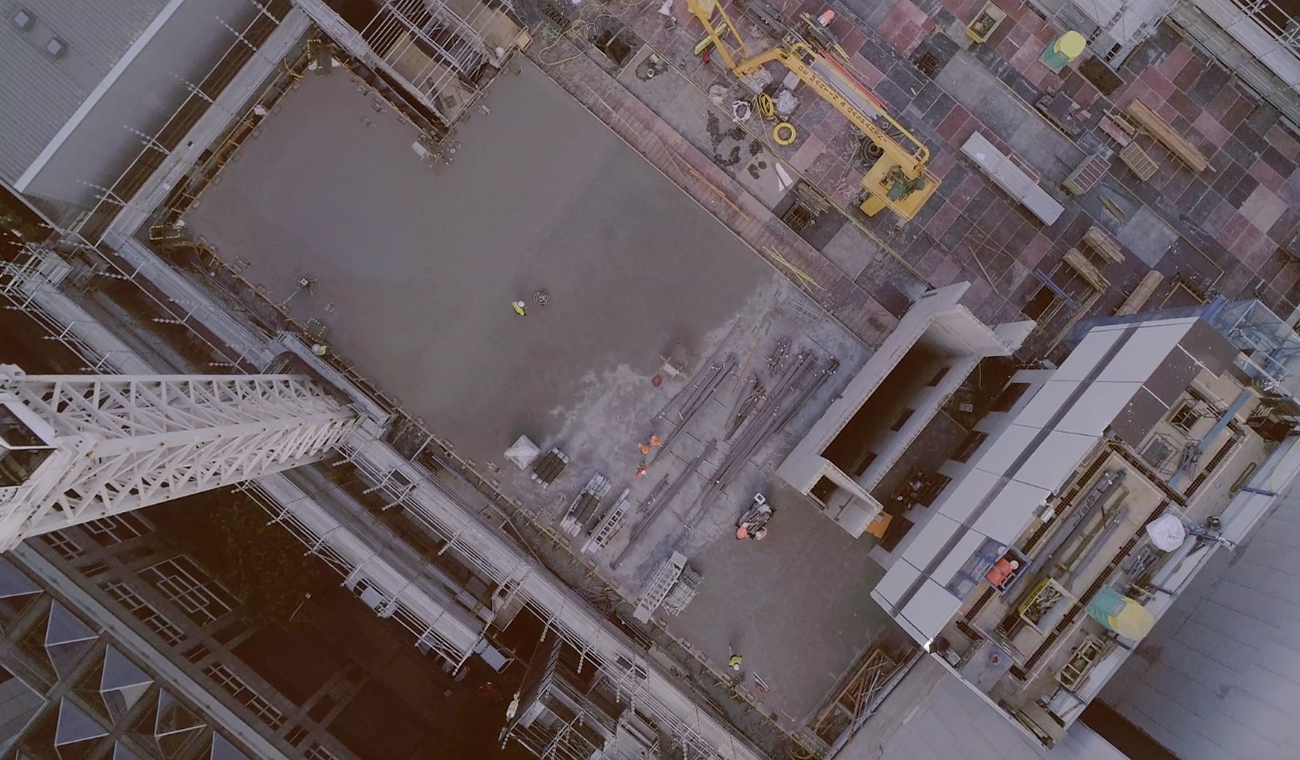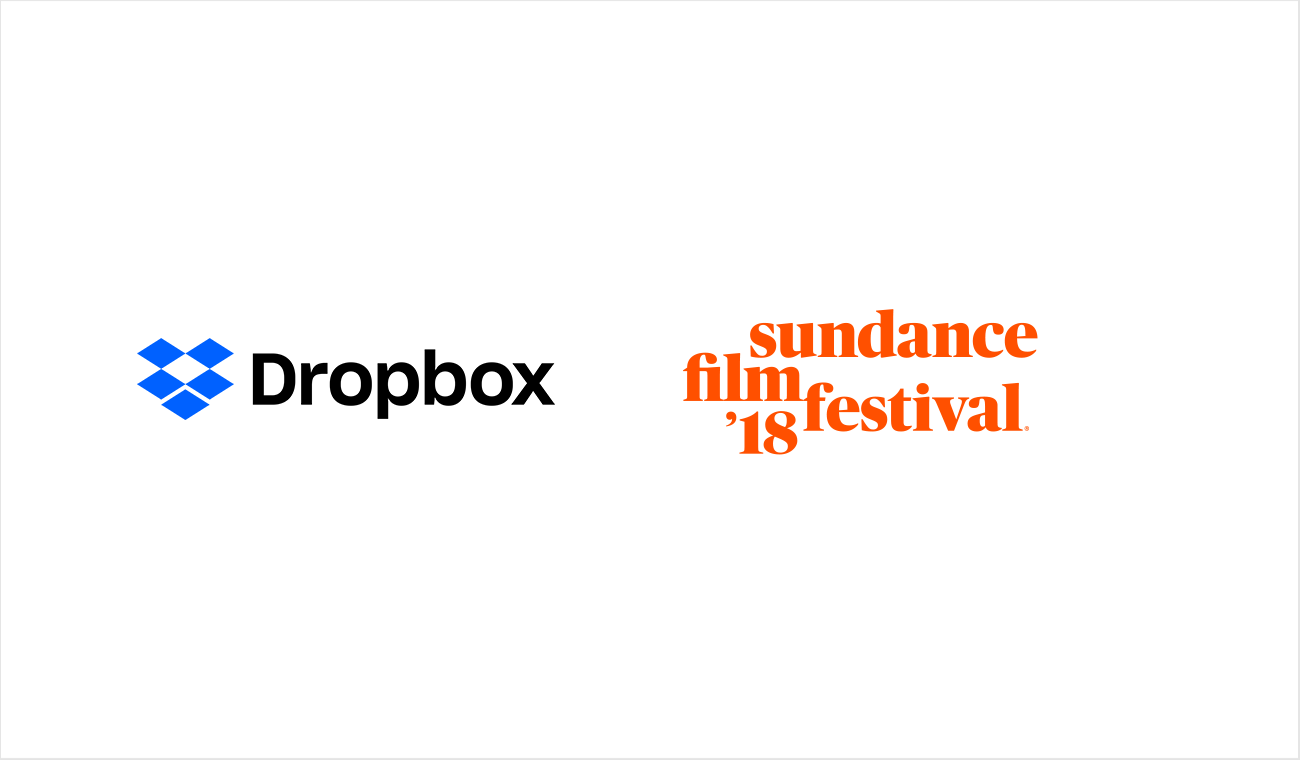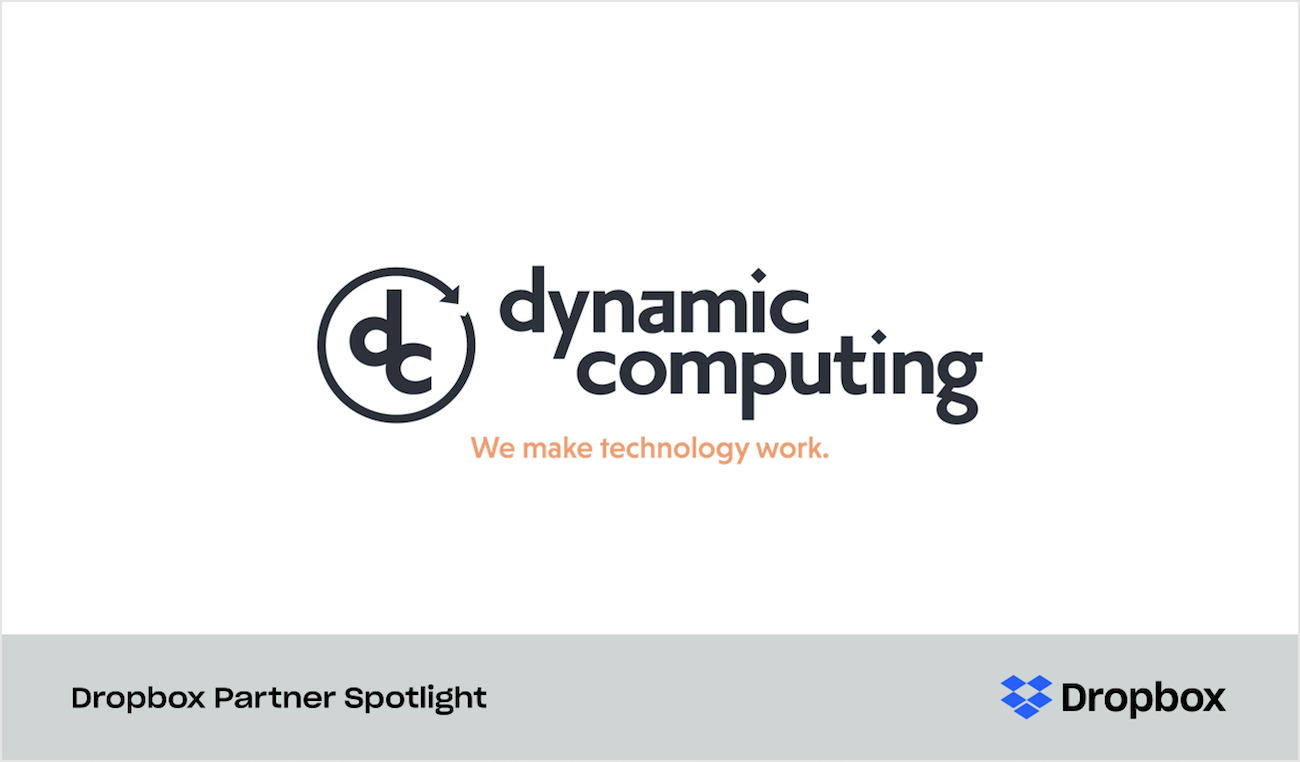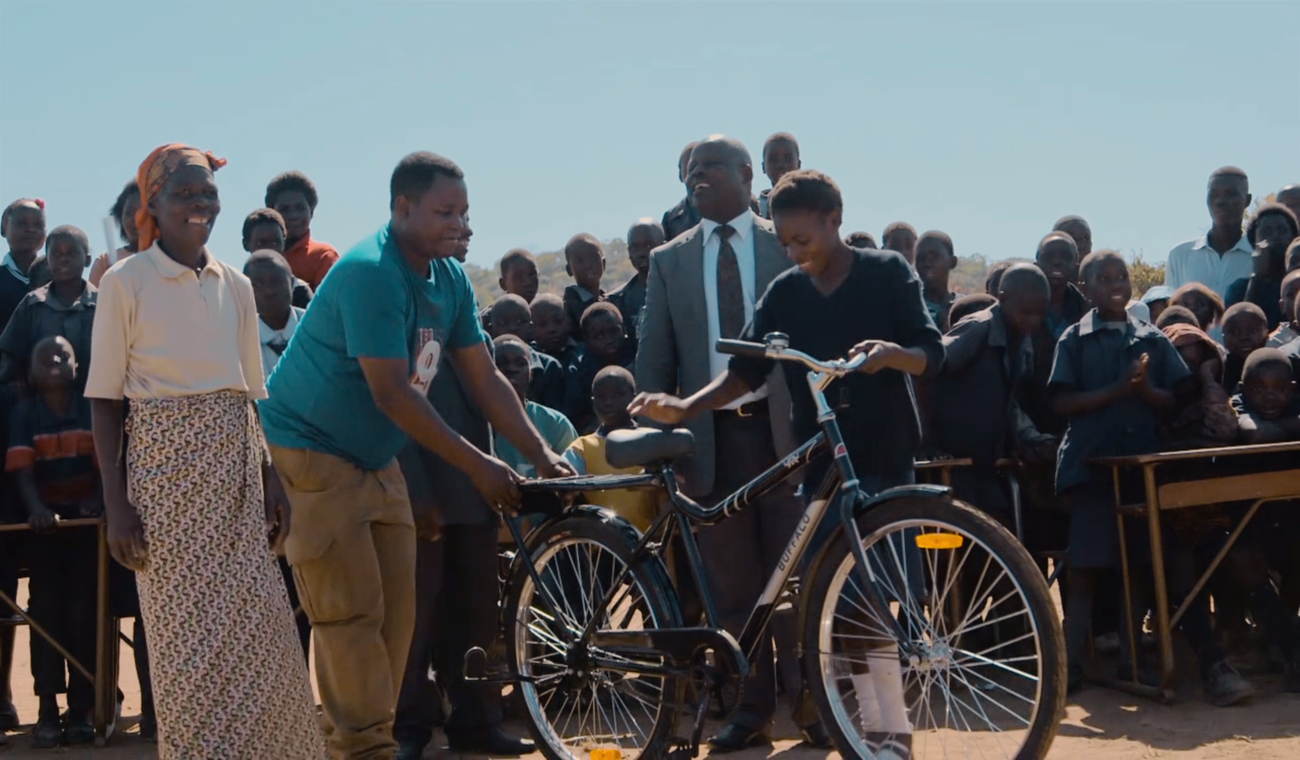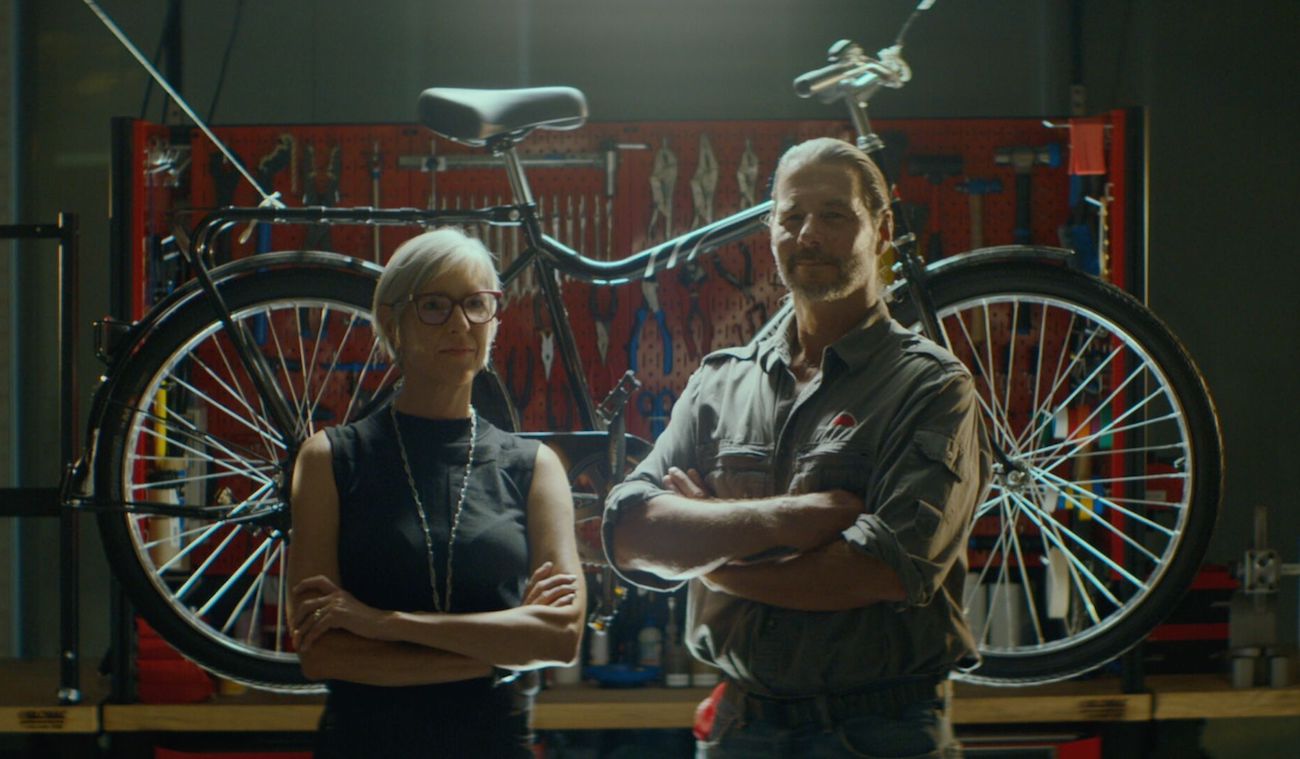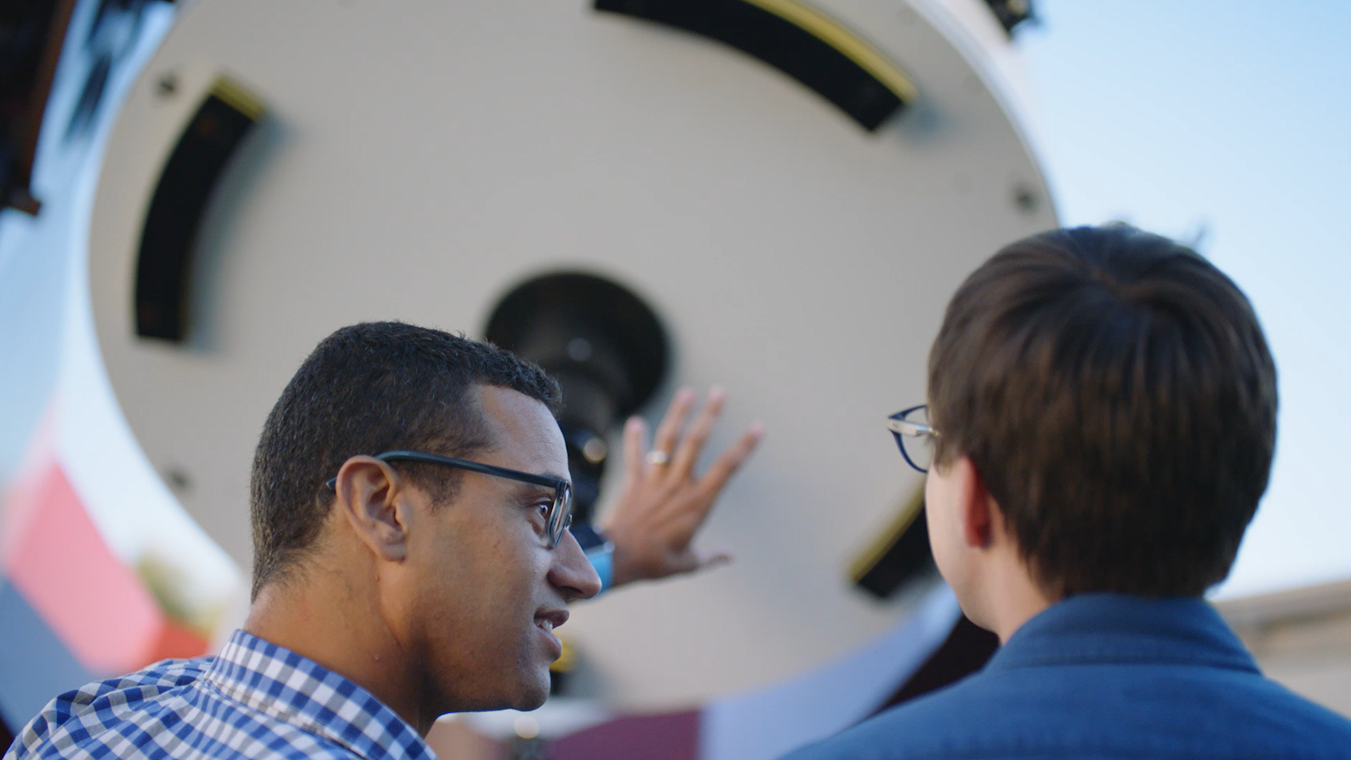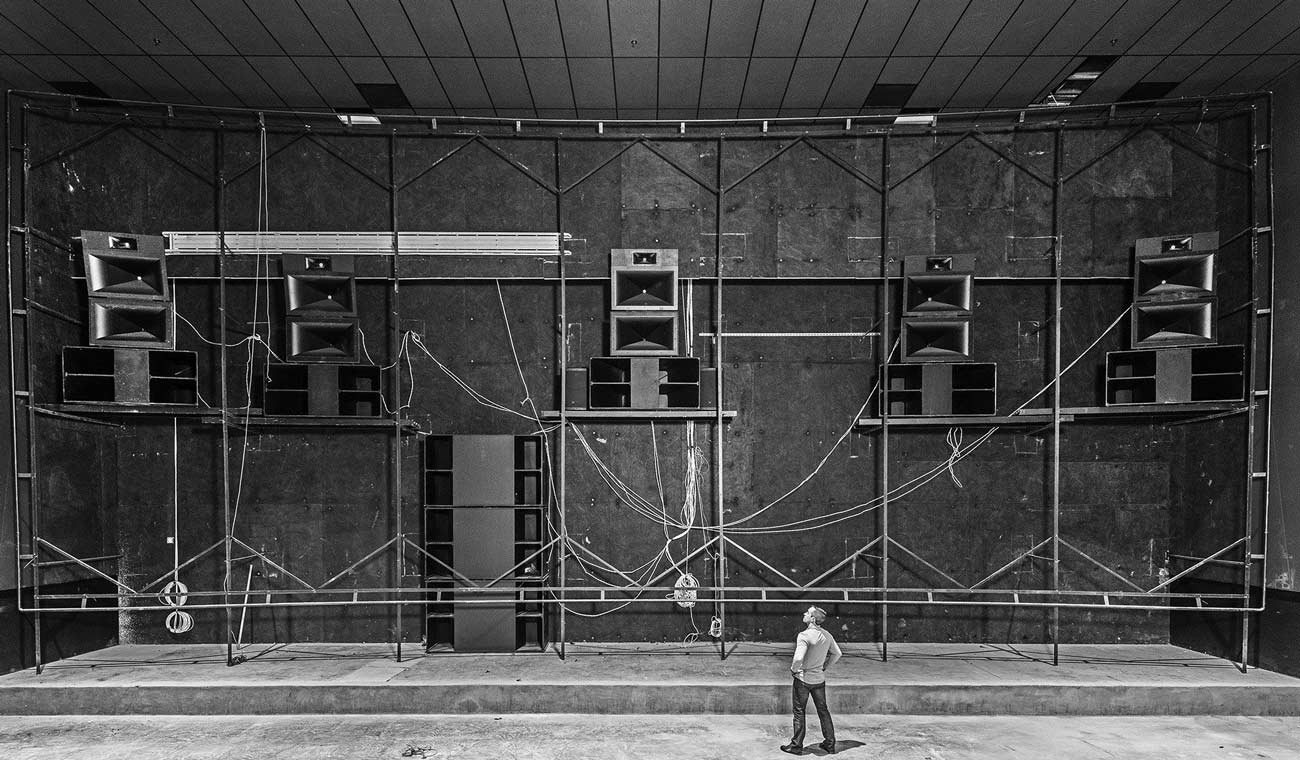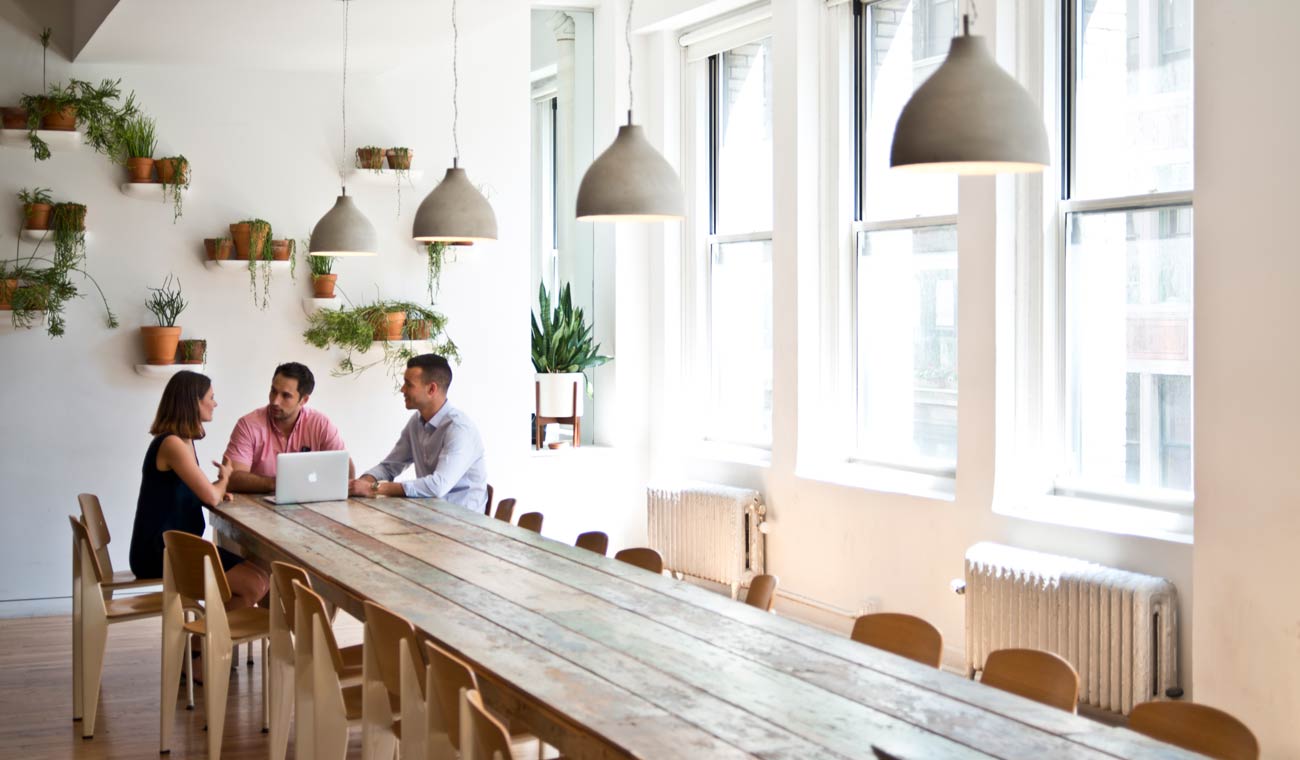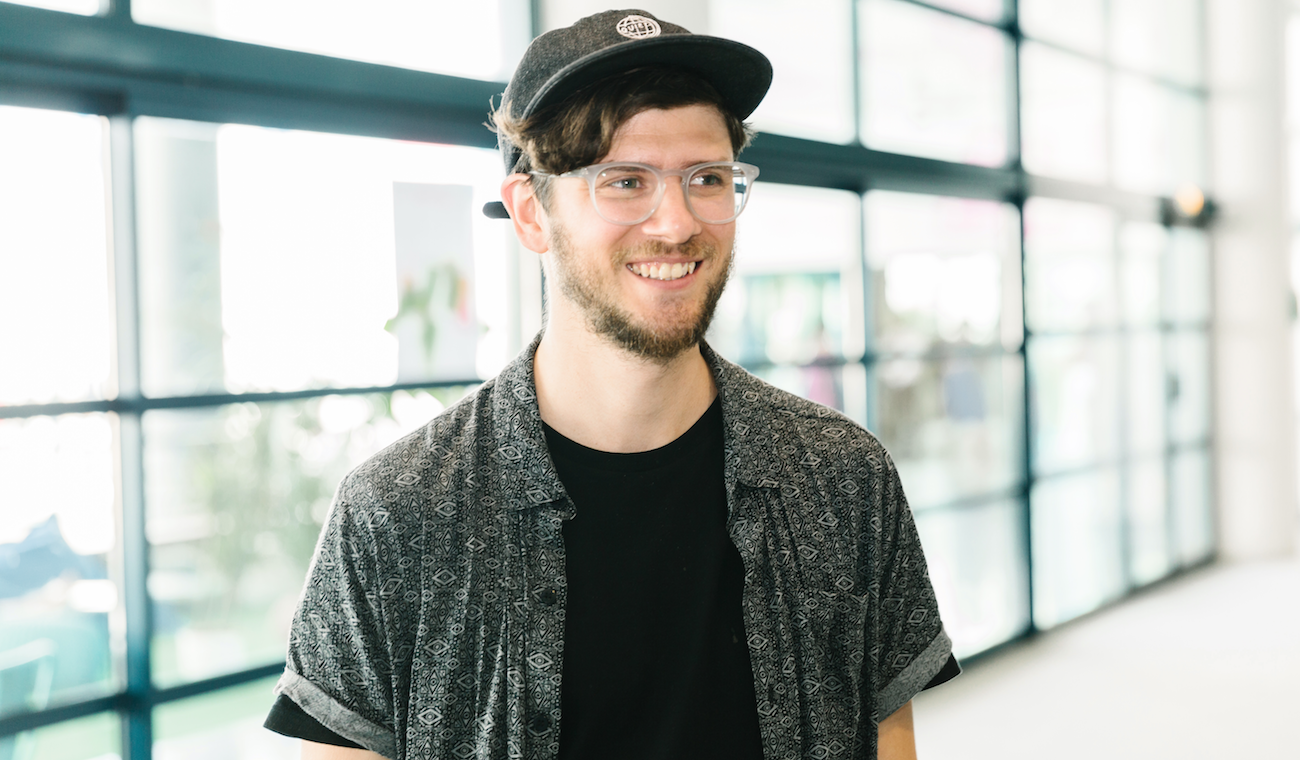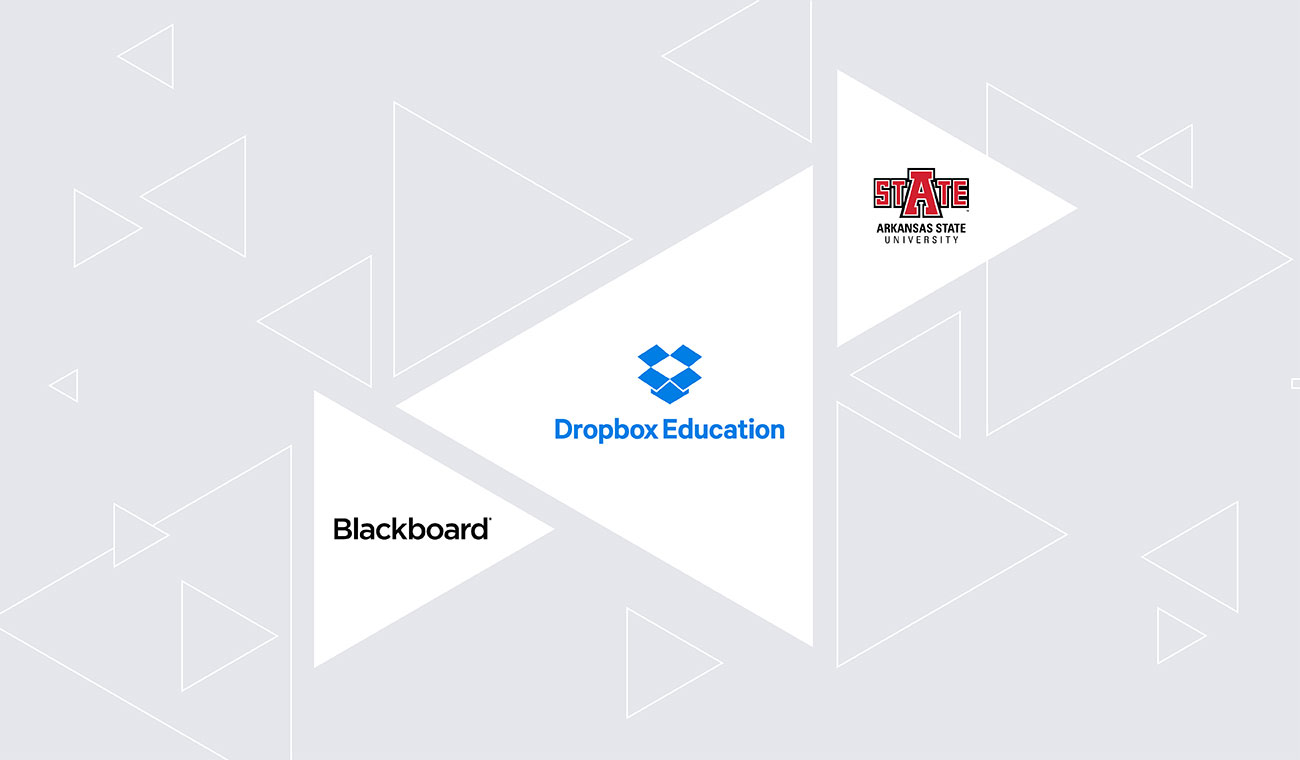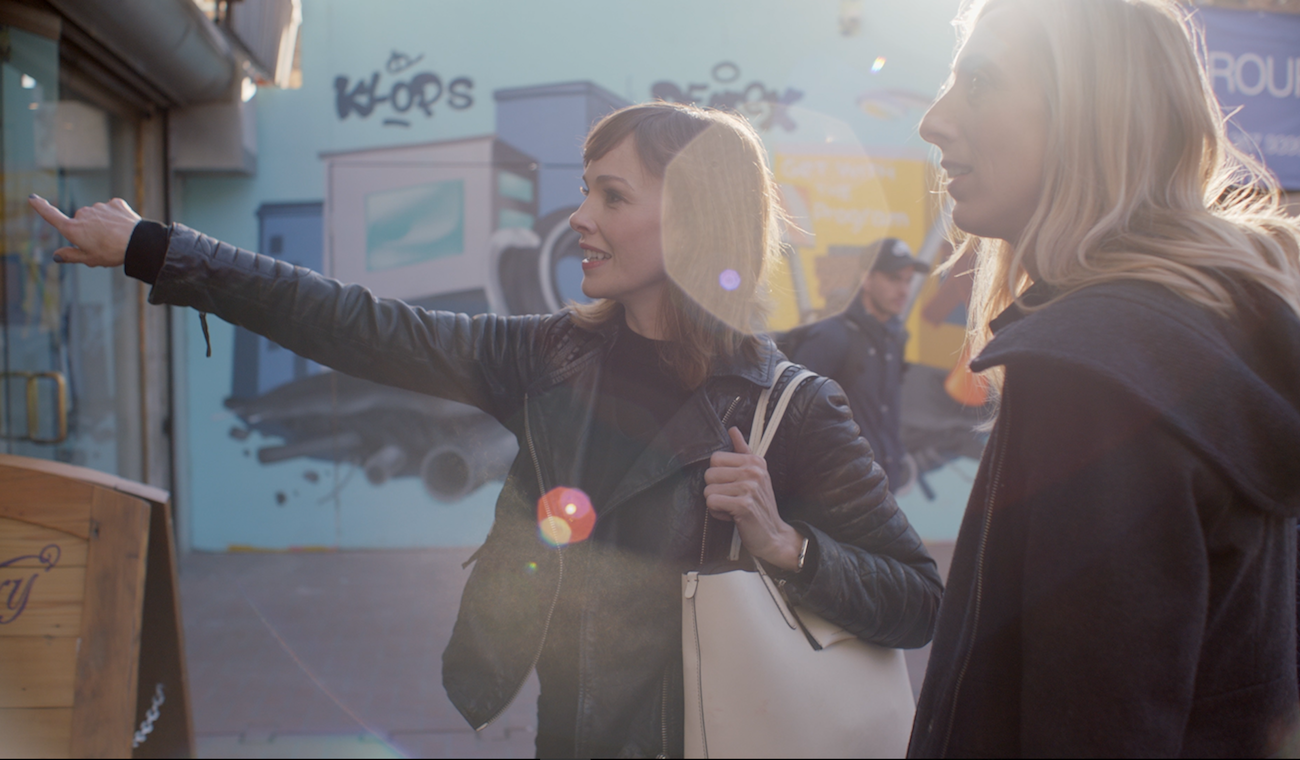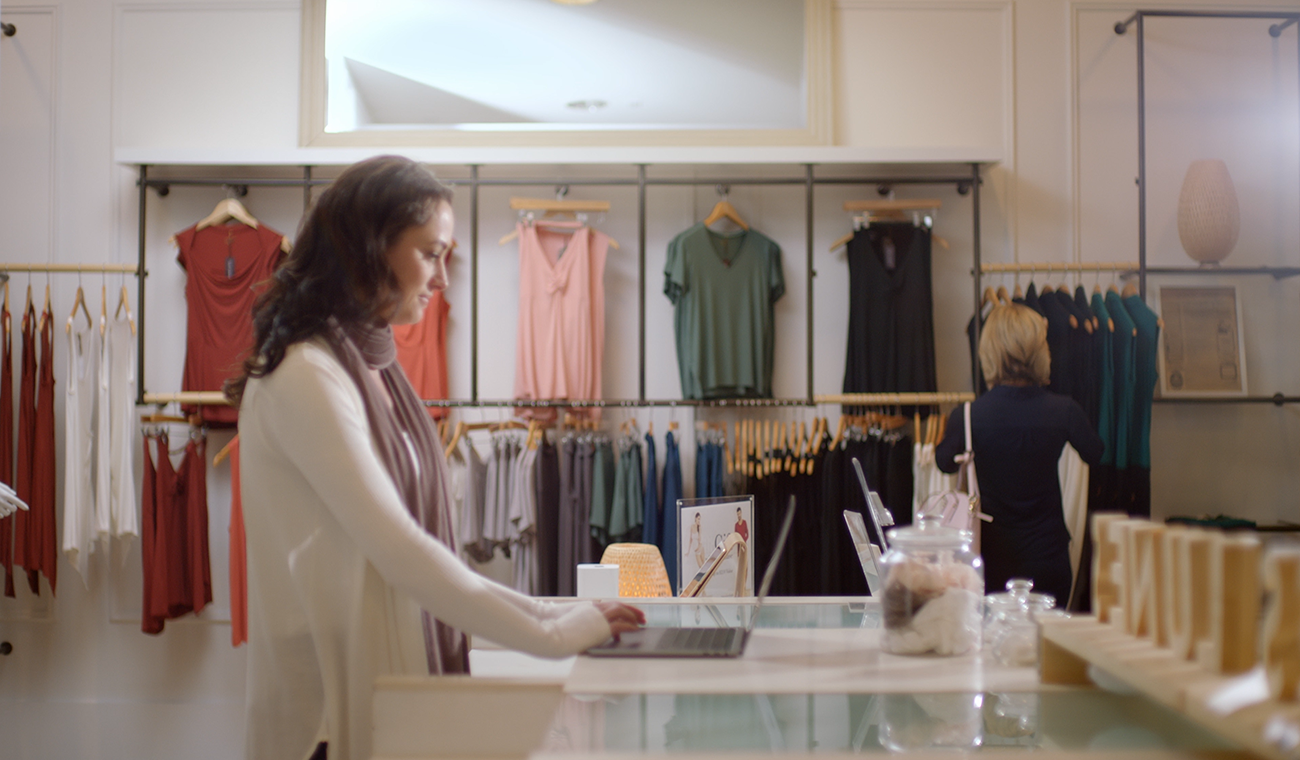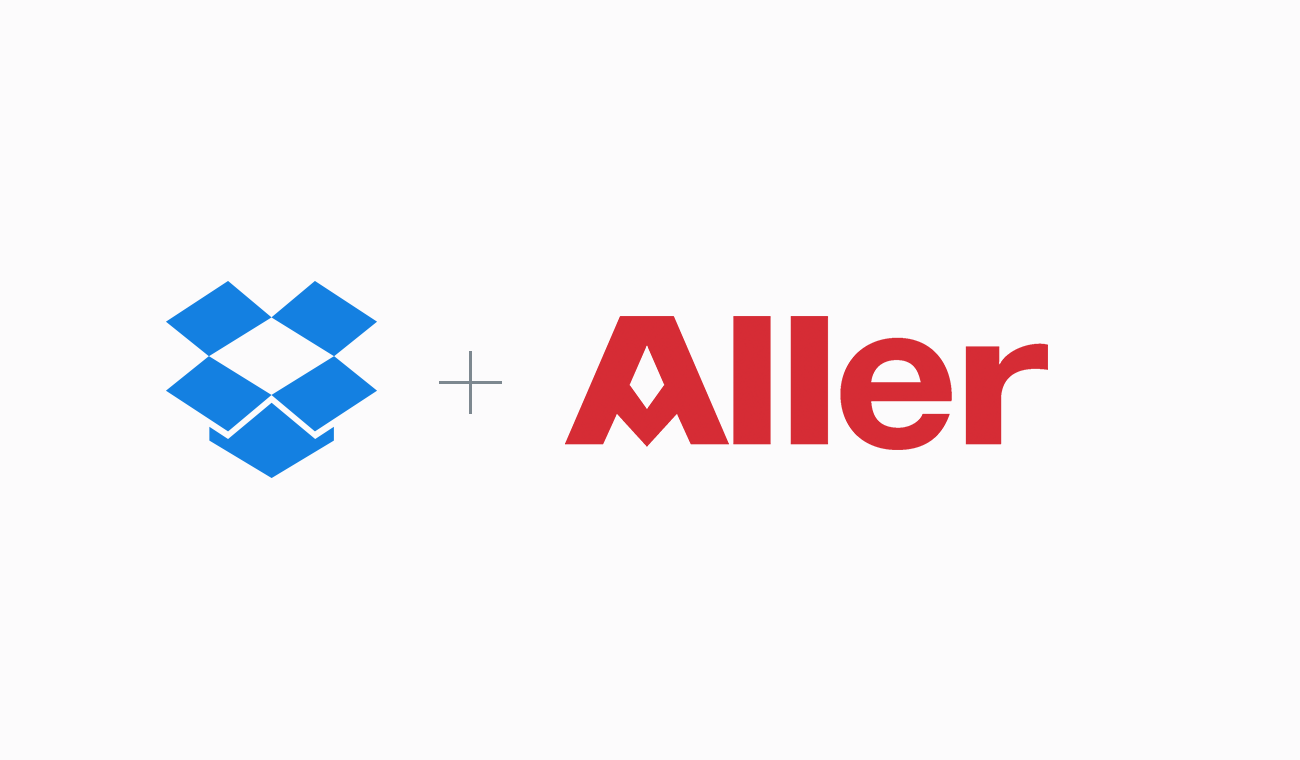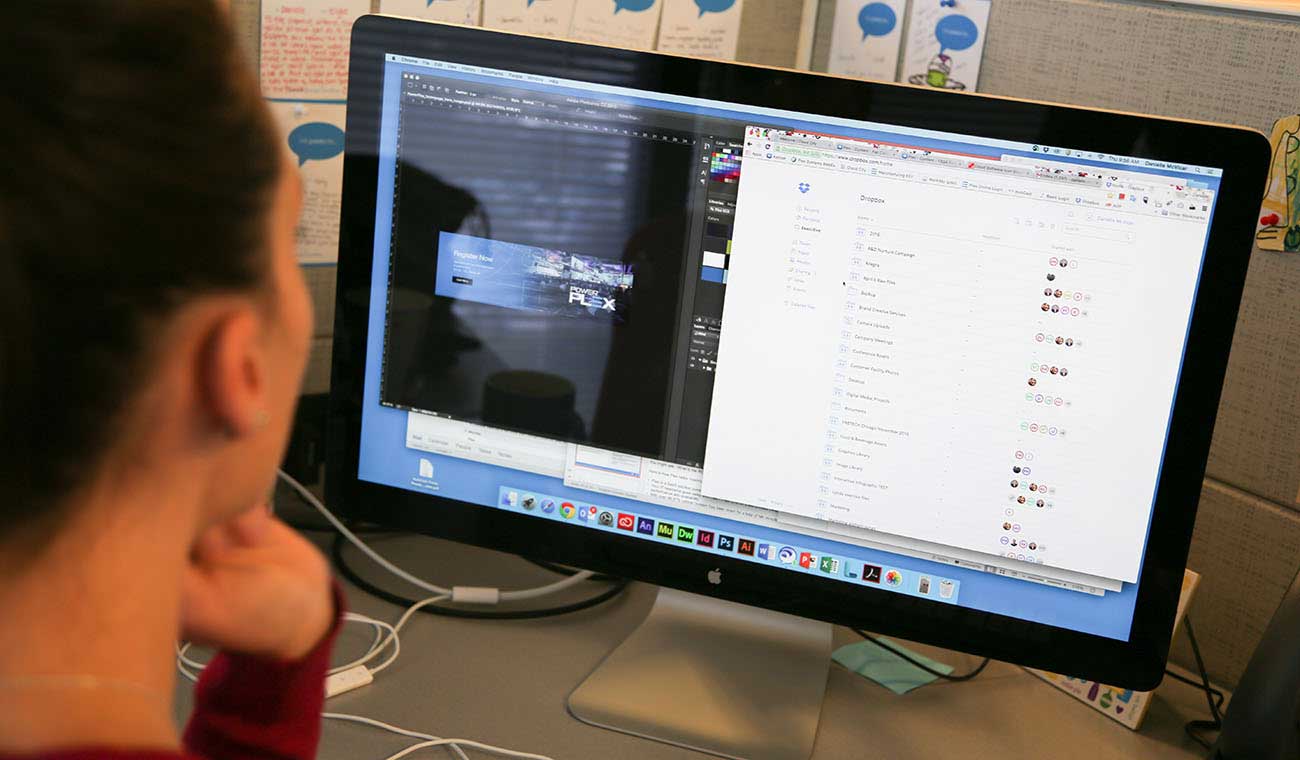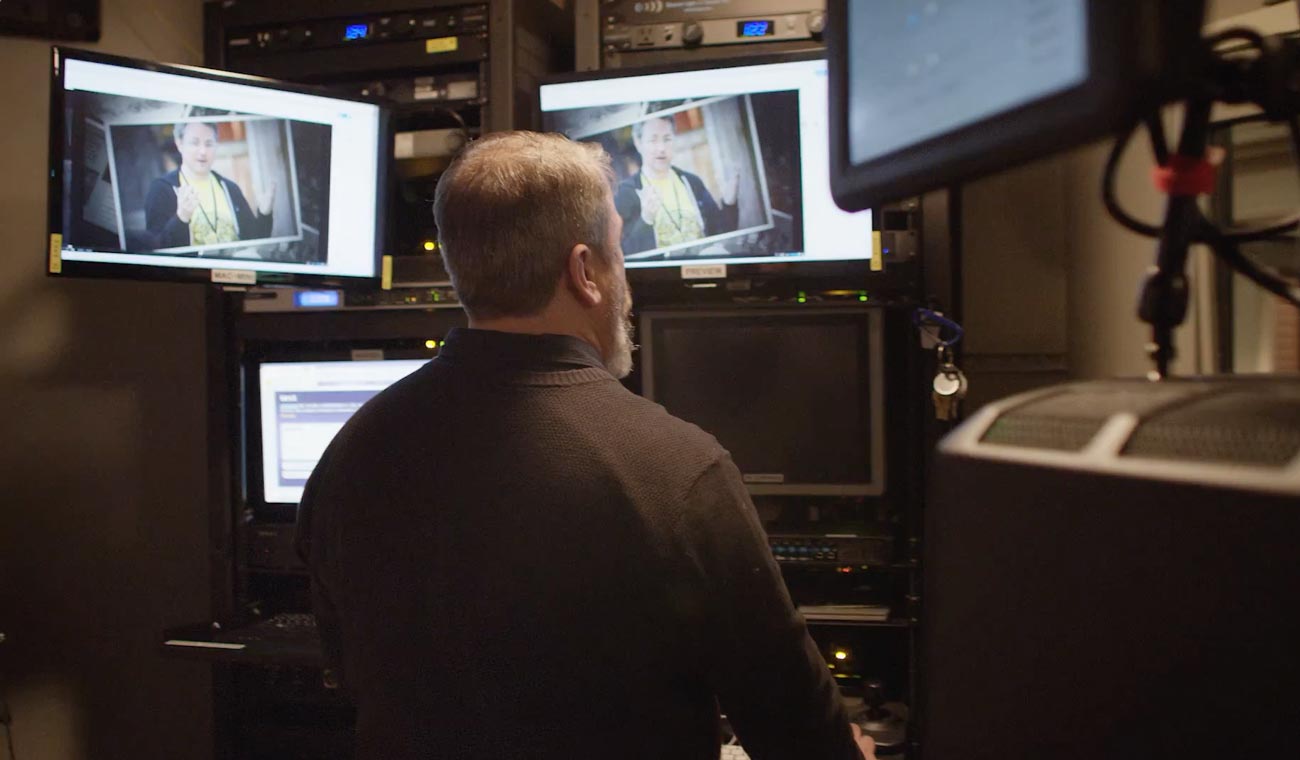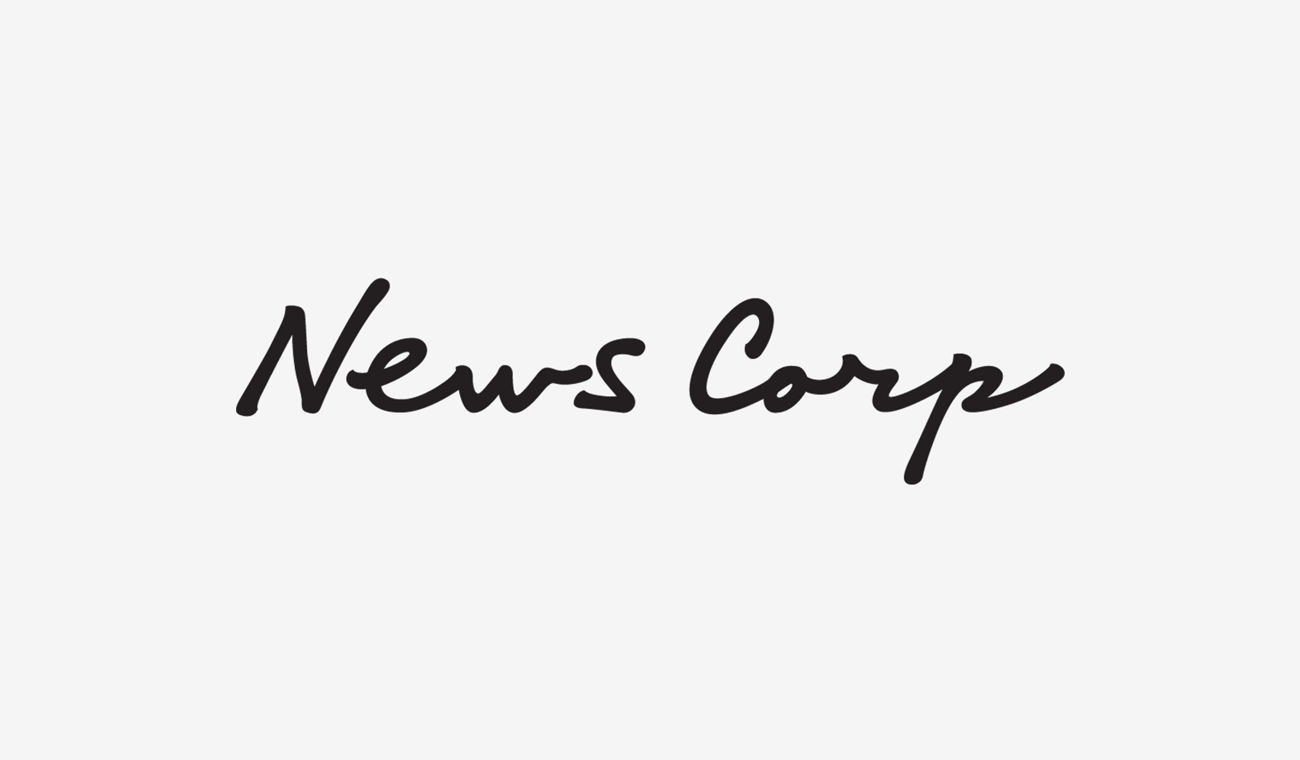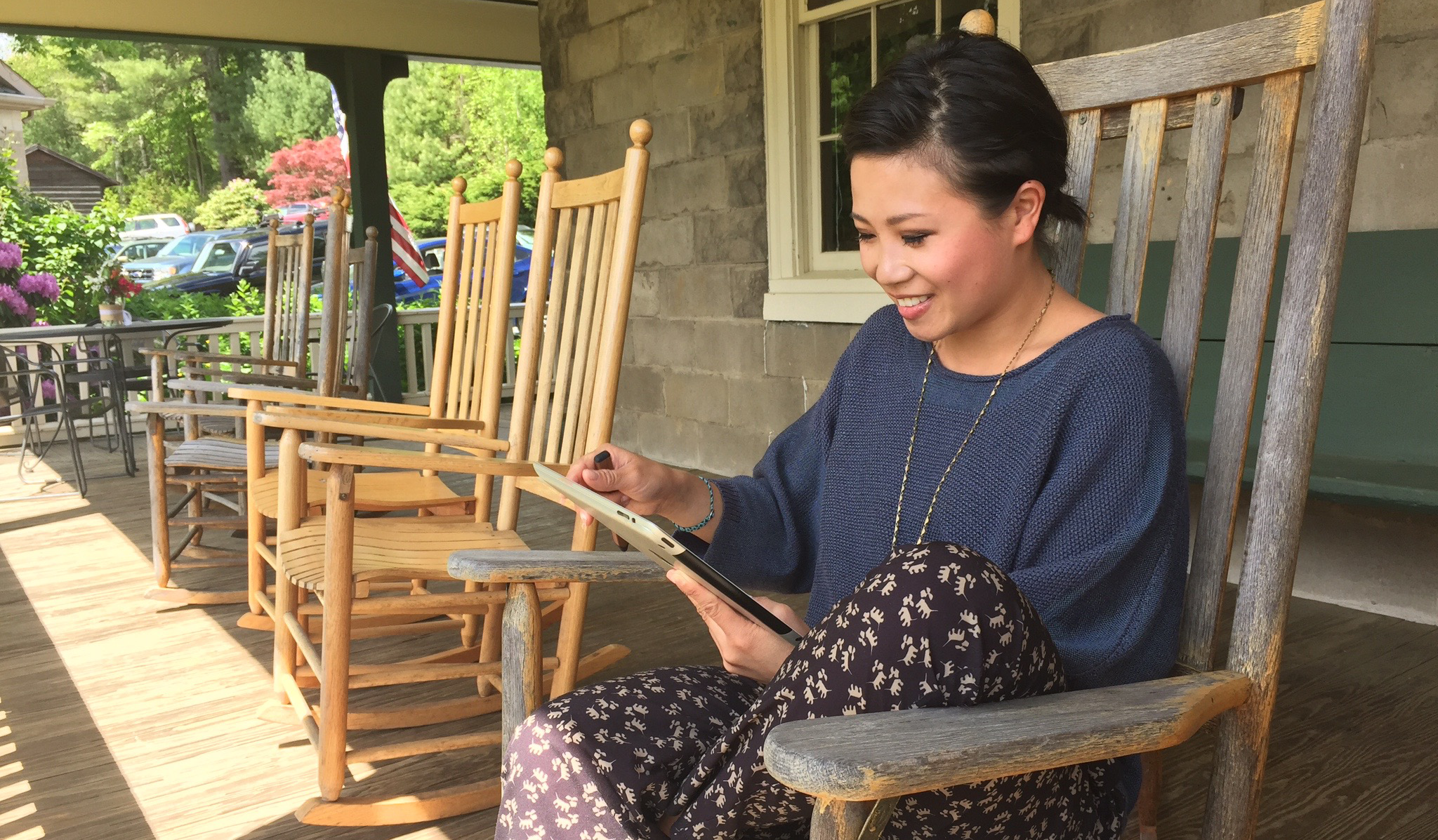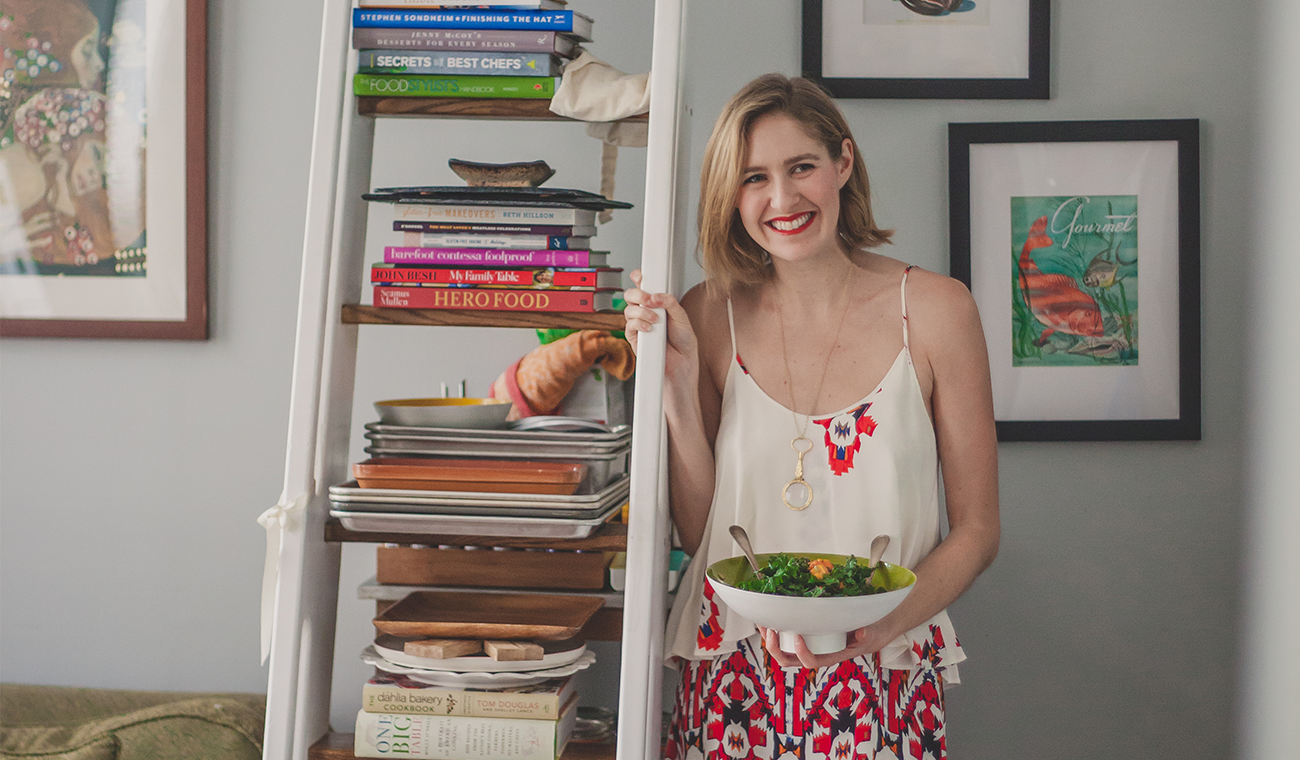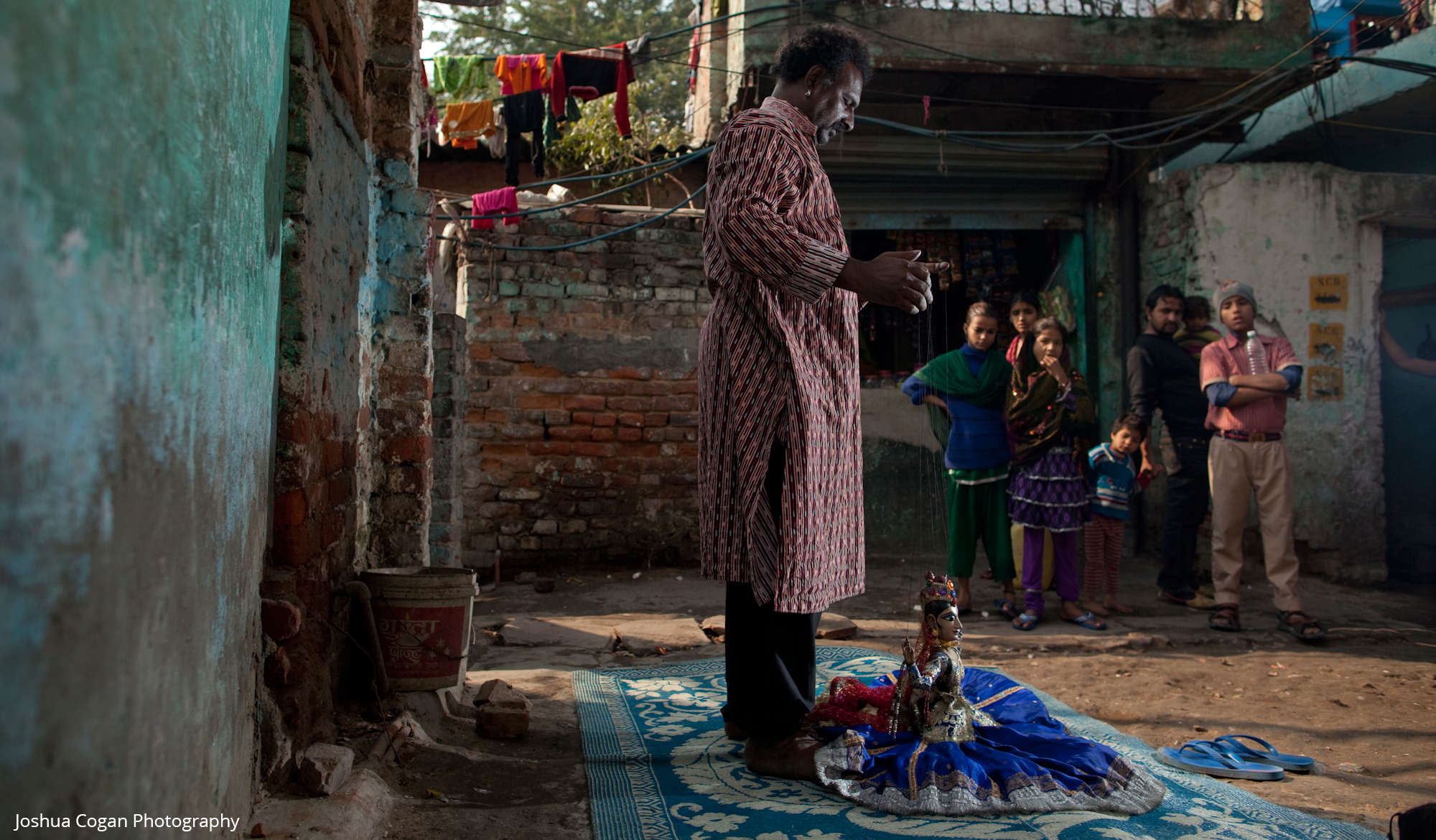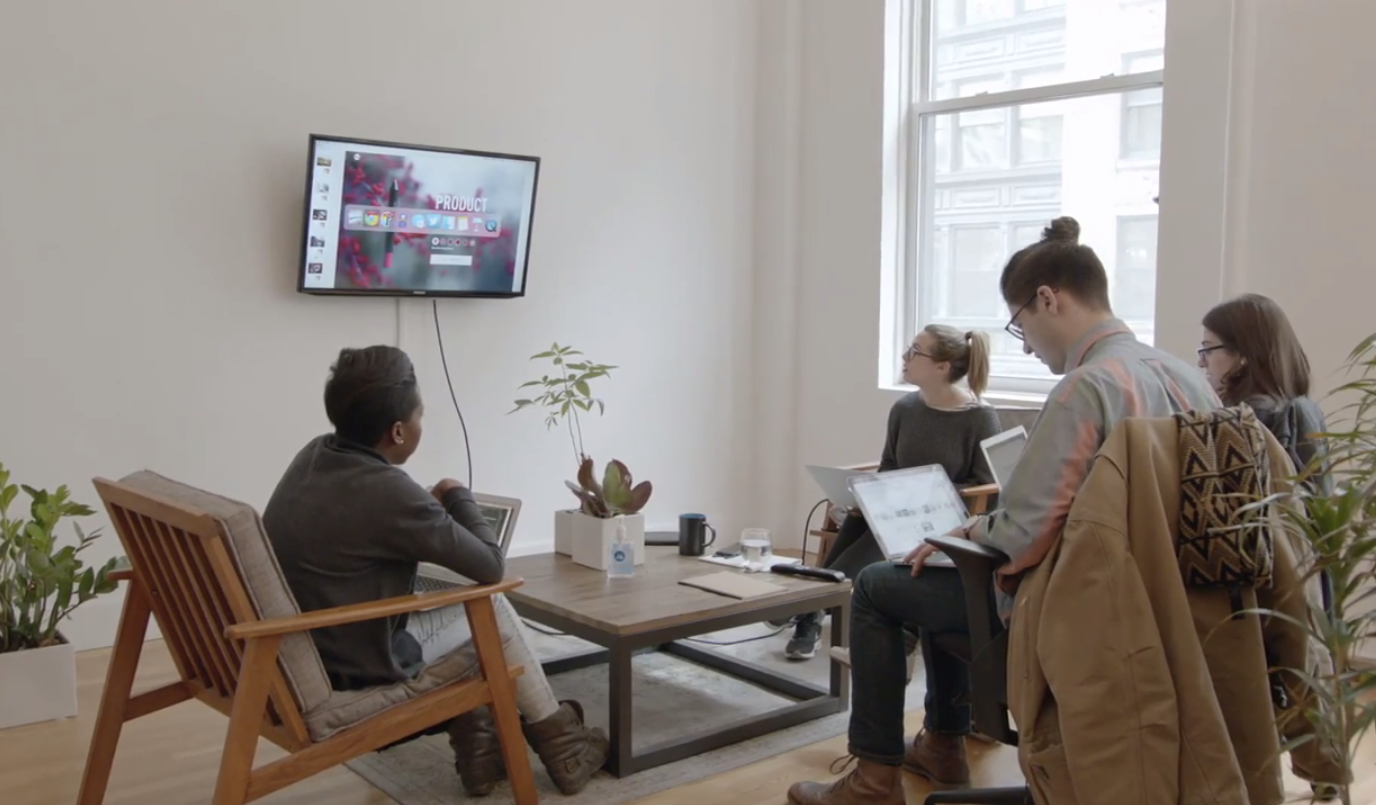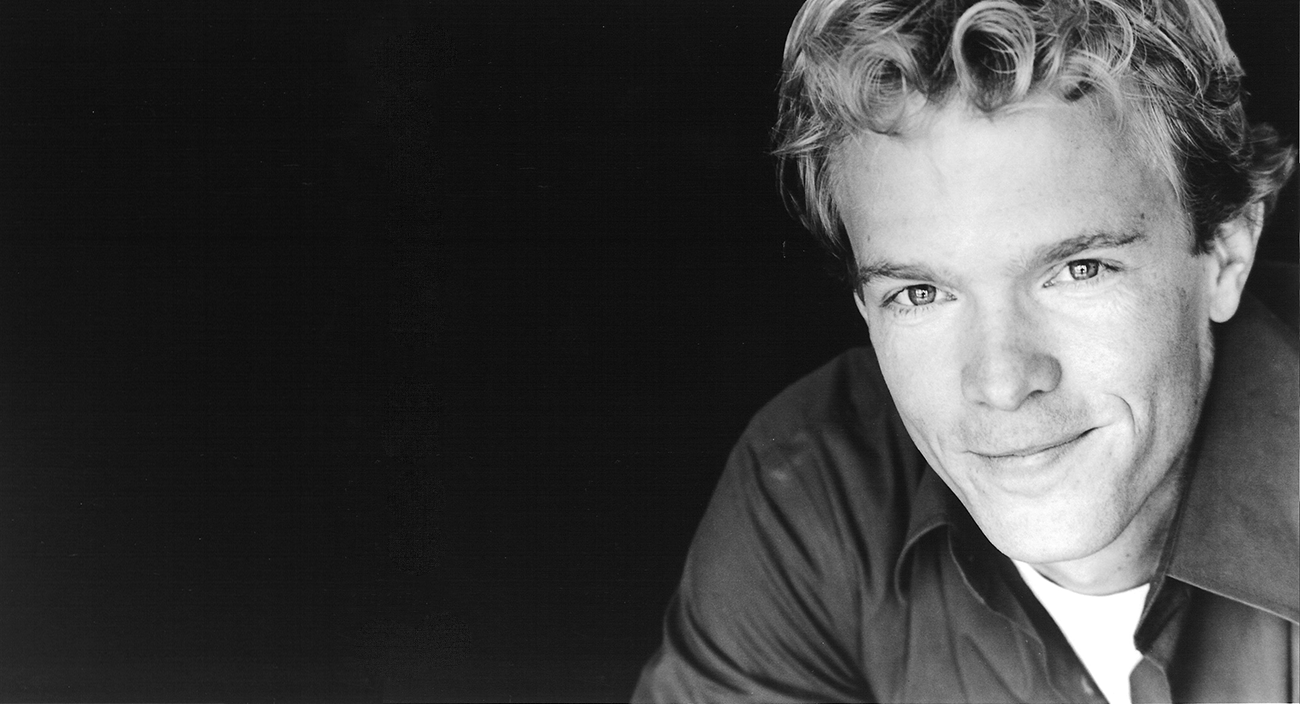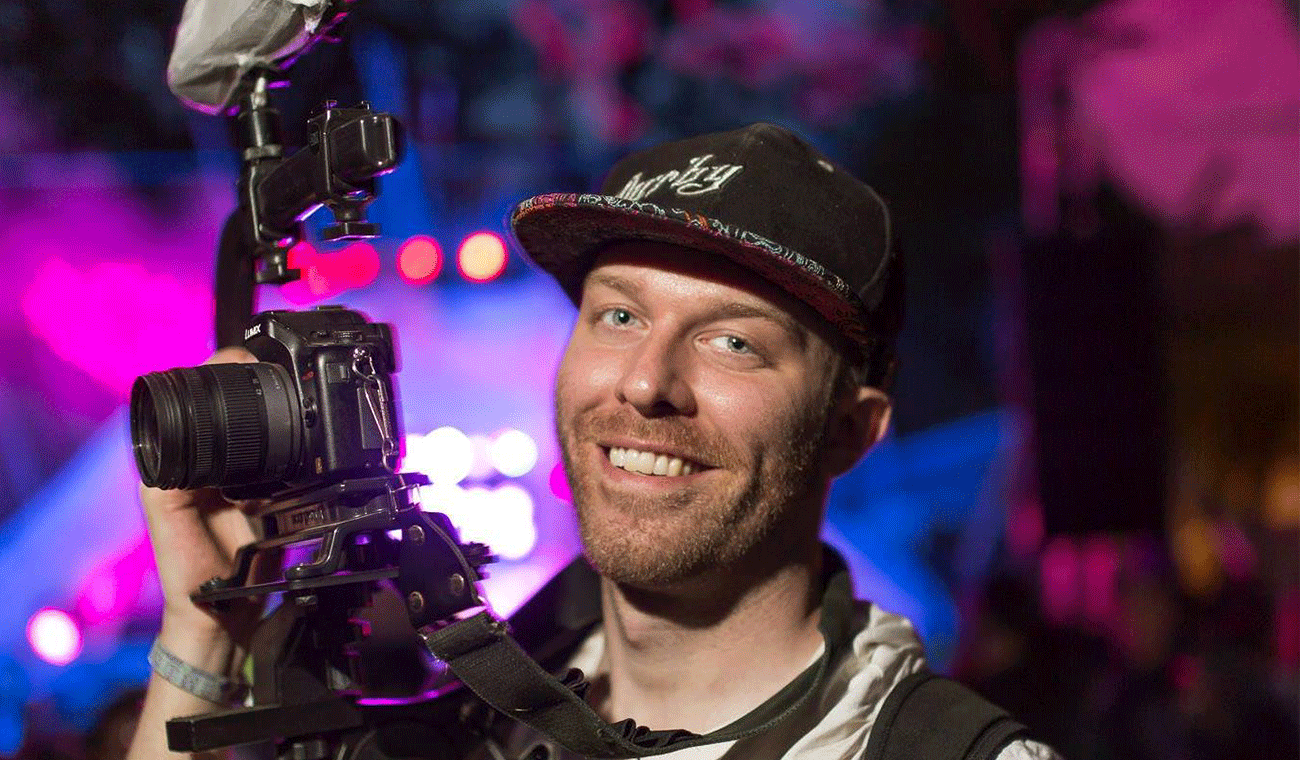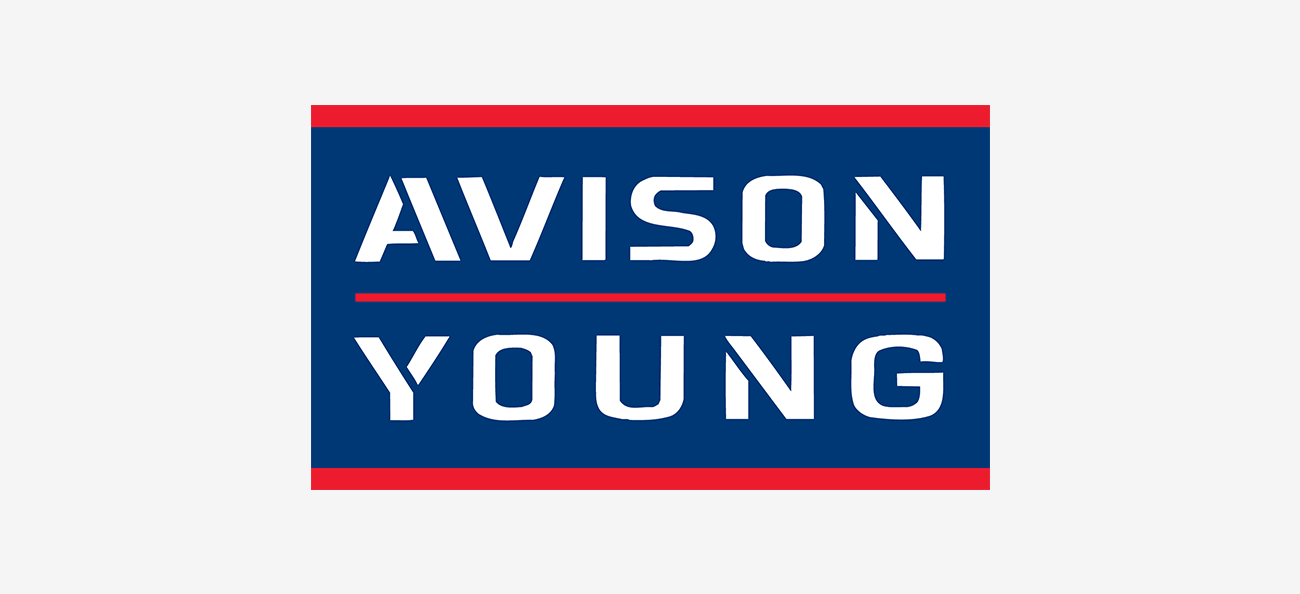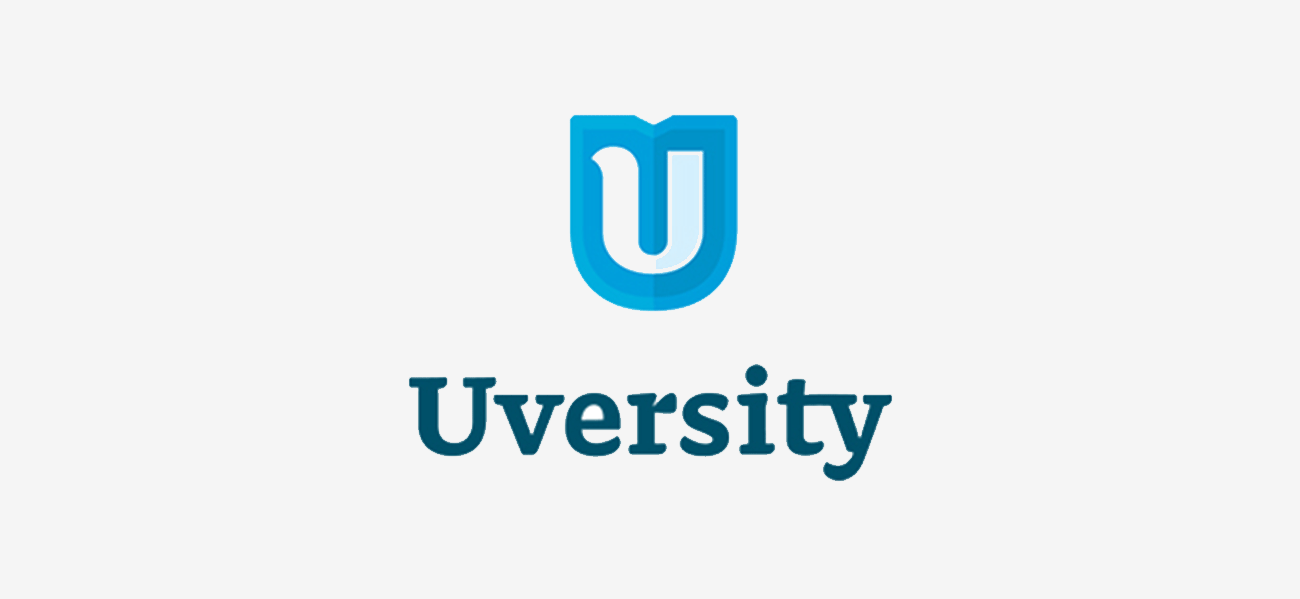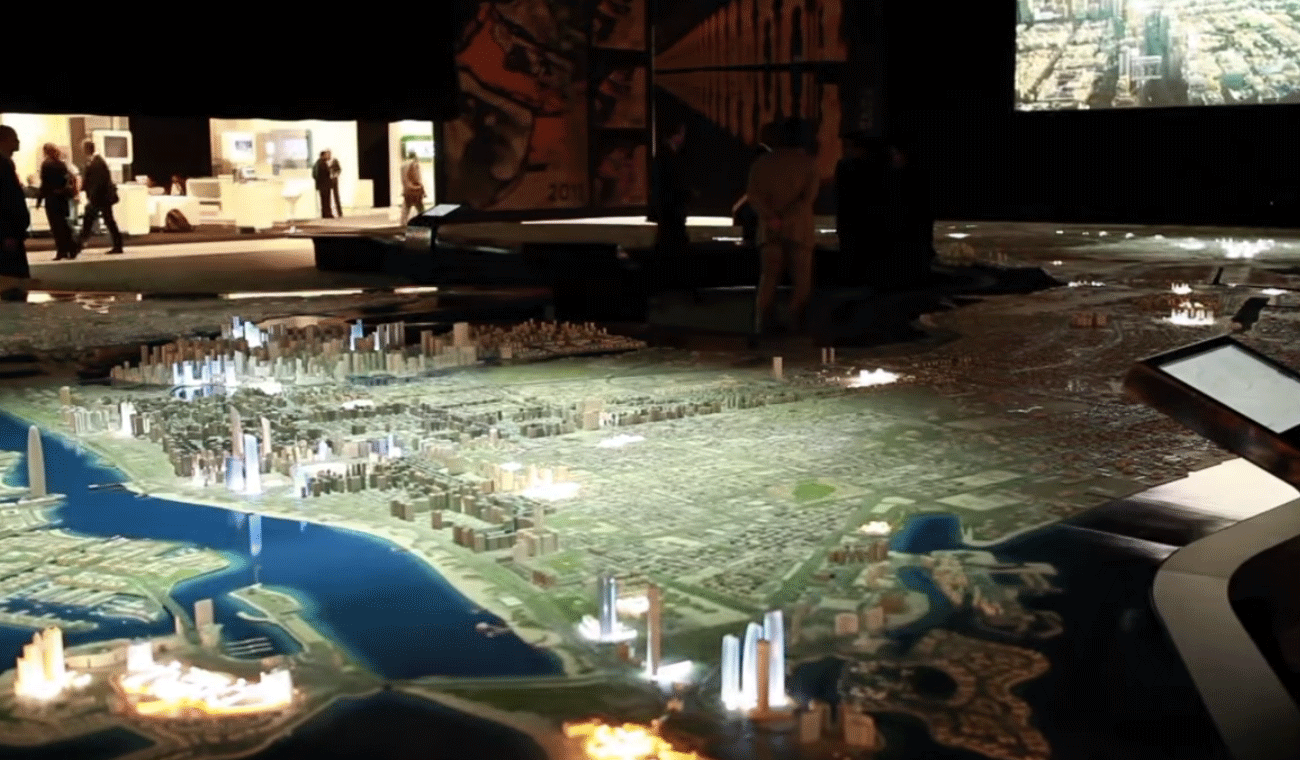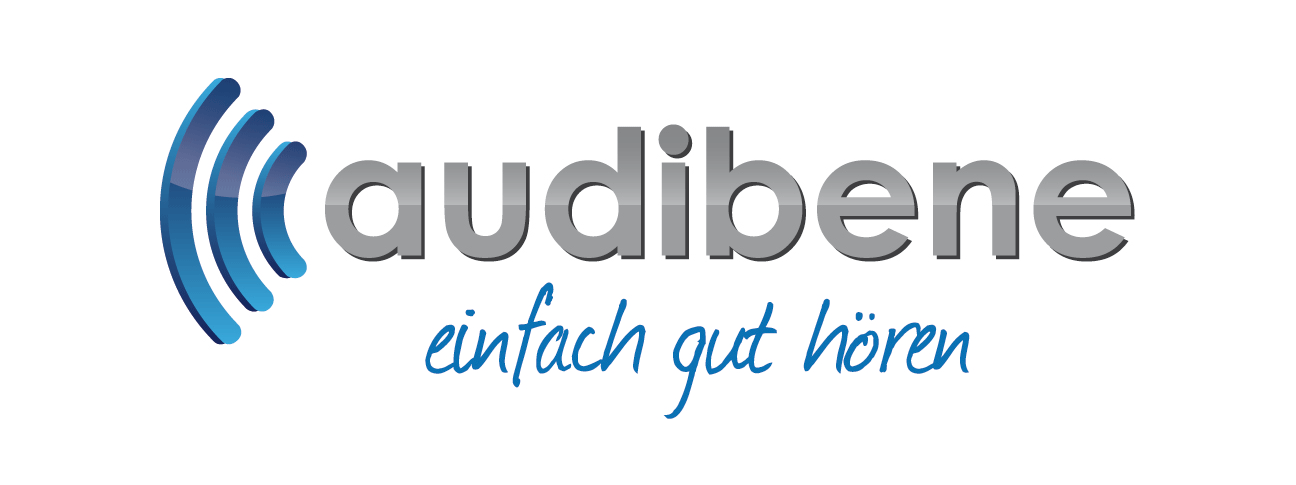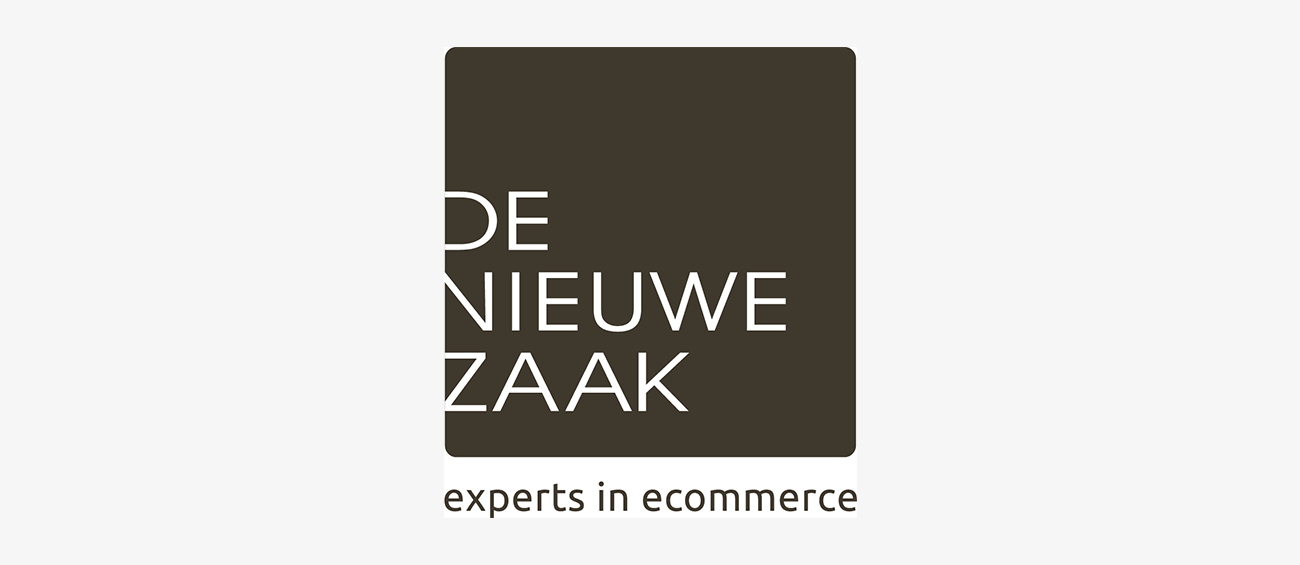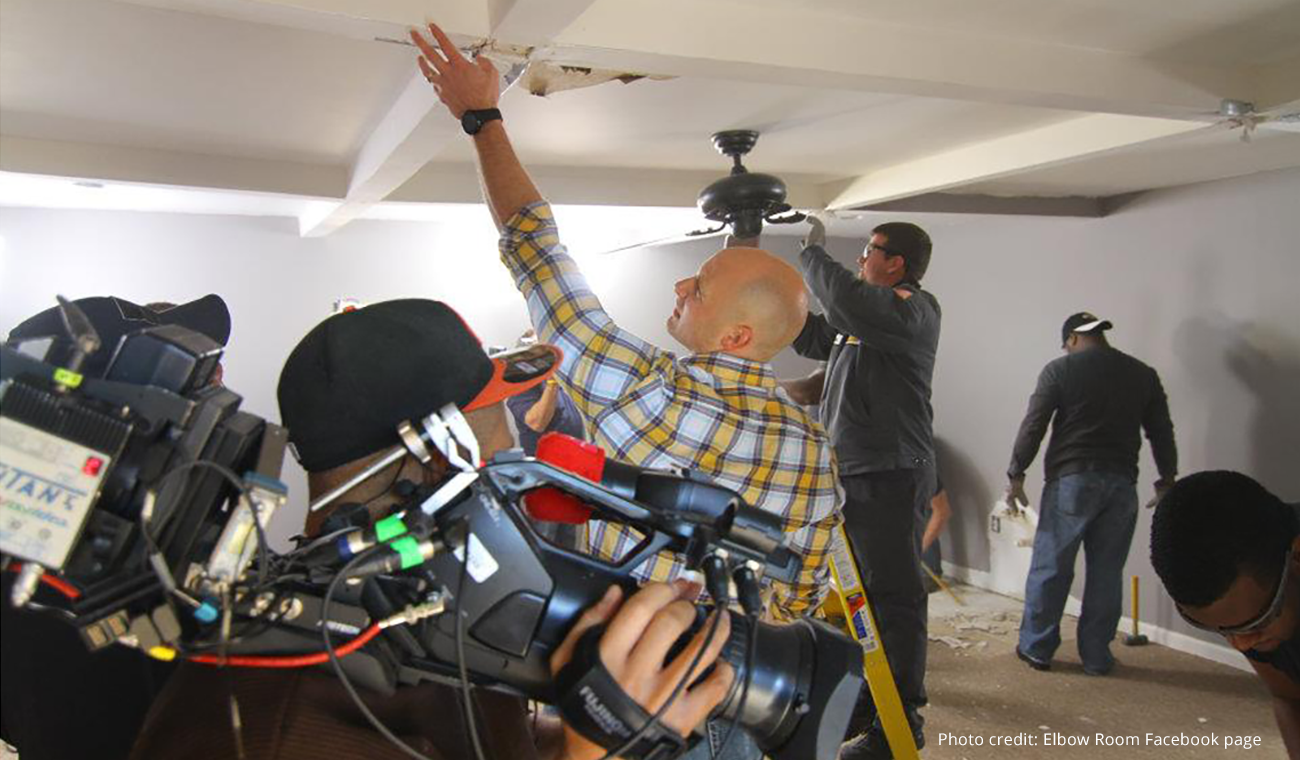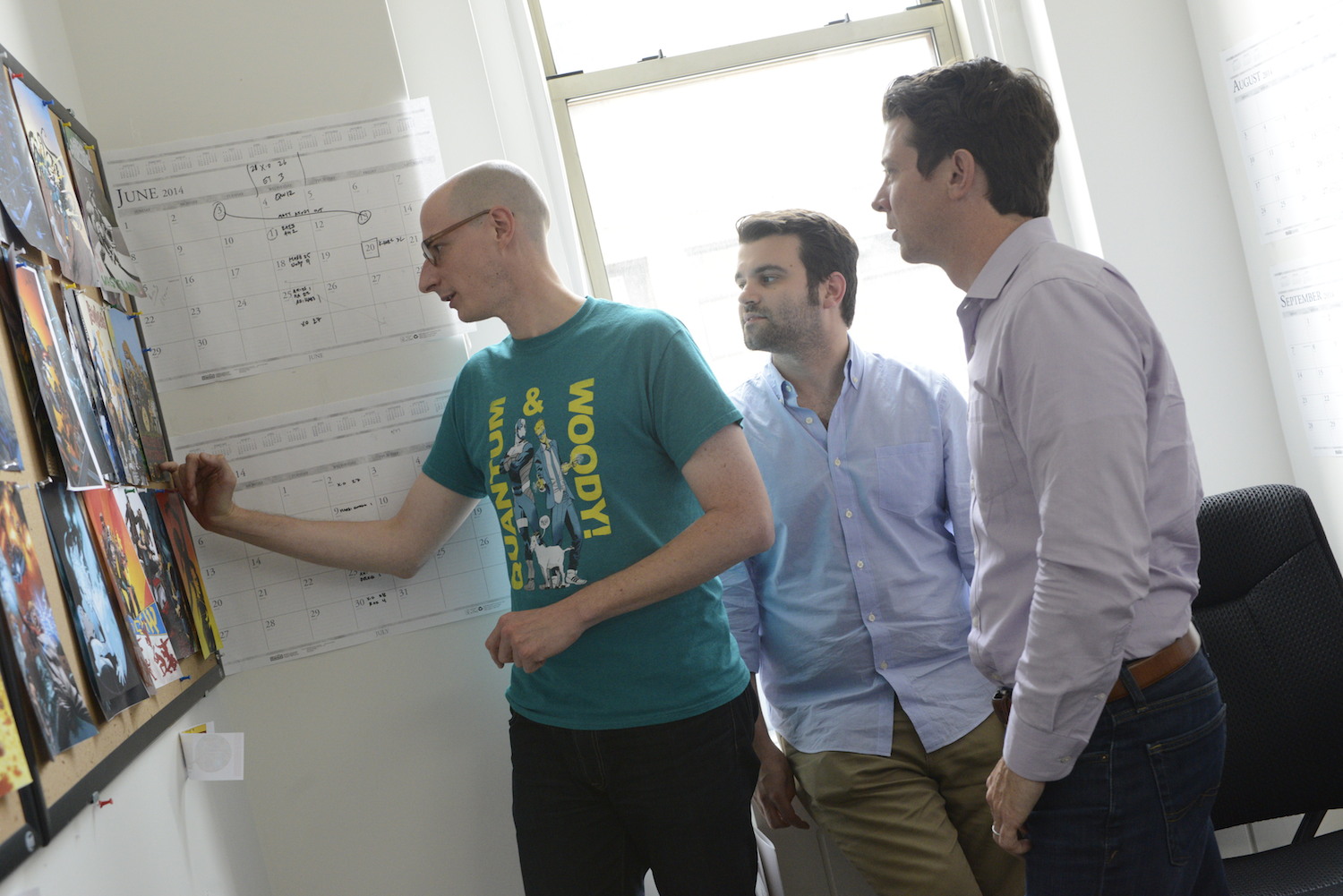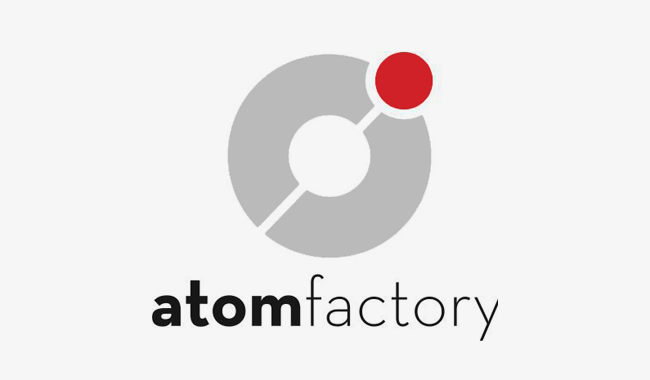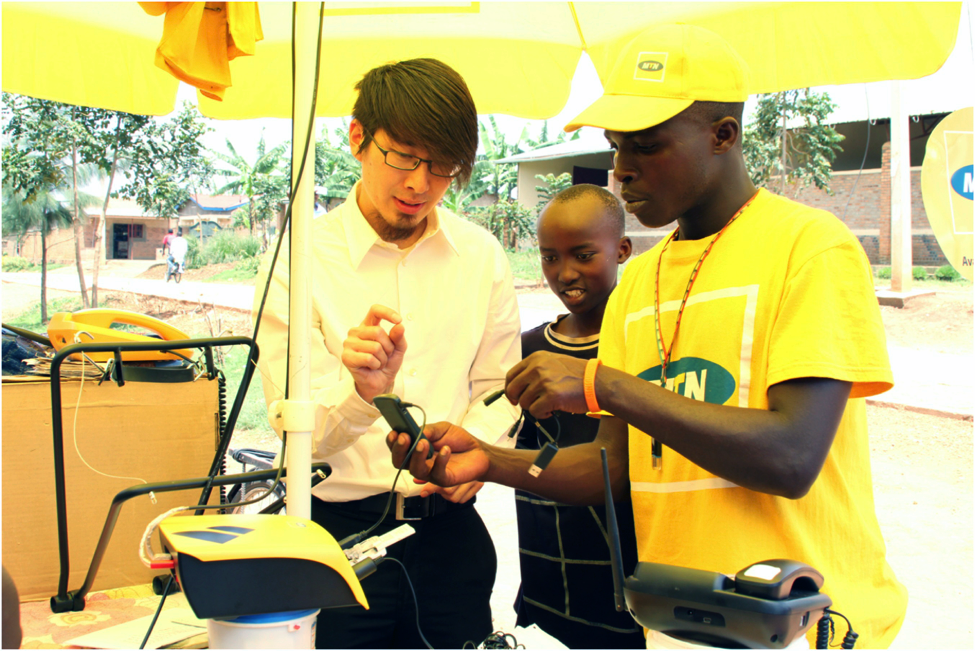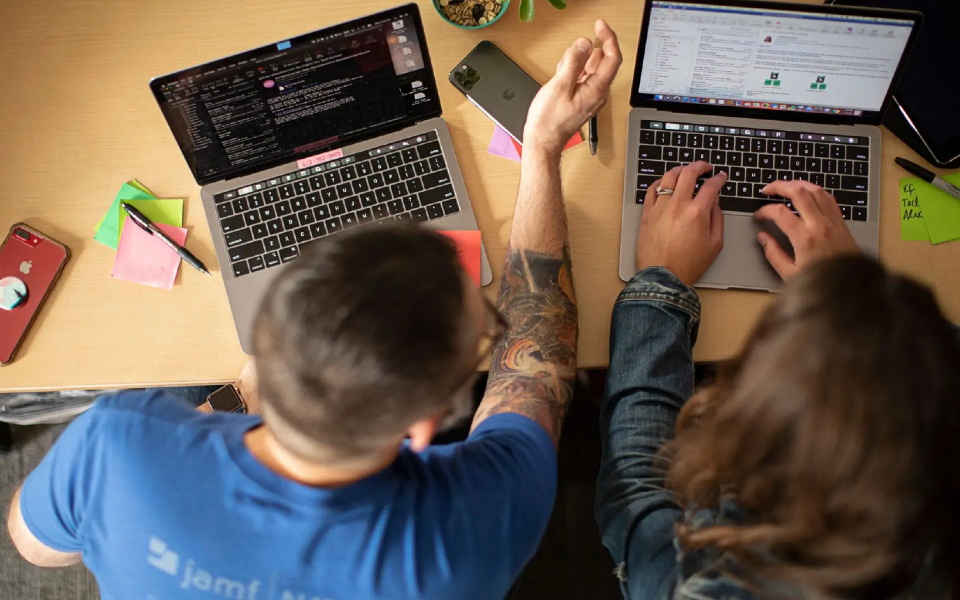
Director Chris Zalla on creating a space for creativity
Published on January 21, 2023
Did you ever have a teacher who opened your mind because they somehow made learning joyful? I was lucky enough to have two. (Shout out to Jane Smiley and Faye Whitaker!) Both had so much enthusiasm for what they were teaching, it enthralled everyone in the classroom.
In the new film Radical—premiering this week at the 2023 Sundance Film Festival—writer and director Christopher Zalla brings the true story of one such teacher to the screen. In a sixth grade class in Matamoros, Mexico, Sergio Juarez—played by Eugenio Derbez, who also appeared in Sundance breakout hit and Academy Award winner CODA—tries a radical new way to inspire his overlooked, underperforming students to rise above apathy and believe in their potential.
The film reunites longtime collaborators Zalla, Derbez, and producer Ben Odell, who worked together on Padre Nuestro (Sangre de mi Sangre), winner of the U.S. Dramatic Grand Jury Prize at the 2007 Sundance Film Festival
“Way back then, Eugenio said, ‘Someday I'm gonna find a drama, and I'm gonna call you.’” Zalla recalls. “It just took him 15 years, you know?”
As the long-percolating production finally makes its debut this week, Zalla tells us about coaxing a dramatic performance from a comedic actor, using Dropbox to streamline his casting process, and finding a way to embrace chaos and capture authenticity.
When did you first become aware of the story the film is based upon?
In 2018, Ben Odell sent me the article in WIRED magazine that the movie was based on. It was written by Joshua Davis, who's also a producer on the project. Ben and Joshua actually worked together before. Joshua wrote an earlier WIRED magazine article about a group of kids in an underserved area who entered a robot competition and won the national competition. They made a movie about that called La Vida Robot quite a few years ago. So when this magazine article came out, there was already this established connection: they optioned the magazine article, then sent it to me.
What spoke to you about this story?
In the article, there’s this phenomenal true story of what the students actually accomplished in just one year. But to me, the much more striking data was how well they all did. Then of the kids got in the top 0.1% nationally. Sergio turned this [school] around in the most radical way. That spoke to me: This guy’s doing something.
As we peeled back the onion on the real story, we discovered that Sergio had a nervous breakdown. All he wanted to do was be a teacher that affected lives—because he had that teacher—and he was failing miserably. He had to try something totally different. Which is not terribly different from me in my own career at the moment that I got that article.
But what he ended up grabbing onto was this notion of child-directed education [inspired by Sugata Mitra’s Hole in the Wall project]. There's a great line in the movie, “They'll learn to do what they want to learn to do.” That's the thesis. So he gets this [idea] and decides he's gonna do it. He wings it. That uncertainty and honest vulnerability, to me, was the electric spark that really set it all off.
The dramatic tension was: Is he going to succeed? What happens if he doesn’t? Here's the guy who’s had a nervous breakdown. Is he actually all there? Does he have a screw loose? Those were just fun things to set me off on the writing journey.
Was there a particular teacher in your life that made you want to honor the impact educators can have on their students?Both my parents were actually college professors, so I was raised in an environment that hyper-valued education. But I had a fifth grade teacher, Ms. McCarthy—I'll never forget her name—who had this ability to get on our level and relate to us not as a teacher/student dynamic, but as our buddy. [She] just made learning fun. You wanted to impress her. You wanted to live up to her expectations.
How has your filmmaking process evolved in recent years?
I feel like if I'm not learning, if i'm not exploring, if i'm not trying new things and truly experimenting, there's no reason for me to do this. There has to be something new that draws me into material.
I moved to Guatemala [because] I felt like my career was not going the direction I wanted. I just wanted to do a reset, incubate, bring the power back to myself, write all the things that I wanted to write.
This project was like a lifeline from heaven. One of the things that grabbed me about the story was what can happen when people get a chance. There are so many people in the world who never get a chance. This is a story about what happens when they do. I had a huge chance, then they gave me a second chance by calling me with this. So there was something very personal in that connection to this teacher who had the crisis and decides to reboot. For him, it’s also a second chance.
“There are so many people in the world who never get a chance. This is a story about what happens when they do.”
What’s your creative process?
Normally I am a storyboarder. I am obsessive. I plan every shot of every movie out. This time, I said, “Twenty five kids in the room, sometimes 150 out in the yard—I don't want to dictate that. I don't want to drive that. I want to follow it and see what happens. Ultimately, I want to capture the energy. I want the camera to be an 11-year-old kid. I told everybody the singular visual inspiration for this movie is Charlie Brown.
At the beginning of the movie, you'll see that. We have the adults cut off at the face. We even obscure their dialogue to make it a little less easy to hear, to intentionally frustrate the audience, to create a chaos into which Eugenio can hop in on their frame and their level, then grab their attention. But to do that, we had to actually embrace the chaos.
For example, there's a 10-minute long teaching scene. It took us three days to shoot. I just let the camera operators rip. We had three cameras set up. It was to allow the chaos but also—I learned this from seeing interviews with Robert Altman—when you have three cameras shooting all the same time and they're roving, nobody knows if they're on or not. So the entire room constantly has to be real. They have to be there. The kids started ad-libbing and guessing answers because they were actually interested in what they were learning. That's the the biggest thing I did, technologically, that was completely new to me—thrilling and dangerous.
Did that atmosphere lead to some improvised lines?
Oh, all the time. First thing to know is, I speak fluent Spanish, but I am a gringo. Even though I write the script, then translate it, I give it completely to the actors. I let them say it as they would say it. That's the beginning of a trust process where they might even feel intimidated by the amount of trust I give them. But it gives everybody ownership. It opens up the space when something occurs to them in the moment that isn't scripted. “You're the author: Say it.” I’m working with a national treasure, Eugenio Derbez. His instincts for comedy are so good. He did so many things that weren't scripted that made the movie better.
Filmmaking technology has changed so much in the past 15 years. Which tools make your job easier now?
Dropbox was our production hub. It was the way we communicated and updated [our database].
The big thing was [audition videos]. We auditioned 400 or 500 children, at least. The crazy thing was finding Paloma and Lupe [two of the film’s young student characters]. The girl who plays Lupe in the movie was amazing. But she was 11 and it was clear that no one else we were auditioning could hold a candle to her. All the other kids I was casting were more like 12 or 13. There was this [problem]: We can't find Paloma.
The casting directors had this huge file and it was like their “also ran” file. At three o'clock in the morning, I couldn't sleep up. I can't sleep before I make a movie. I'm just going through the general file, and it's like, “Holy sh*t!” I woke up my wife [and said] “You've got to see this. It's [Paloma]!”
In the old days, I'd have to be in a room, and have people come in again and again. [Casting on video] was just a huge streamliner for me. For the selection process, to be able to jump from play to stop, play to stop, I’m at least eight times more productive [than casting in person]. The fact that it was just there, so that at 3 o'clock in the morning, I could browse through it and discover the lead actress in our movie—it was instrumental.
What advice would you give creators who are having trouble getting into a creative flow?
I think the most important thing is that you have to have the discipline to create a space for yourself. For me, that discipline comes with routine. Find your routine. The number one rule is keep your ass in the chair for whatever that set amount of time is. You don't actually have to produce anything, but you have to keep your ass in the chair.
There's a magical thing that happens when you create the space. Things come. Things start to flow. I have a very specific methodology myself. It's one of the benefits of being here in Guatemala. I hike up a mountain. I jump into an ice cold pool. I meditate. Then I write outside. I do all this starting [around] 5 am. At 11 o'clock, my day is done. Whether I wrote anything or not, whether it was good or not. My only job was to keep my butt in the chair. It turns out that it works really well.
“There's a magical thing that happens when you create the space. Things come. Things start to flow.”
The thing that you have is your voice. The thing that makes you different is your perspective. So that's all the more reason to create a space where you are shutting out the world and just figuring out what comes up out of you, figuring out how to connect to that.
What do you do when you find yourself creatively stuck?
This movie was five years in the making. Nothing about it was overnight. It was a lot of incremental progression. It's really easy to start a project and think you need to be there. That's death. You can't get there. You just have to get here. It's just one foot in front of the other.
Radical premiered Thursday, January 19 at The 2023 Sundance Film Festival. This interview has been lightly edited and condensed.

.png/_jcr_content/renditions/hero_square%20(2).webp)

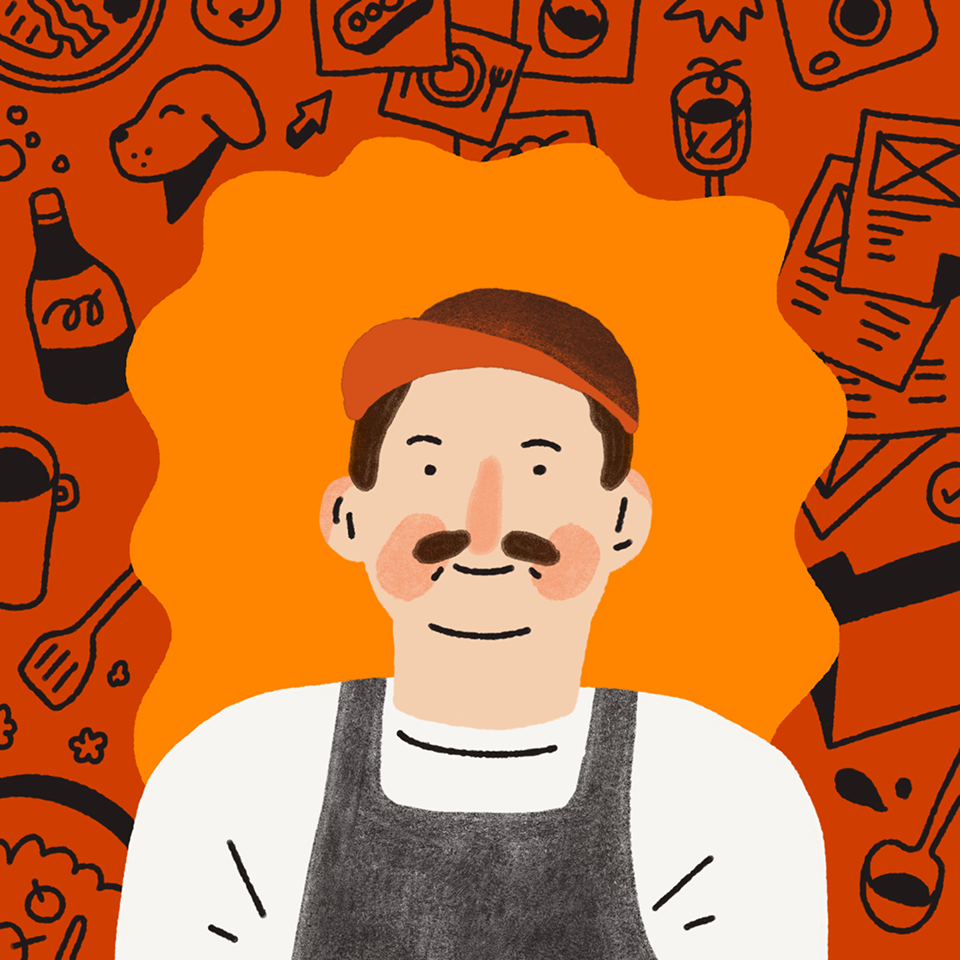





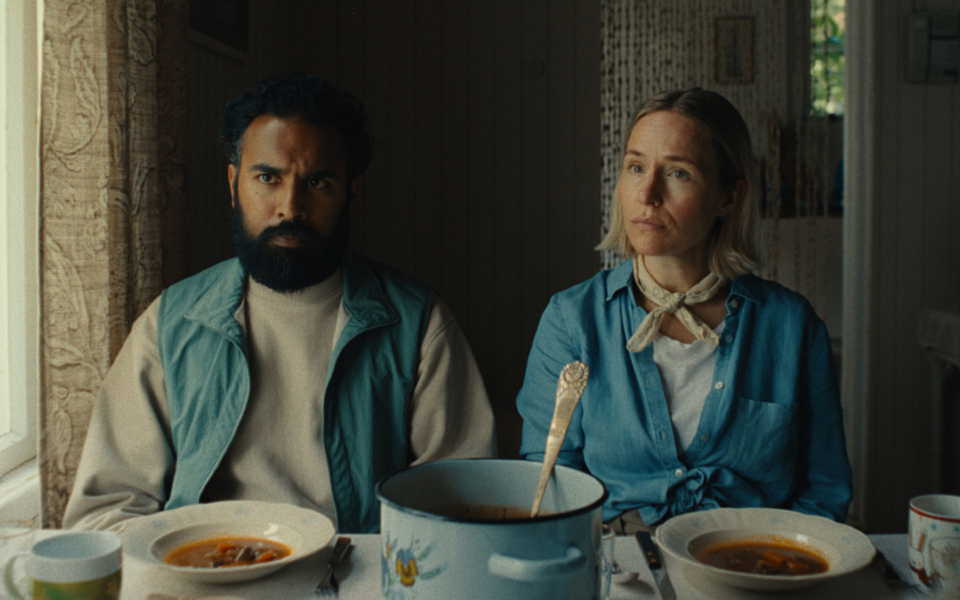
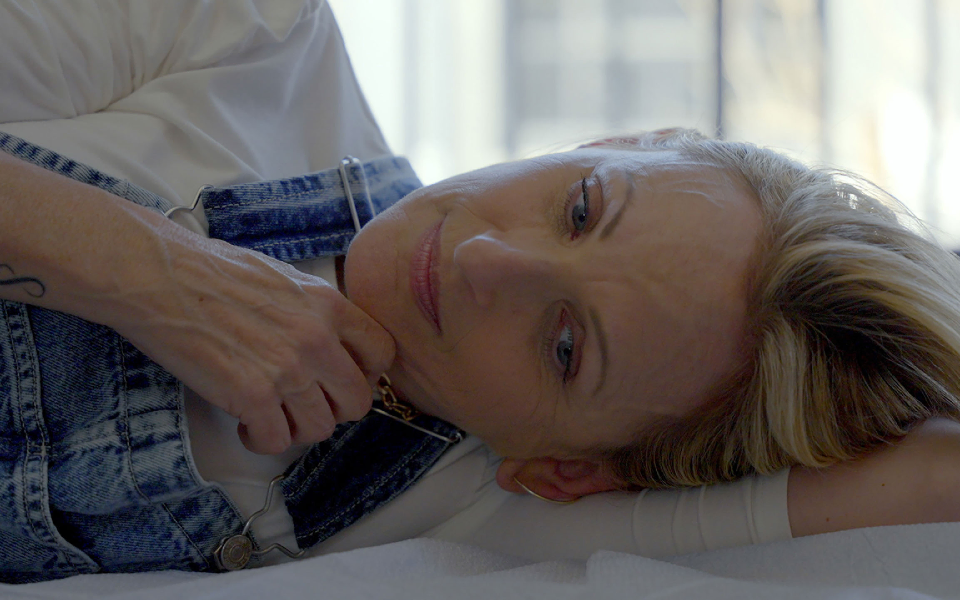




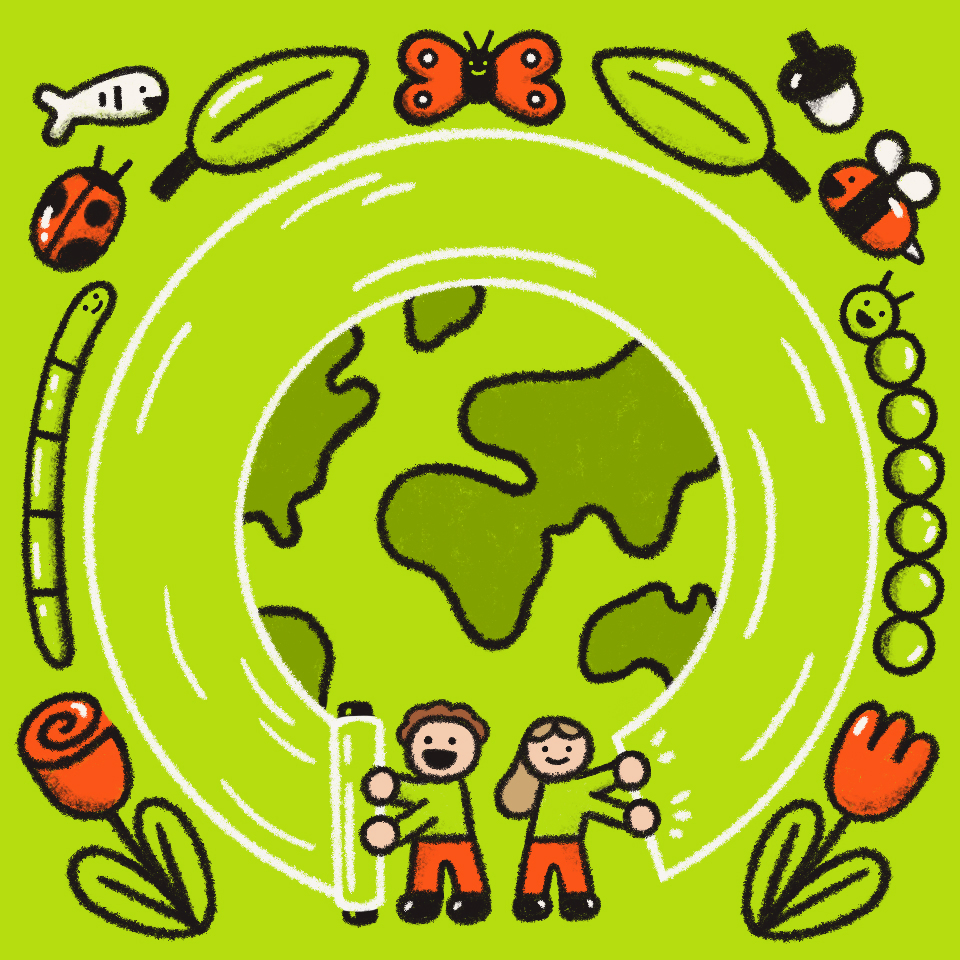
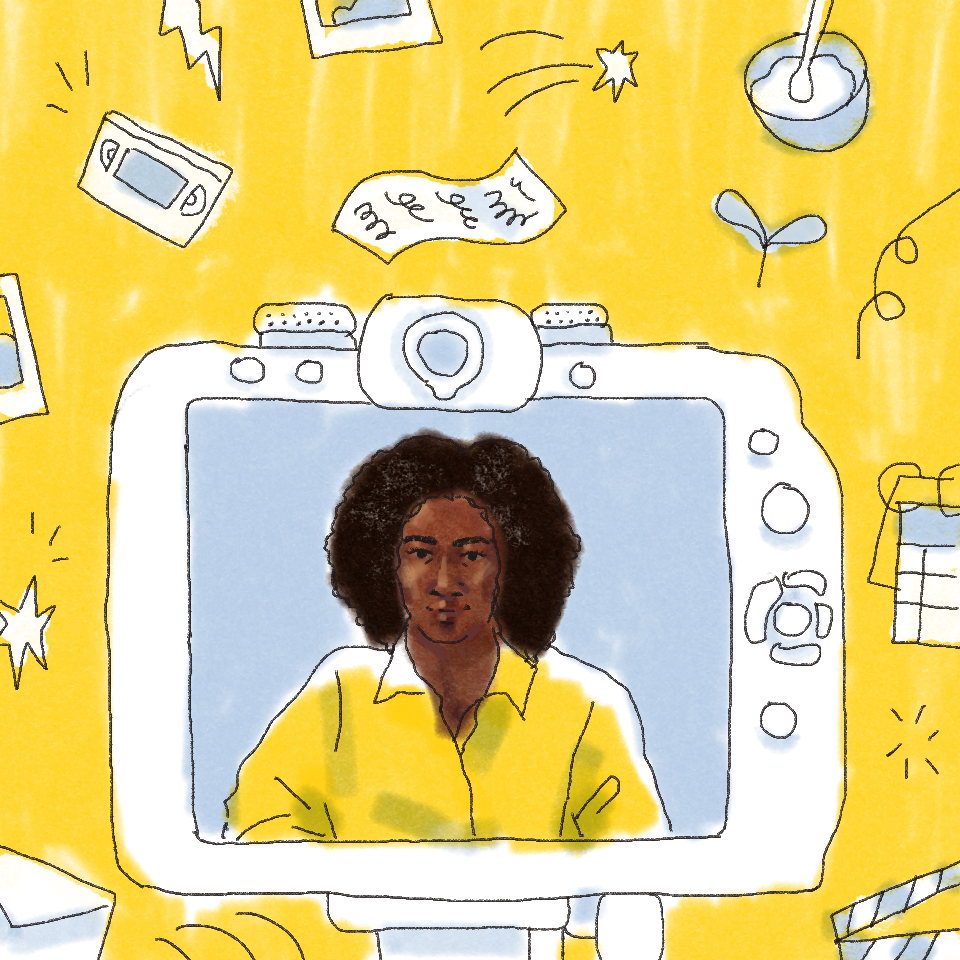
.jpg/_jcr_content/renditions/1200x628%20(5).webp)



